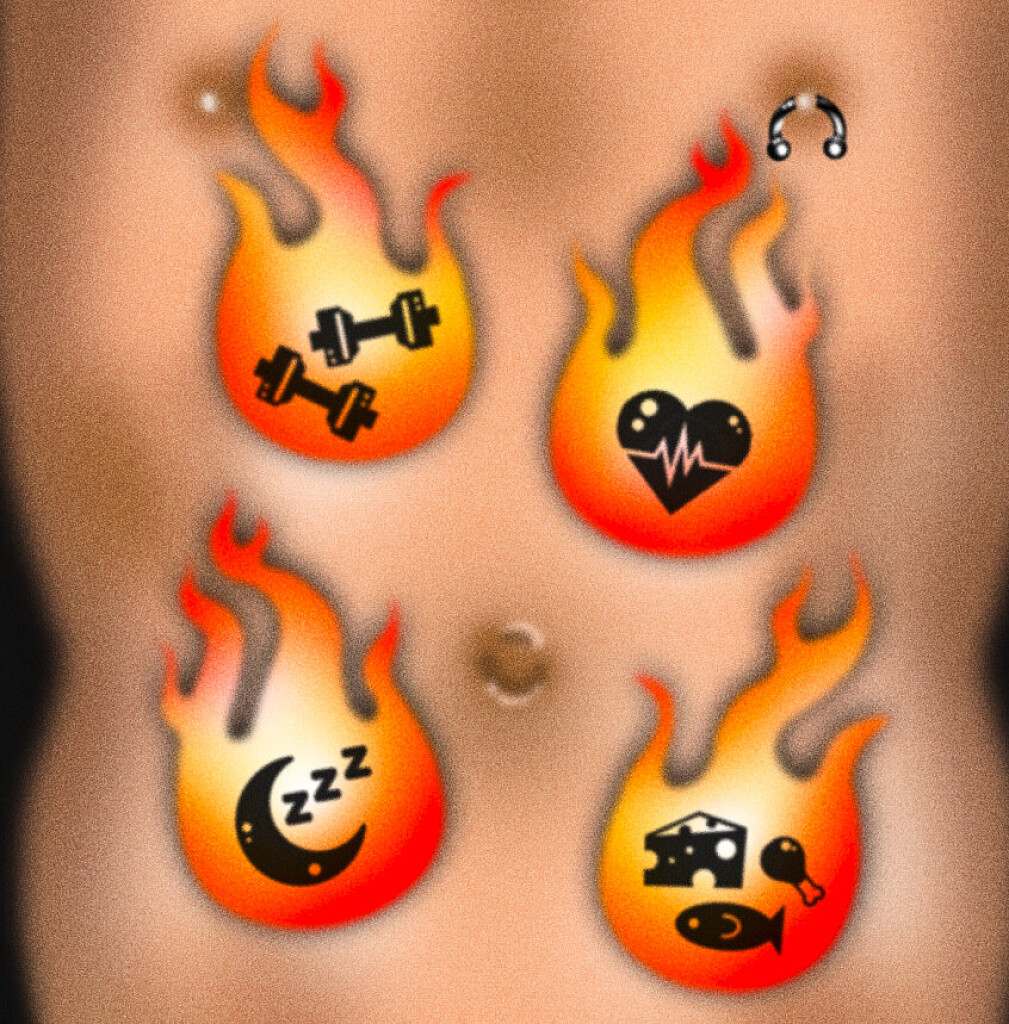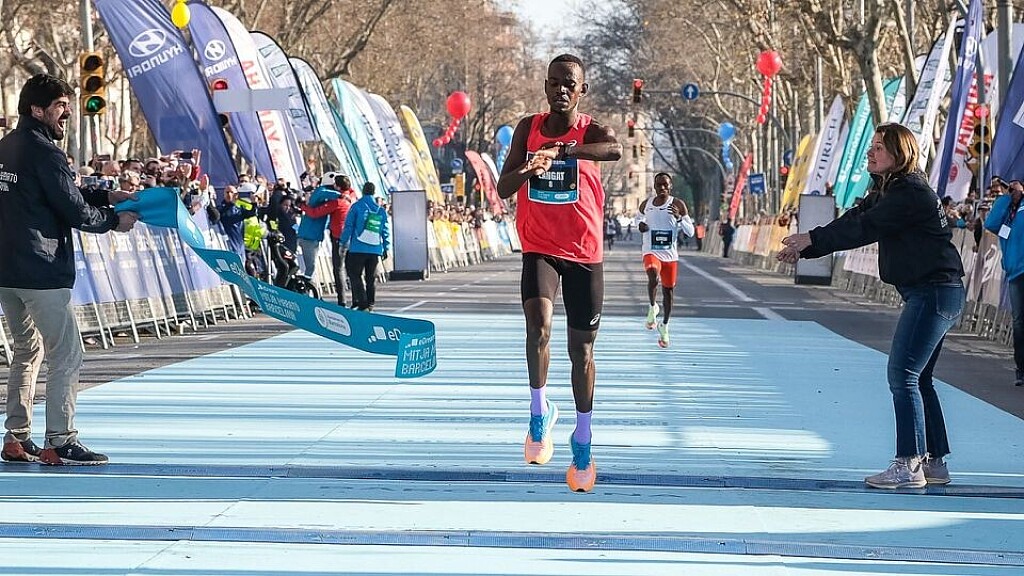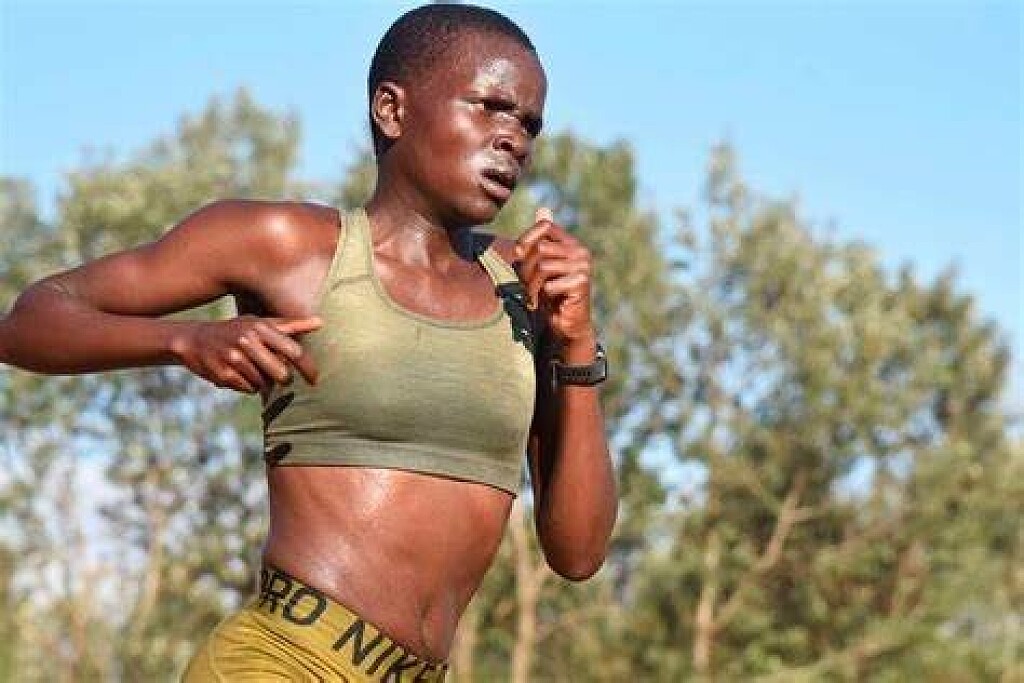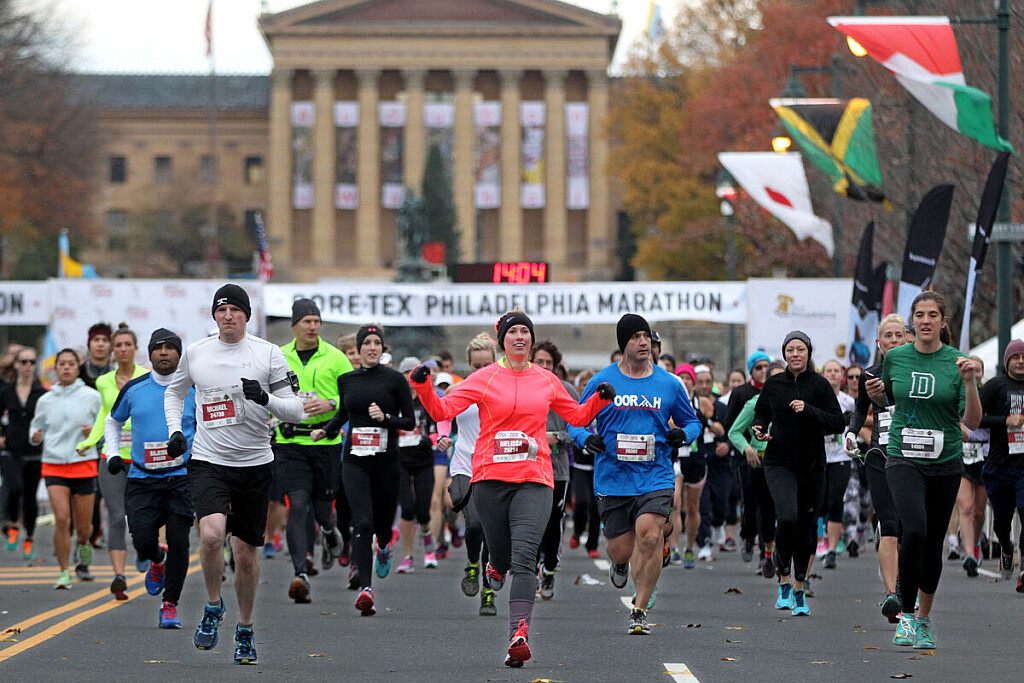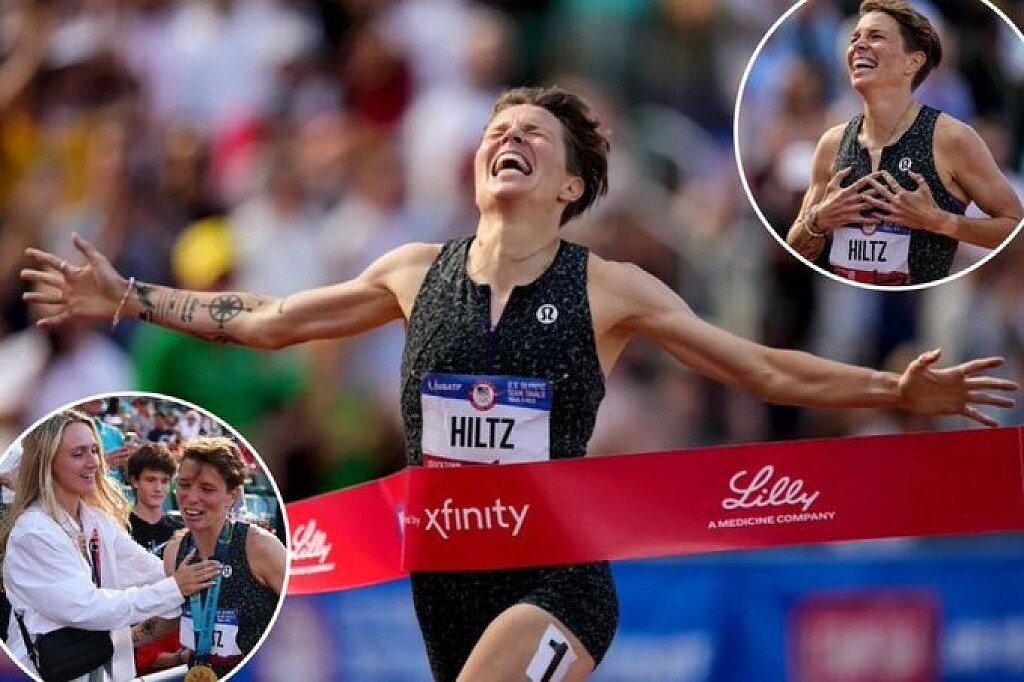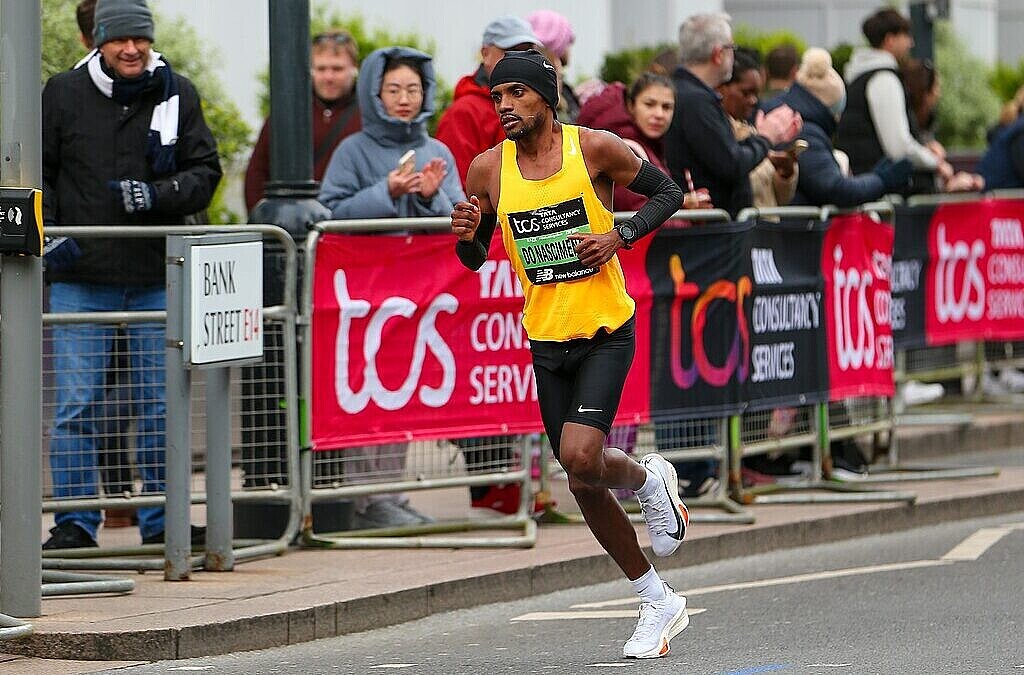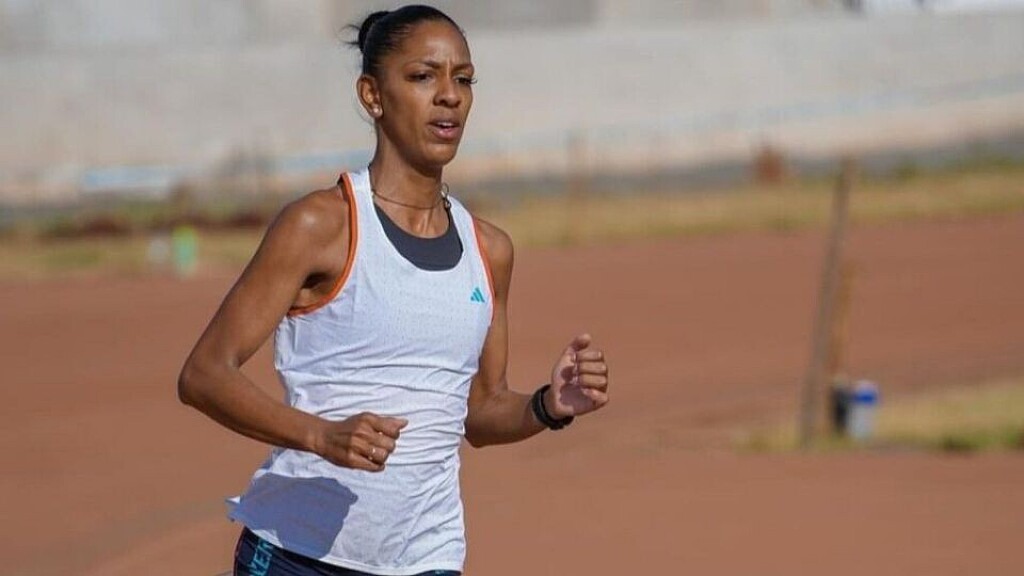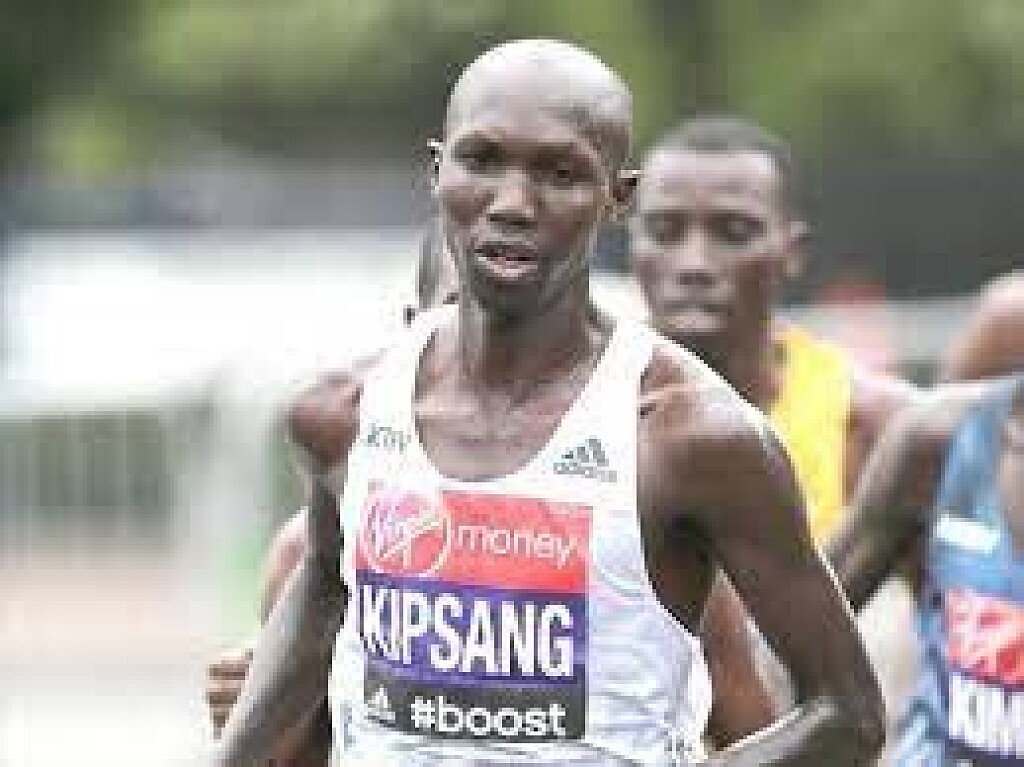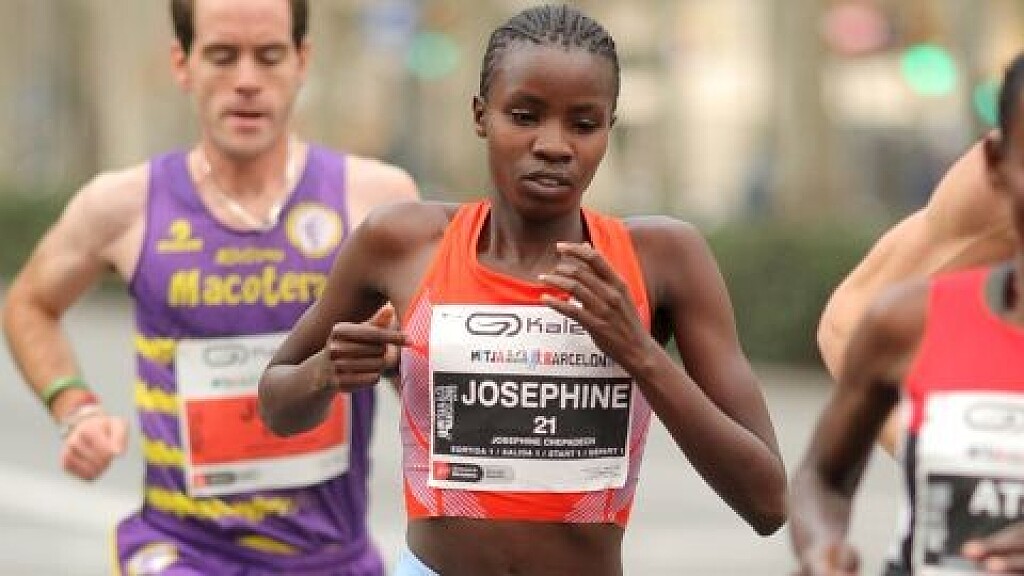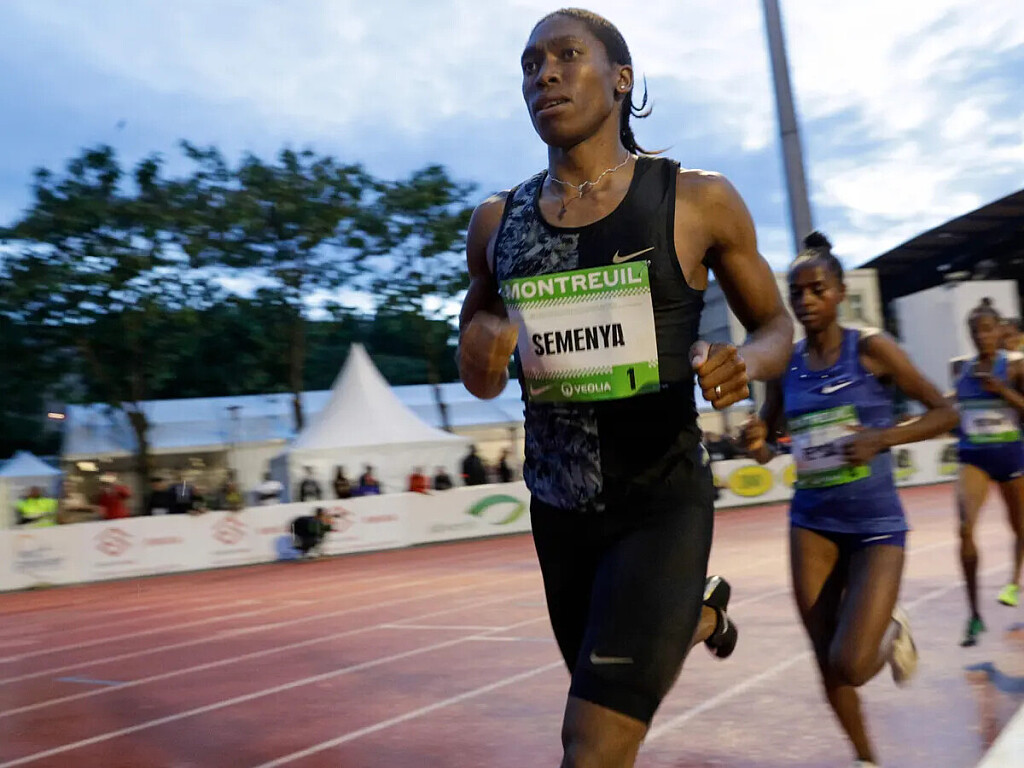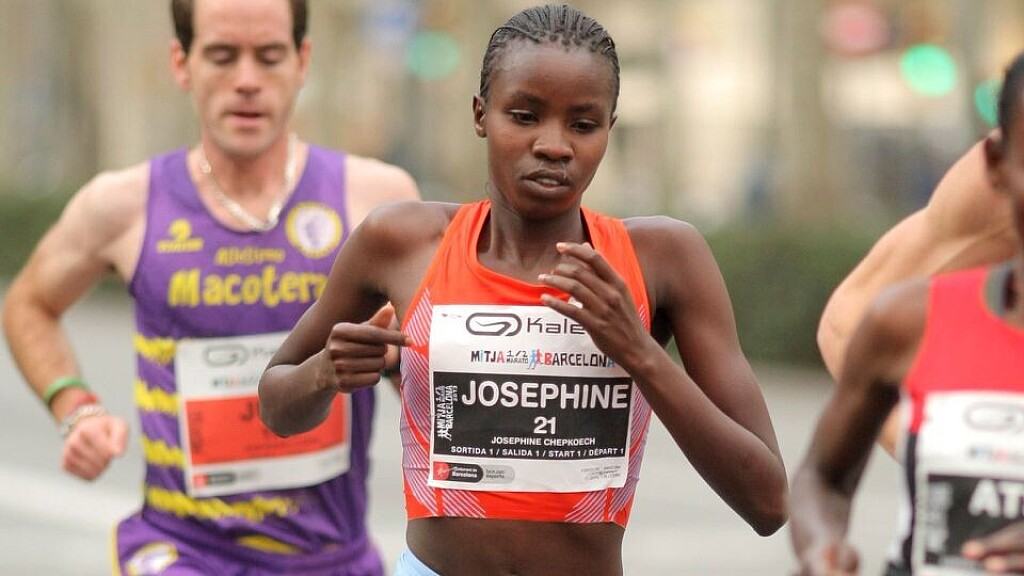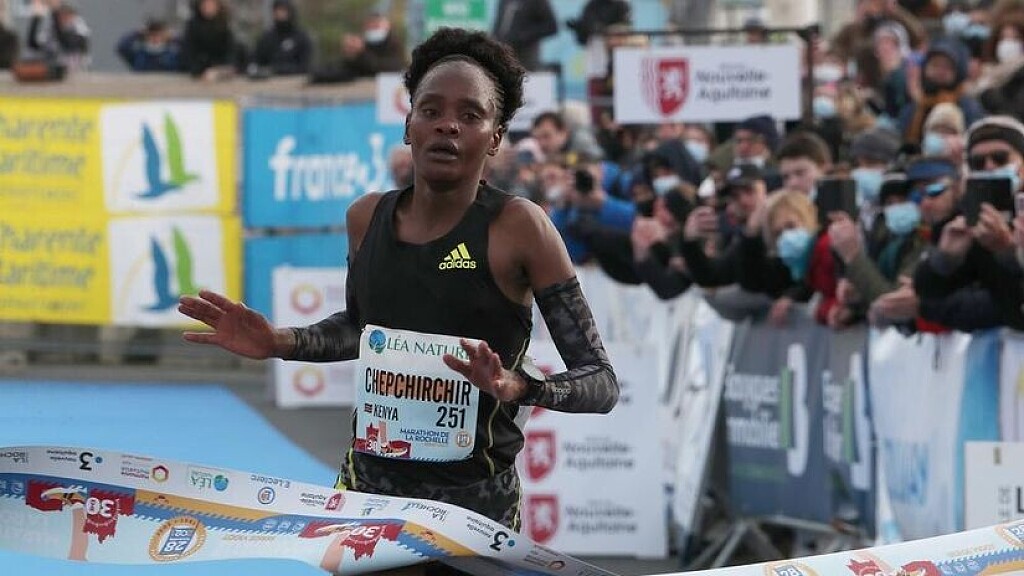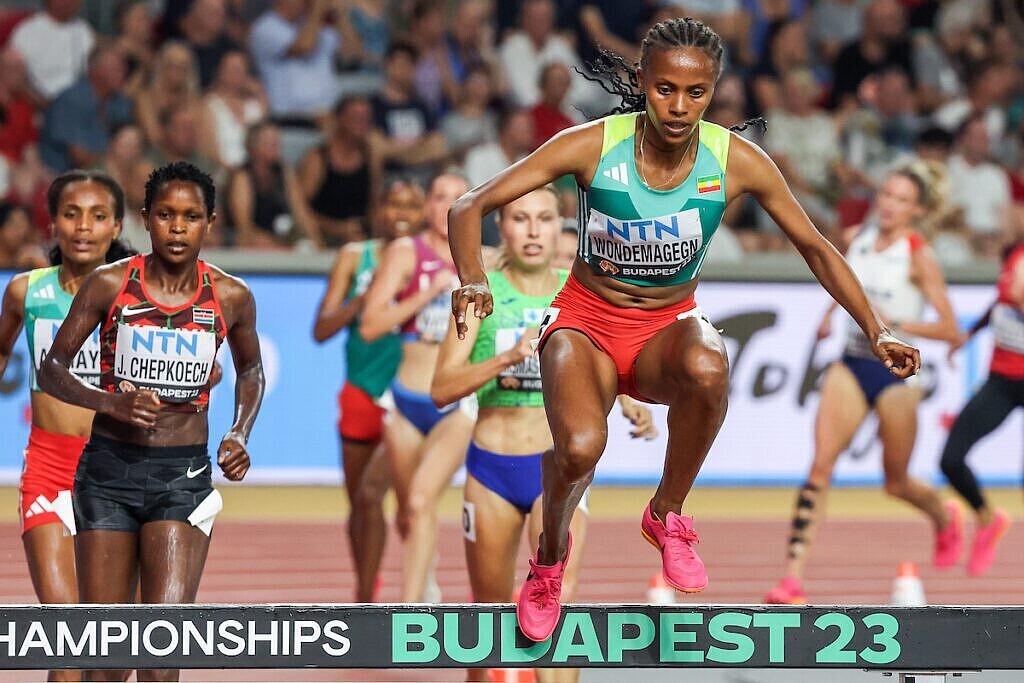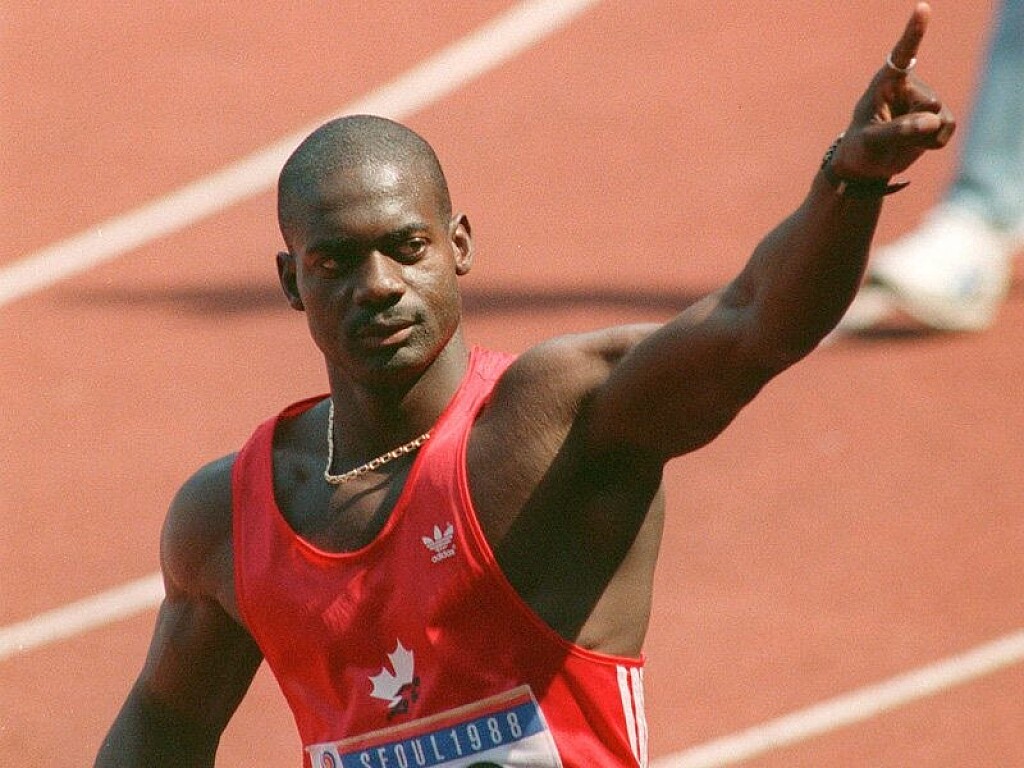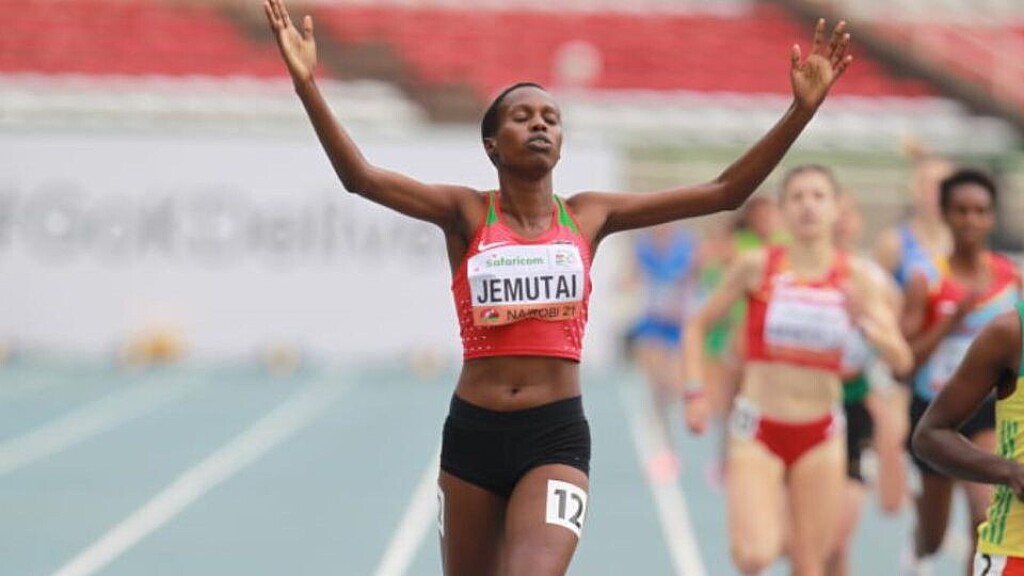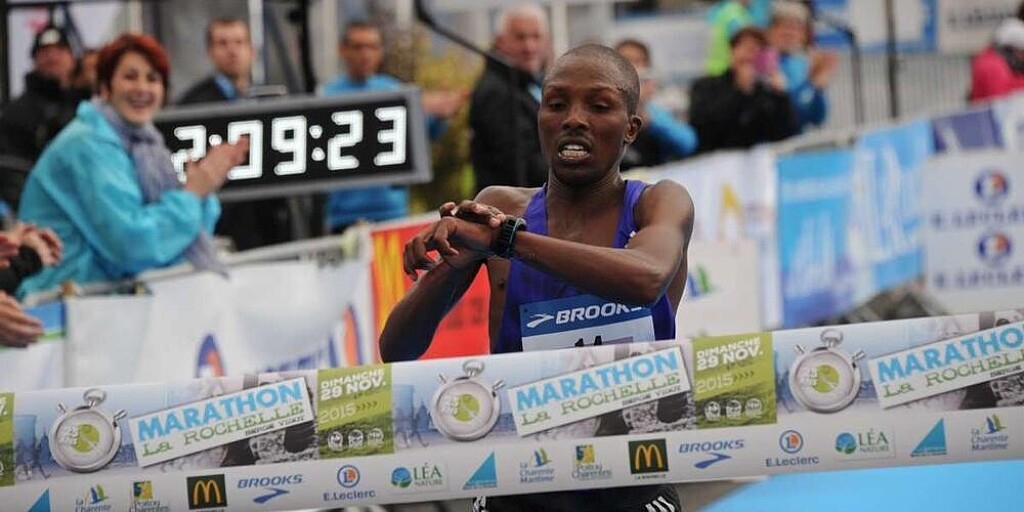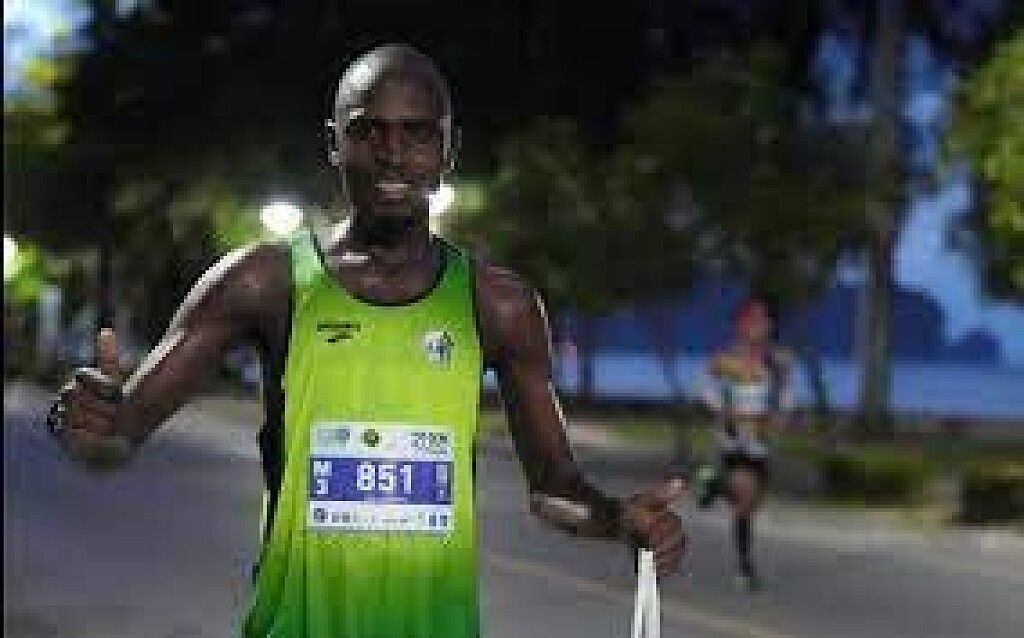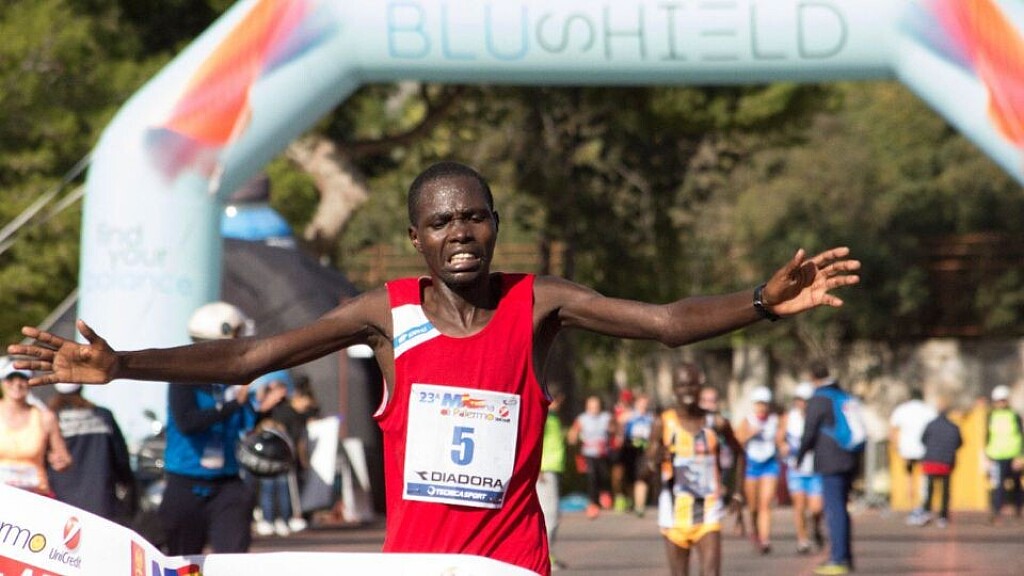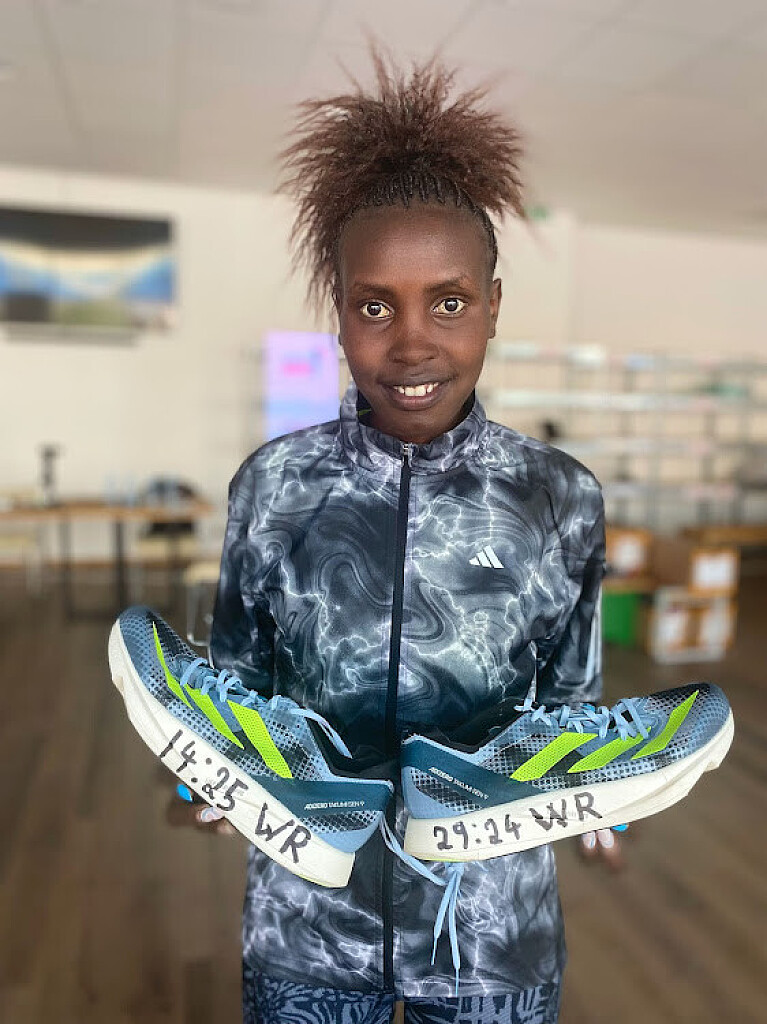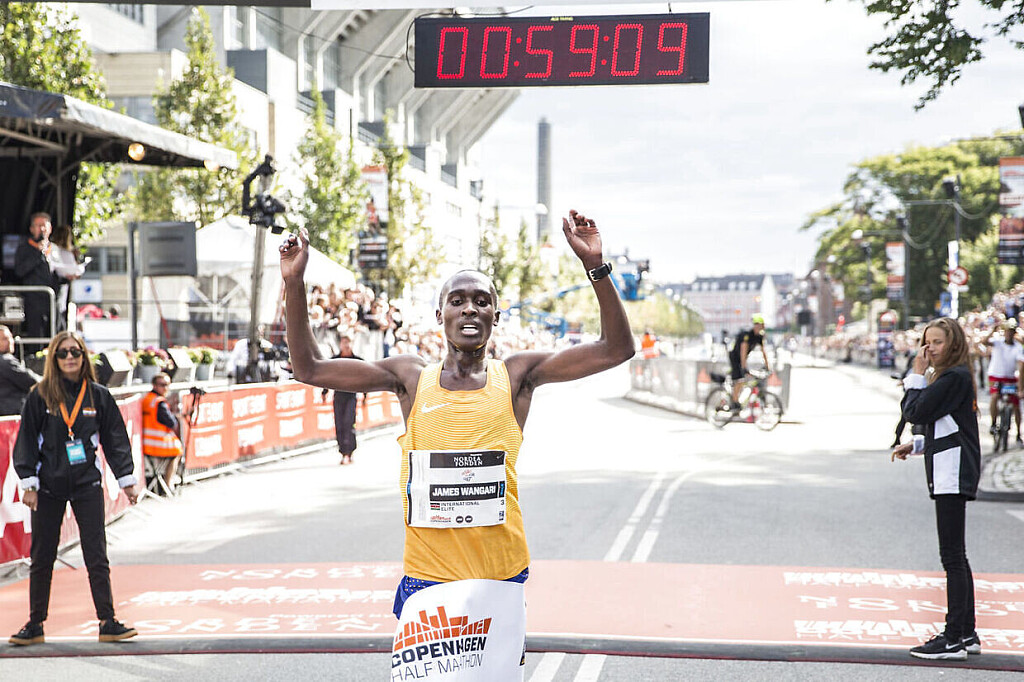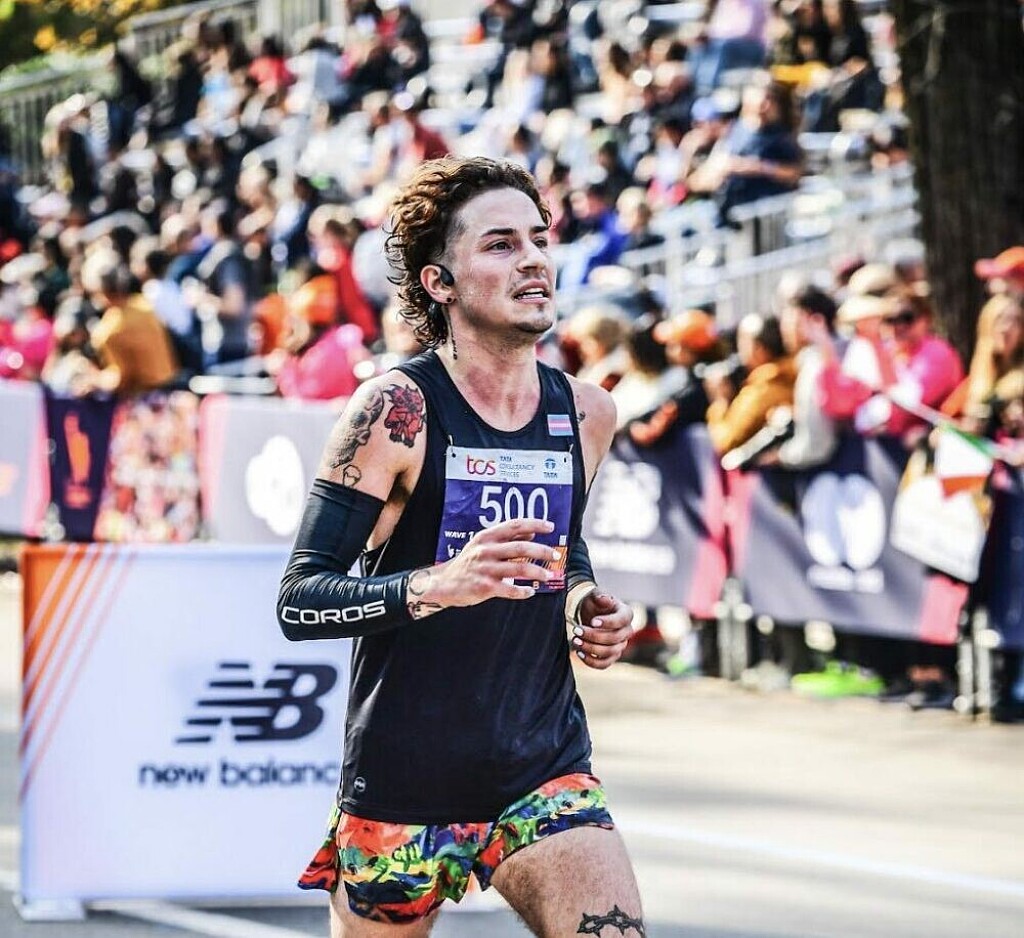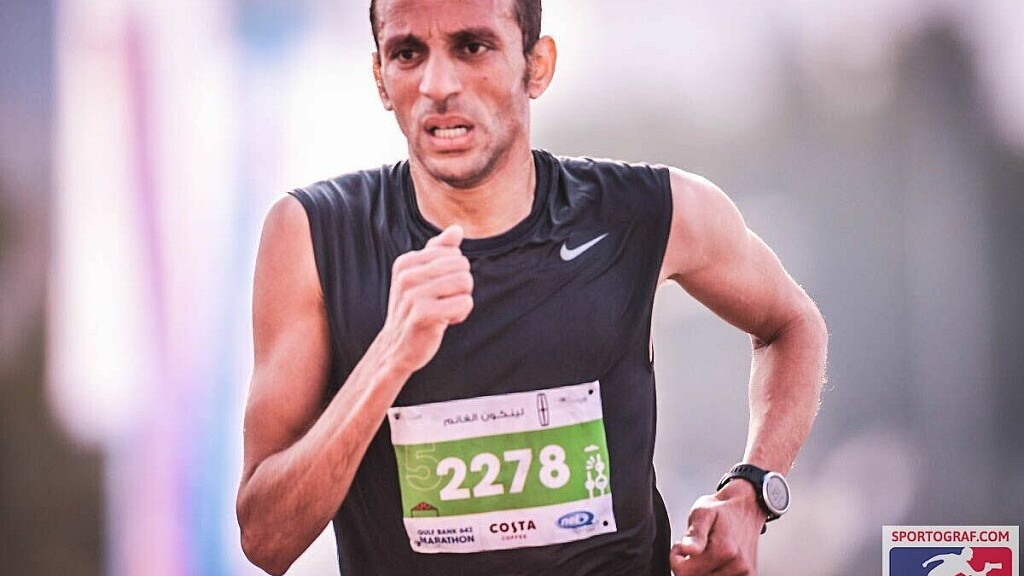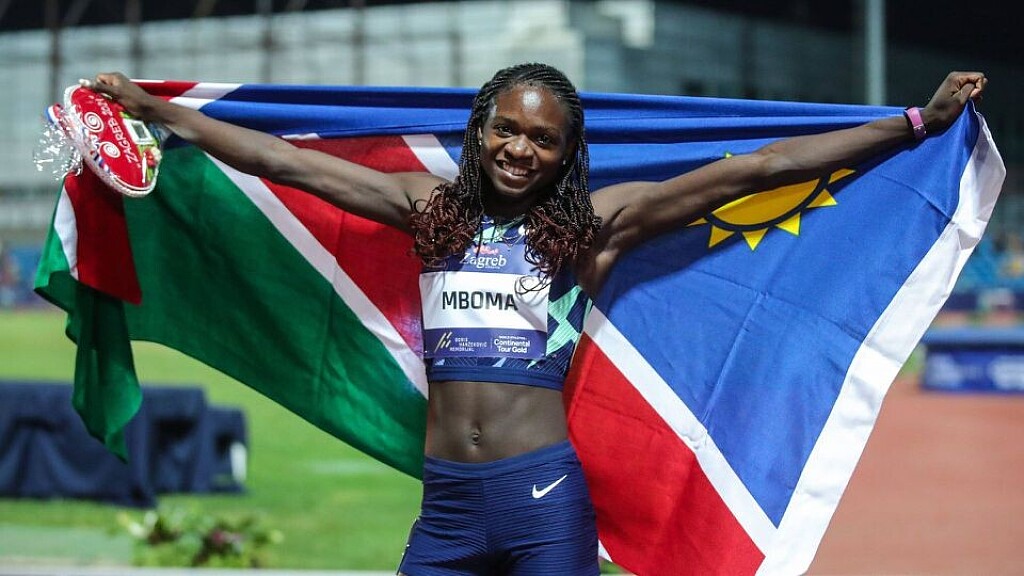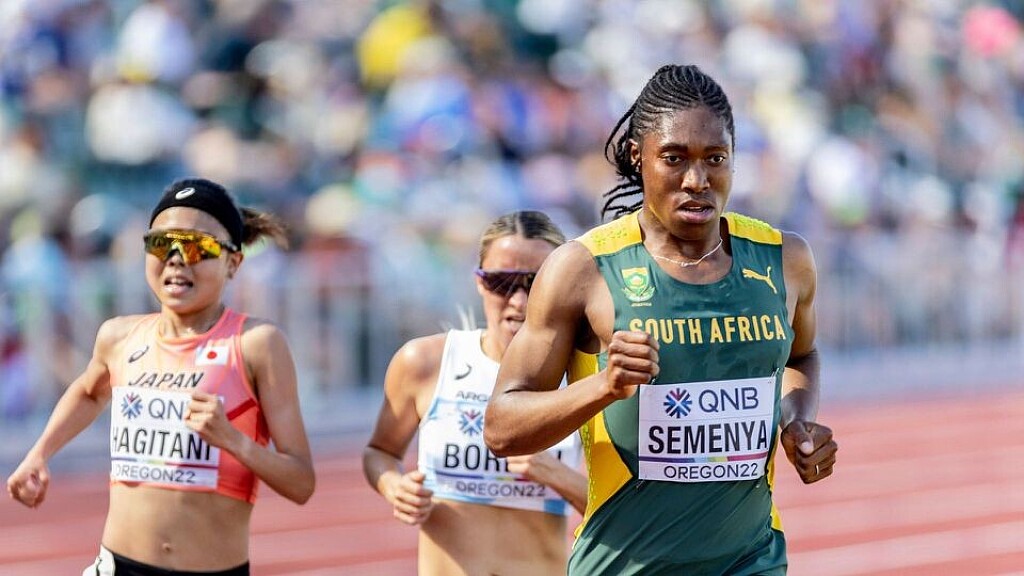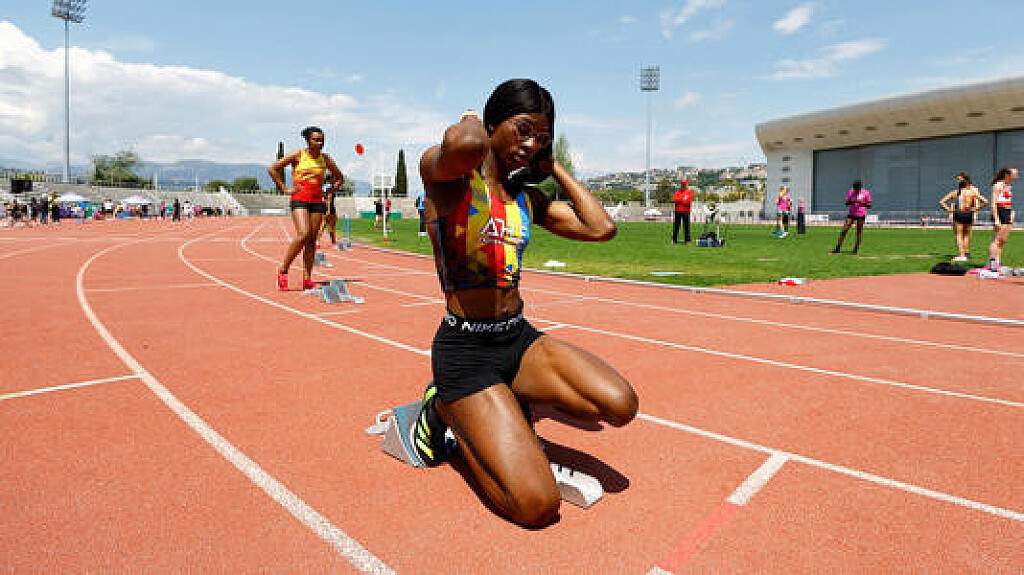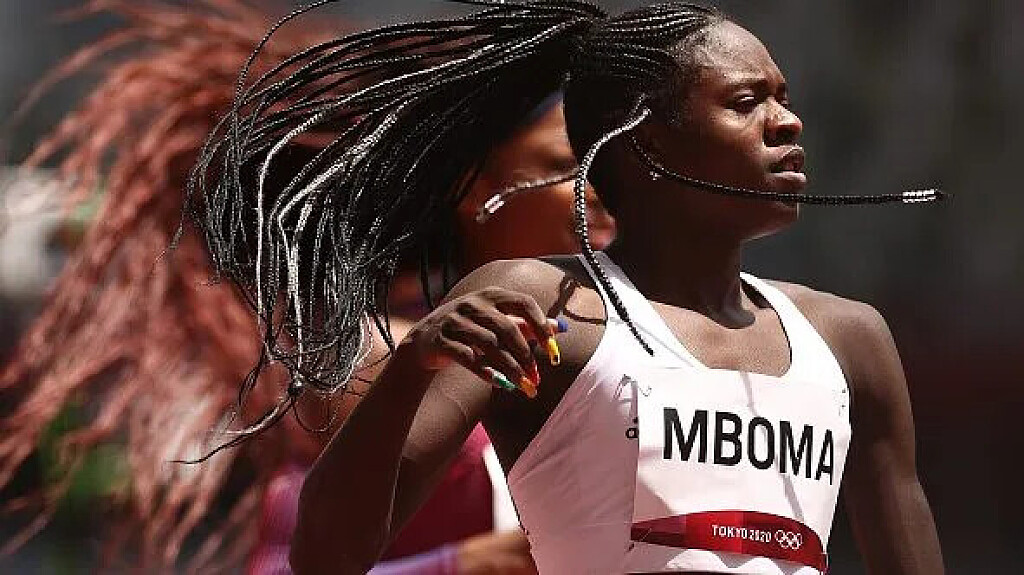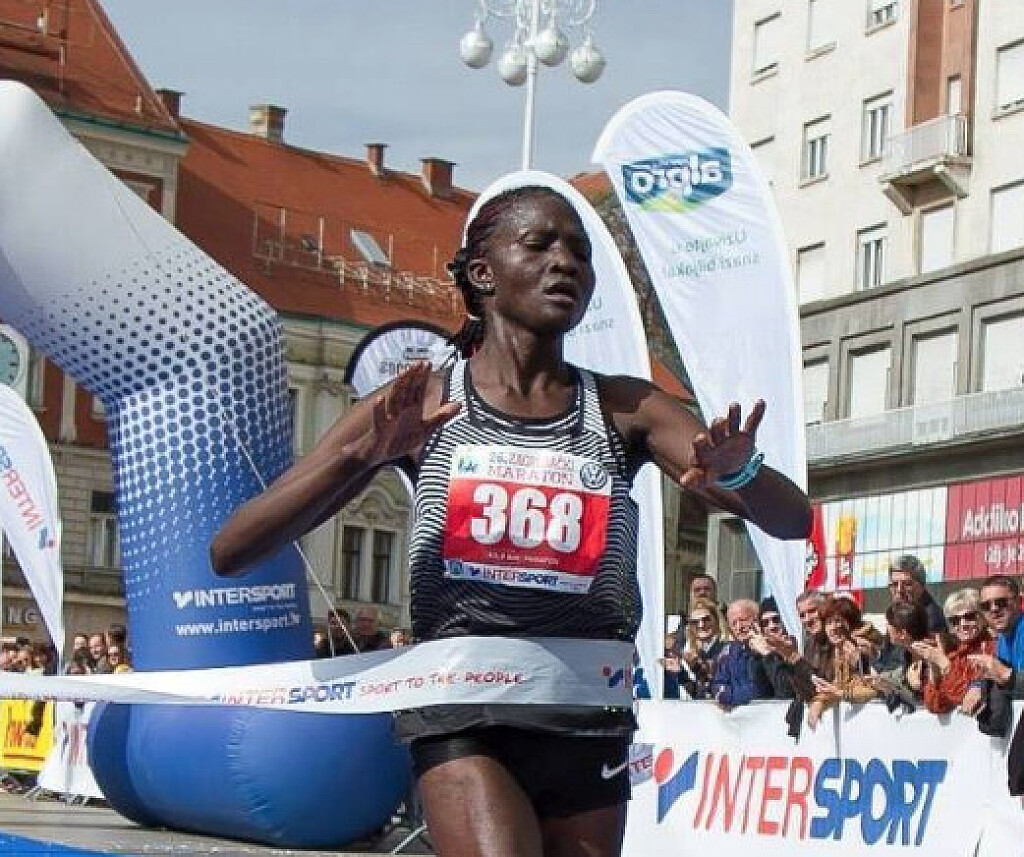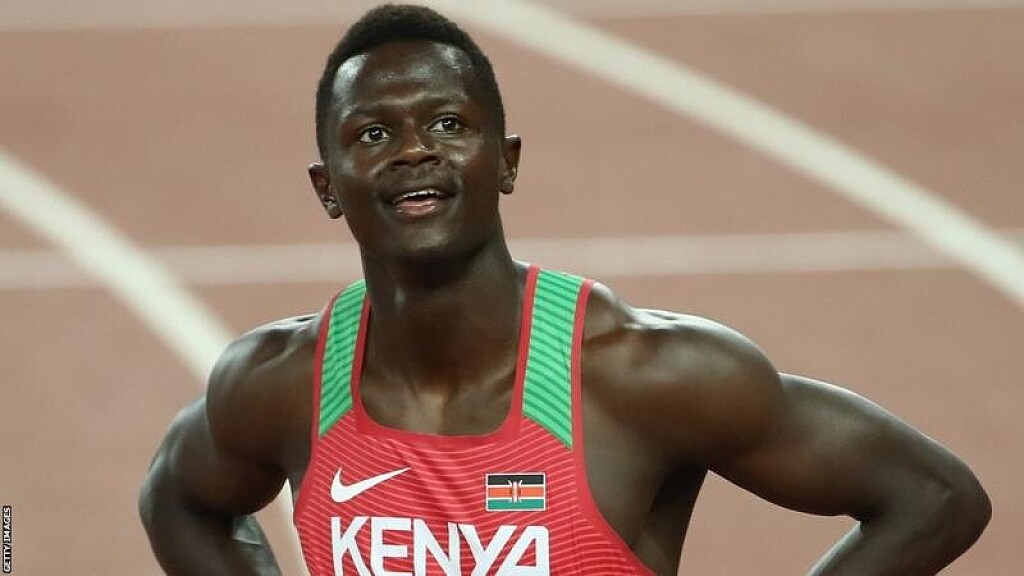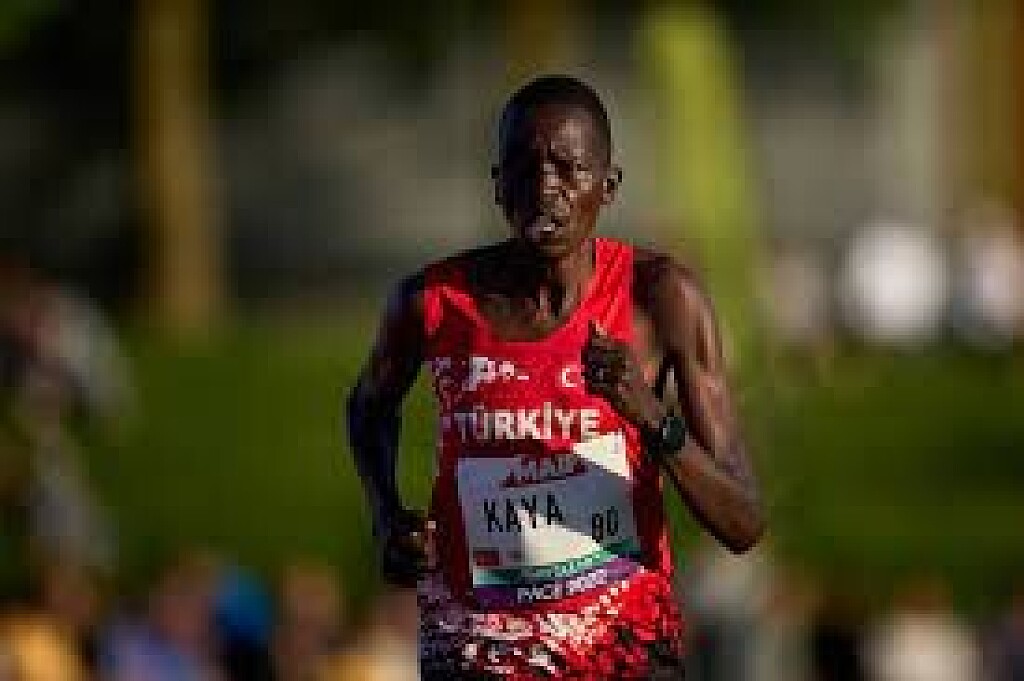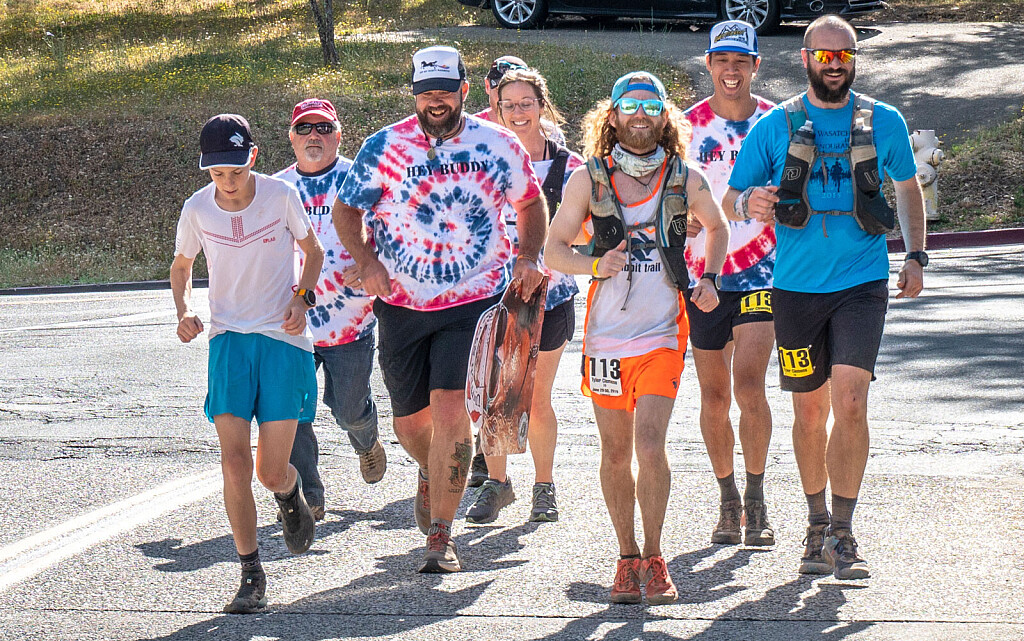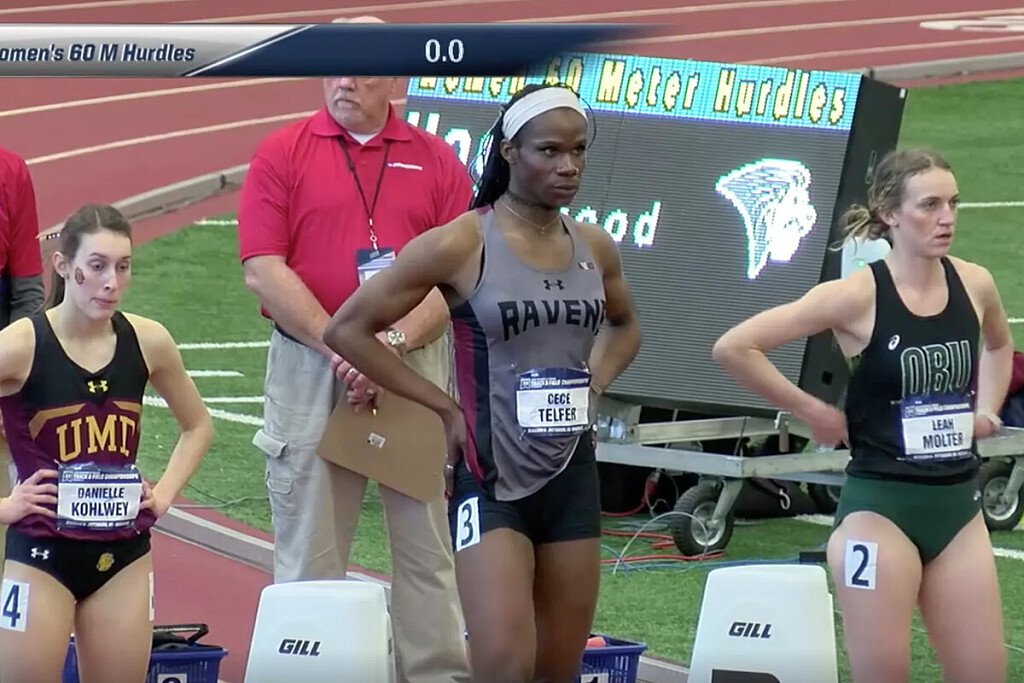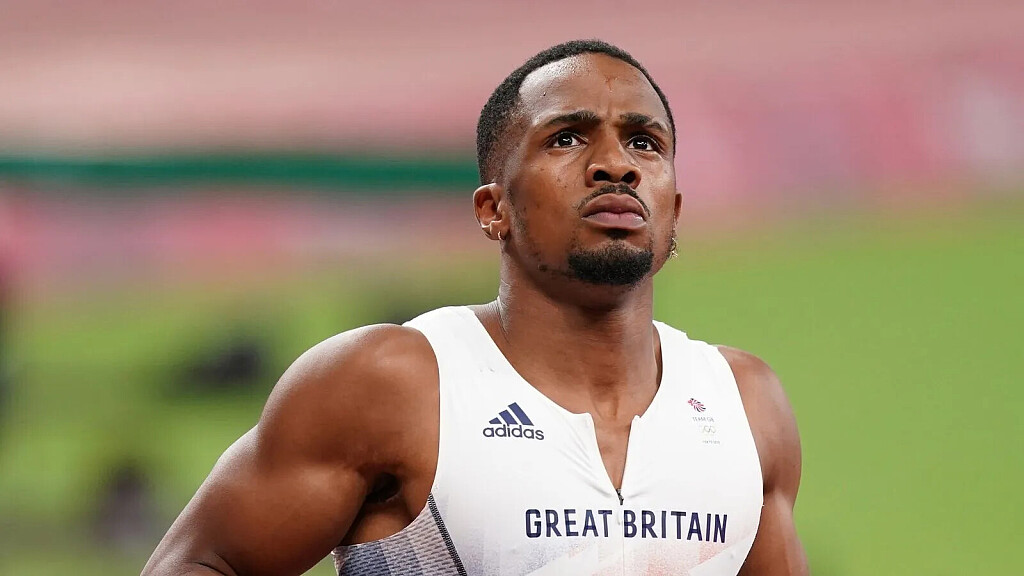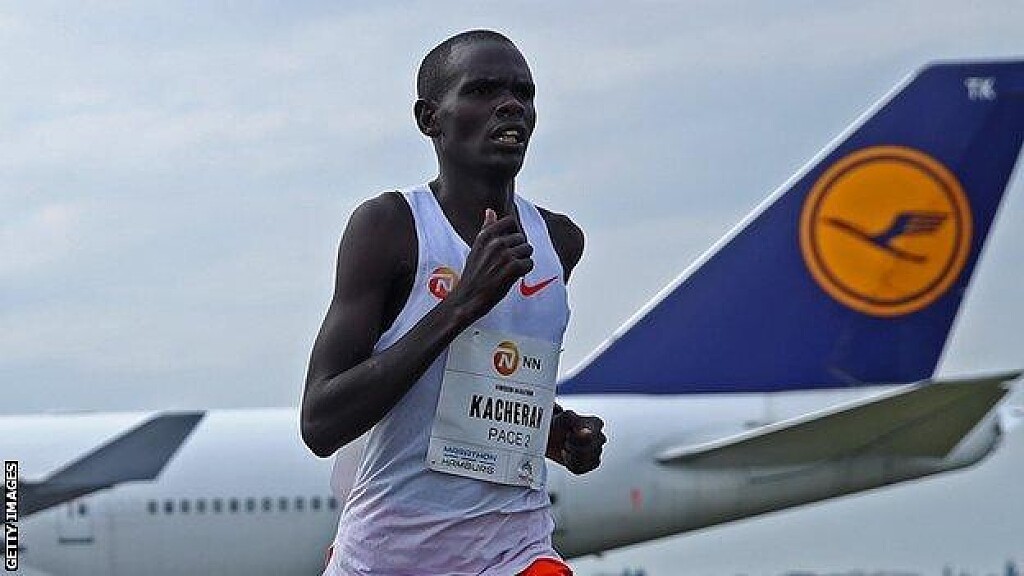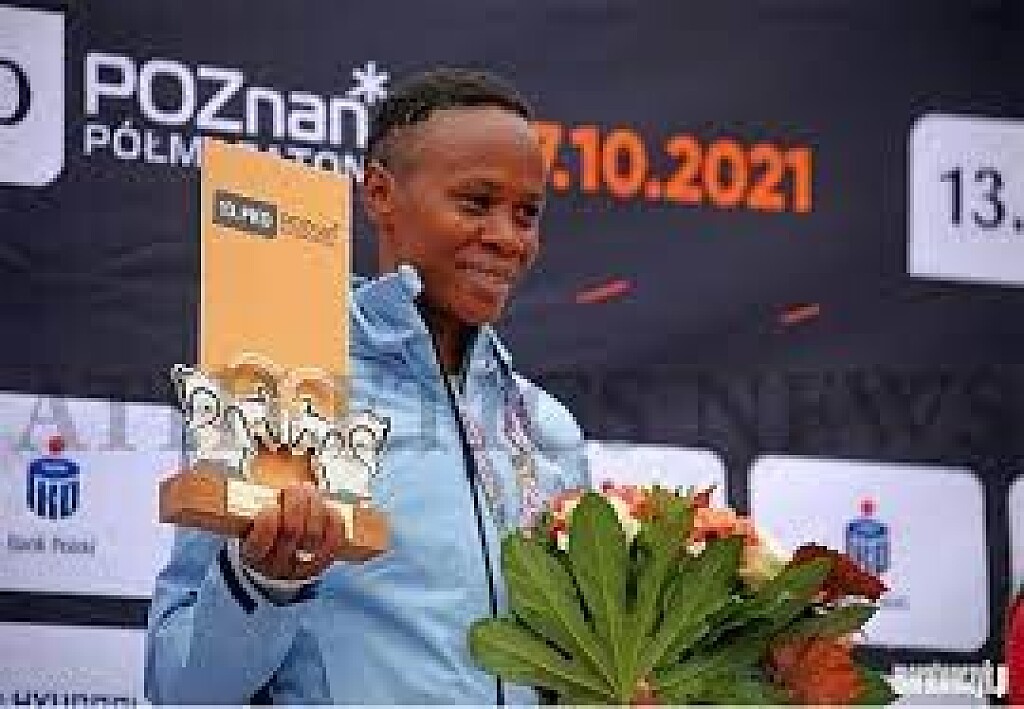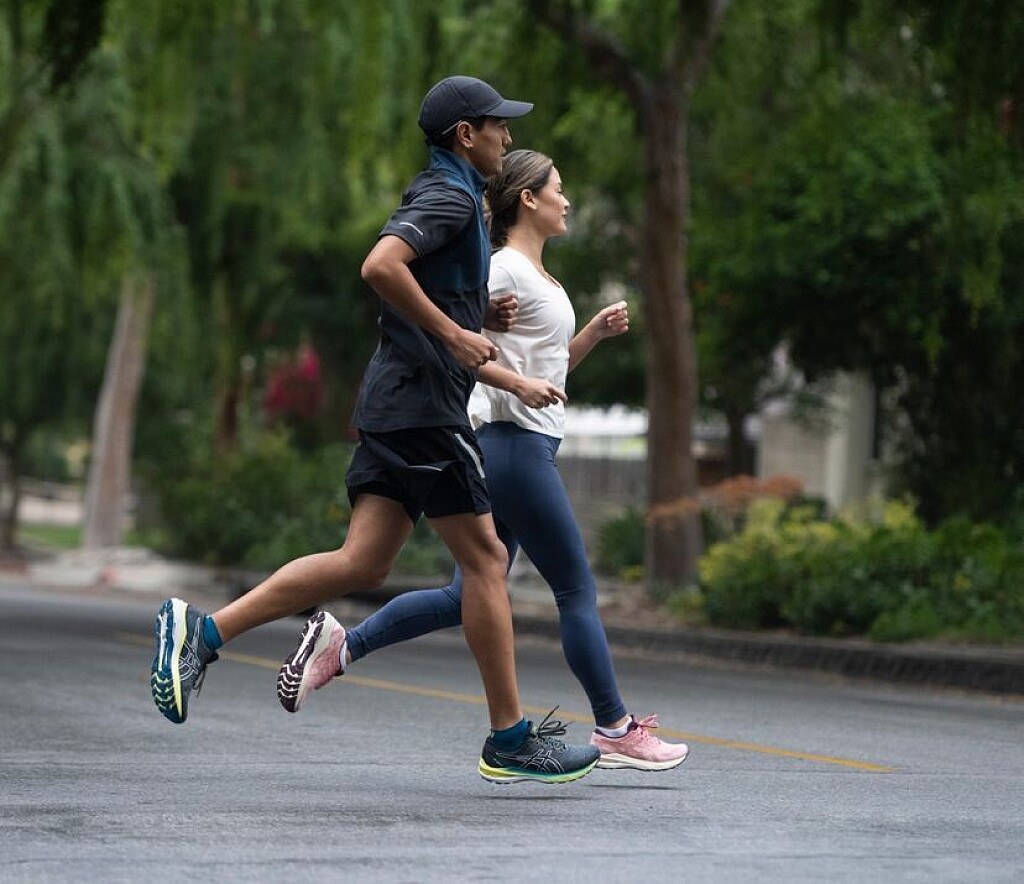Running News Daily
Running News Daily is edited by Bob Anderson. Send your news items to bob@mybestruns.com Advertising opportunities available. Train the Kenyan Way at KATA Kenya and Portugal owned and operated by Bob Anderson. Be sure to catch our movie A Long Run the movie KATA Running Camps and KATA Potato Farms - 31 now open in Kenya! https://kata.ke/
Index to Daily Posts · Sign Up For Updates · Run The World Feed
Articles tagged #testosterone
Today's Running News
Can Your Finger Length Predict Marathon Potential?
Take a look at your hands—specifically the lengths of your fingers. If your ring finger is noticeably shorter than your index finger, you might be more suited to endurance running than you think.
That’s the takeaway from a new study published in the American Journal of Human Biology, which analyzed data from over 5,000 individuals across 12 countries. The research focused on the 2D:4D ratio—the length of the second digit (index finger) compared to the fourth digit (ring finger). A lower ratio (meaning a relatively shorter ring finger) was associated with a higher ventilatory threshold—the point during exertion when breathing becomes labored.
This doesn’t necessarily mean you have a higher VO₂ max, the gold standard of cardiovascular fitness. But it does mean you might be able to push your body harder and longer before hitting the gasping-for-air stage—an important advantage in endurance events like the marathon.
Hormones Before Birth May Shape More Than We Think
The finger ratio in question is thought to reflect prenatal testosterone exposure, and the ring finger has more hormone receptors than the index finger. That means your fingers may quietly preserve a record of hormone levels you were exposed to in the womb—levels that could influence how your lungs, muscles, and nervous system respond to physical stress.
Even mental traits—like competitiveness or pain tolerance—could be shaped by these early hormone patterns. That could explain why people with a lower 2D:4D ratio might be better at pushing through discomfort during long training sessions or races—not just physically, but psychologically too.
A Clue, Not a Conclusion
It’s important to note the study’s limitations. Most of the participants were already fit—athletes, military recruits, or students—so this isn’t a broad sample of the general population. And the clearest links between finger length and endurance showed up in adults, likely because hormonal influences become more pronounced after puberty.
While it’s not a magic formula for predicting who will qualify for Boston or crack a sub-3:00 marathon, it’s a fascinating insight into how our bodies might be wired for performance long before we ever lace up a pair of running shoes.
And as the author herself put it: knowing your finger ratio might hint at potential—but it won’t get you across the finish line. That still takes consistent training, grit, and determination.
(For the record, she checked her own hands. Marathon running isn’t on her horizon anytime soon.)
by Ashley Fike | Adapted for My Best Runs – June 13, 2025
Login to leave a comment
Doping Dilemma: How WADA's Policies Are Failing Our Sport
I am alarmed by how the World Anti-Doping Agency (WADA) is policing our sport. It's disheartening to see athletes win races only to be stripped of their titles months later due to delayed doping allegations. This approach undermines the integrity of athletics and, in the long run, does more harm than good.
Having dedicated my life to running—I ran my first mile on February 16, 1962, and I discovered my passion for our sport after clocking a 2:08.5 in a 880-yard race JUne 1, 1963—I've witnessed the sport's evolution firsthand. As the founder and publisher of Runner’s World for 18 years and, since 2007, the editor and publisher of My Best Runs, I am concerned about the professional side of athletics.

The Flaws in WADA's Zero-Tolerance Policy
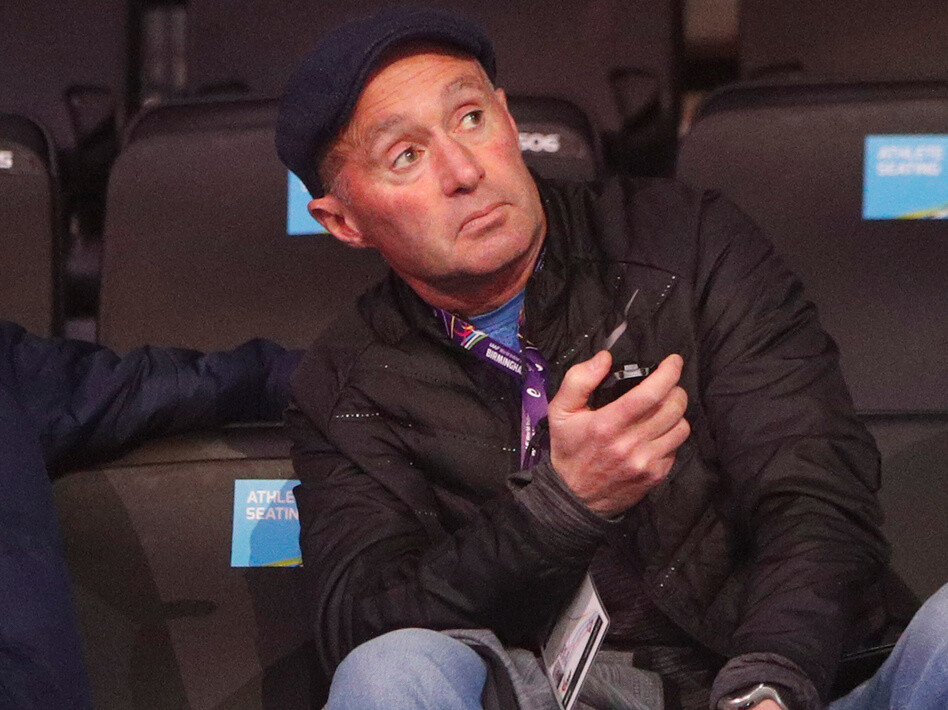
WADA's strict liability standard holds athletes accountable for any prohibited substance in their system, regardless of intent. This has led to controversial sanctions, such as the four-year ban of American runner Shelby Houlihan. She tested positive for the steroid nandrolone, which she attributed to consuming a pork burrito. Despite her defense, the ban was upheld, raising questions about the fairness of such rigid policies.
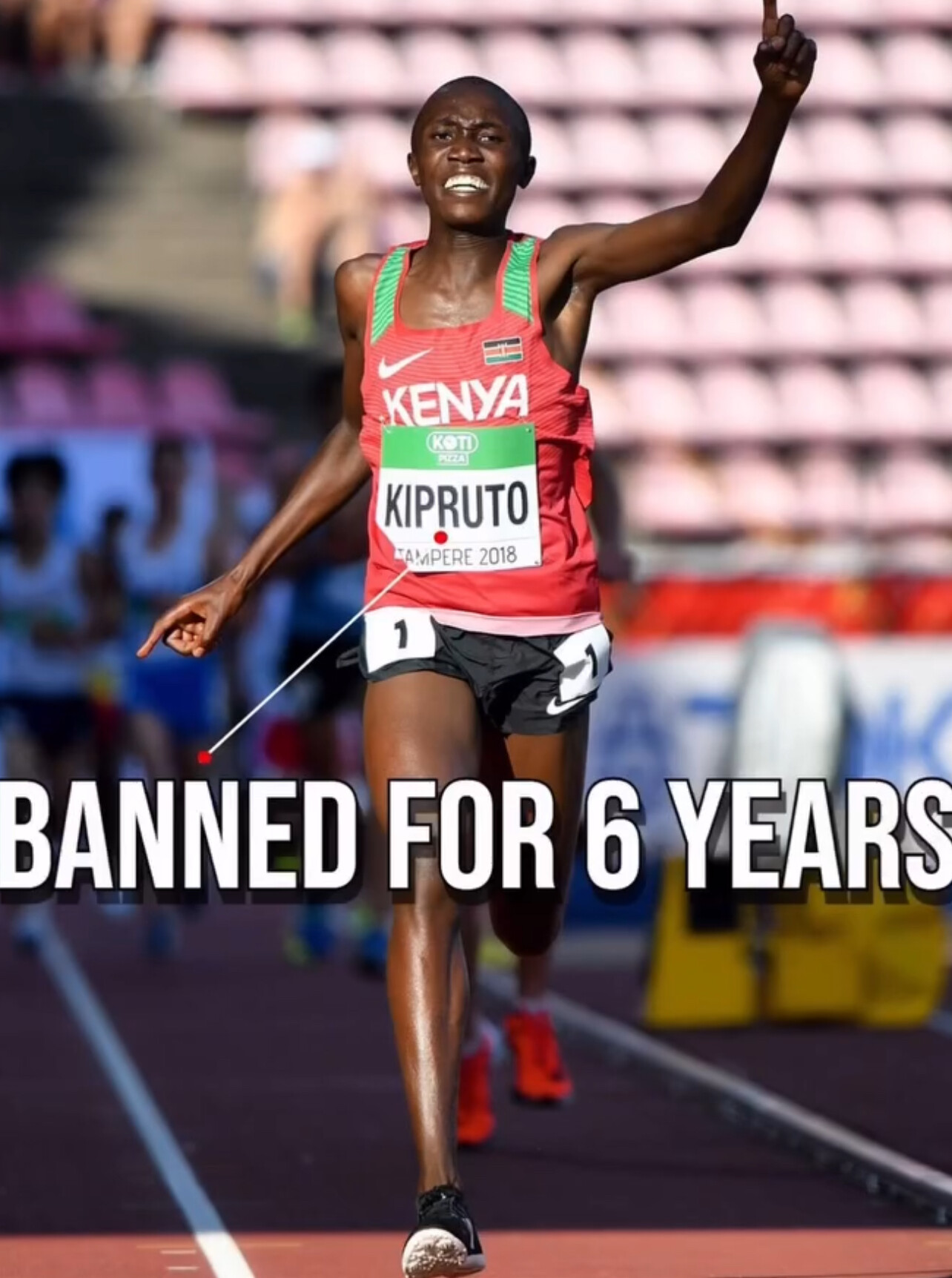
Overhauling the Banned Substances List

The extensive list of prohibited substances maintained by WADA includes compounds with minimal or no performance-enhancing effects. By focusing on substances with proven performance benefits, we can prevent athletes from being unjustly penalized for trace amounts of inconsequential substances.

The Problem with Retroactive Disqualifications
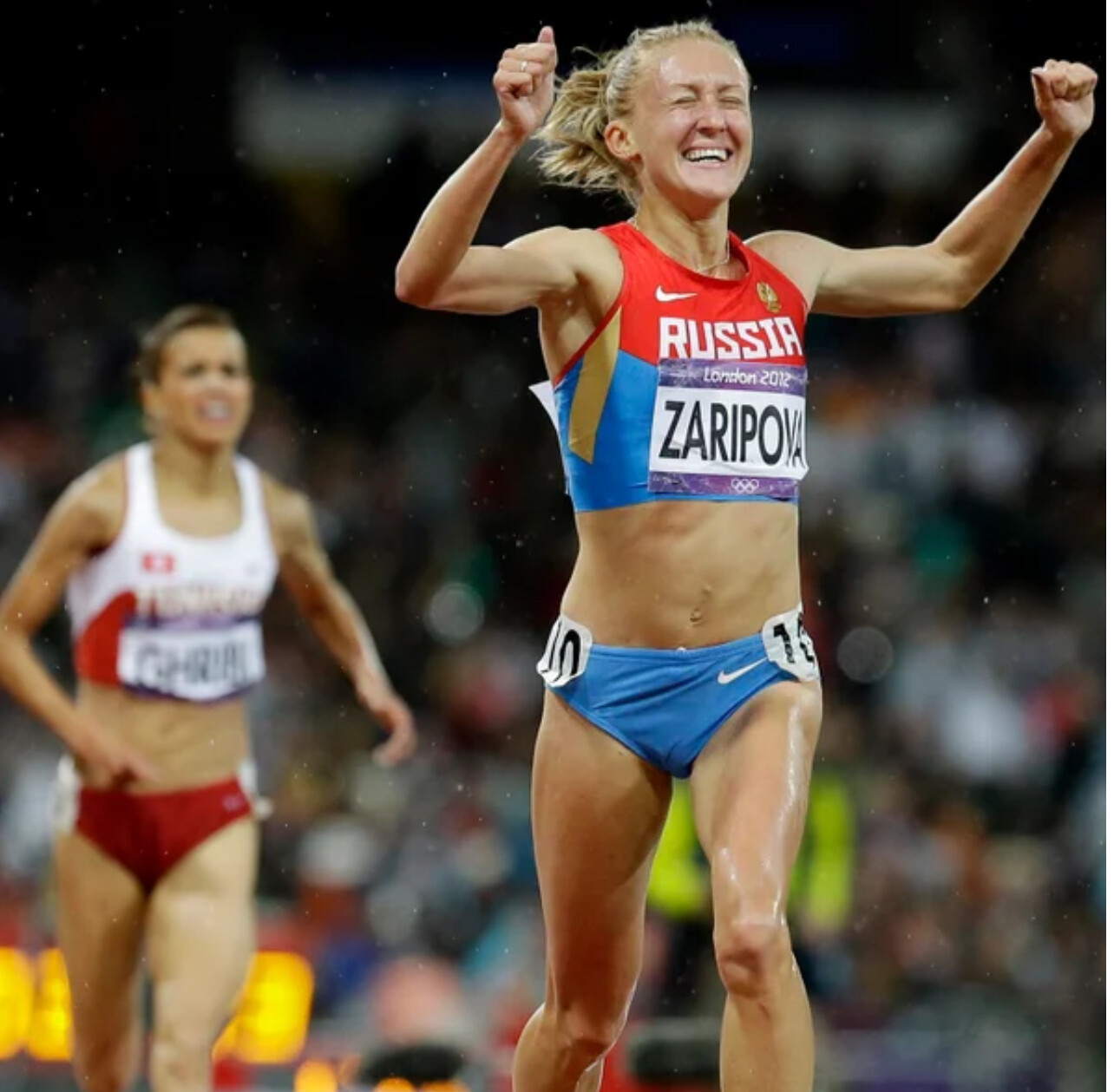
Delayed disqualifications due to retroactive positive tests cause significant disruptions. Athletes are stripped of titles months or even years after competitions, leading to uncertainty and diminished trust in the sport. Investing in faster, more sensitive testing methods is crucial to detect violations promptly, ensuring that competition results are reliable and fair.
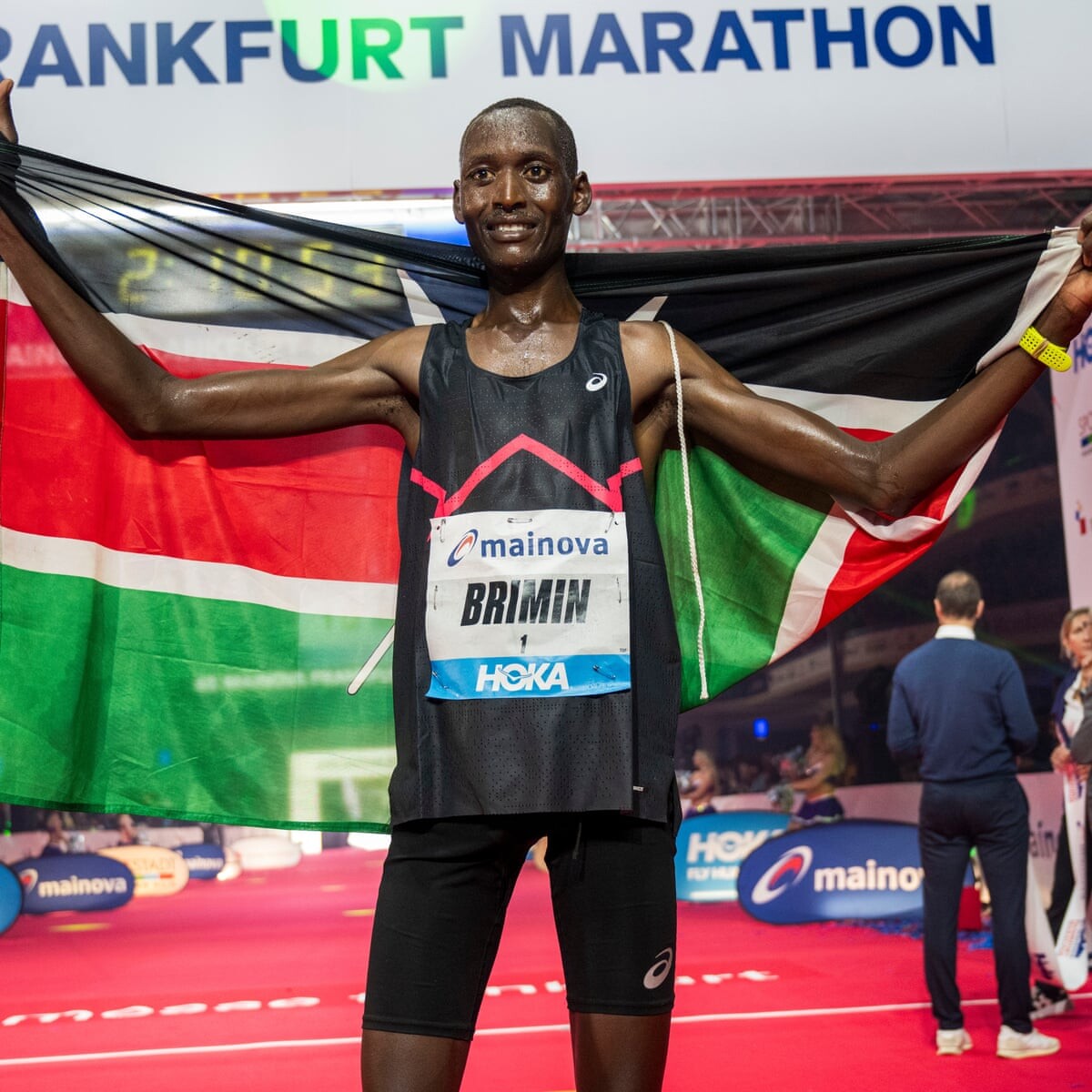
Rethinking the "Whereabouts" Requirement
WADA's "whereabouts" rule mandates that athletes provide their location for one hour each day to facilitate out-of-competition testing. This constant monitoring infringes on athletes' privacy rights and imposes an unreasonable burden. Reevaluating this policy could help balance effective anti-doping measures with respect for personal freedoms.
Understanding Blood Doping and Its Implications
Blood doping, which involves increasing red blood cells to enhance performance, poses significant health risks, including blood clots, stroke, and heart attack. While it's linked to deaths in sports like cycling, there is no documented case of a runner dying directly from blood doping.
Interestingly, many doping violations involve substances like erythropoietin (EPO), which, despite health risks, haven't been directly linked to fatalities among runners. In contrast, alcohol—a legal substance—is responsible for approximately 3 million deaths worldwide annually. This disparity raises questions about the consistency of current substance regulations in sports.
The Business of Anti-Doping
Established in 1999 with an initial operating income of USD 15.5 million, WADA's budget has grown significantly, reaching USD 46 million in 2022. This increase reflects the expanding scope of WADA's activities, including research, education, and compliance monitoring.
Funding is primarily sourced from public authorities and the sports movement, with the International Olympic Committee (IOC) being a major contributor. Notably, in 2024, the United States withheld over USD 3.6 million—about 6% of WADA's annual budget—due to disputes over the agency's handling of doping cases.
EPO's Prevalence in Doping Cases
Erythropoietin (EPO) has a history of abuse in endurance sports due to its performance-enhancing capabilities. For example, Kenyan marathon runner Brimin Kipkorir was provisionally suspended in February 2025 after testing positive for EPO and Furosemide. This suspension adds to a series of high-profile doping cases affecting marathon running, especially among Kenyan athletes.
Adapting Governance and Policies to Maintain Trust
High-profile doping scandals have exposed flaws in the governance of athletics. The case of coach Alberto Salazar illustrates the challenges in enforcing anti-doping regulations. Salazar, who led the Nike Oregon Project, was initially banned for four years in 2019 for multiple anti-doping rule violations, including trafficking testosterone and tampering with doping control processes.
In 2021, he received a lifetime ban for sexual and emotional misconduct. His athlete, Galen Rupp, never tested positive for banned substances, yet his reputation suffered due to his association with Salazar. This situation underscores the importance of independent and transparent governance in maintaining the sport's integrity.
The banned drug list
The World Anti-Doping Agency (WADA) maintains a comprehensive list of substances and methods prohibited in sports to ensure fair competition and athlete health. This list is updated annually and includes categories such as:
· Anabolic Agents: These substances, including anabolic-androgenic steroids, promote muscle growth and enhance performance.
· Peptide Hormones, Growth Factors, and Related Substances: Compounds like erythropoietin (EPO) and human growth hormone (hGH) that can increase red blood cell production or muscle mass.
· Beta-2 Agonists: Typically used for asthma, these can also have performance-enhancing effects when misused.
· Hormone and Metabolic Modulators: Substances that alter hormone functions, such as aromatase inhibitors and selective estrogen receptor modulators.
· Diuretics and Masking Agents: Used to conceal the presence of other prohibited substances or to rapidly lose weight.
· Stimulants: Compounds that increase alertness and reduce fatigue, including certain amphetamines.
· Narcotics: Pain-relieving substances that can impair performance and pose health risks.
· Cannabinoids: Including substances like tetrahydrocannabinol (THC), which can affect coordination and concentration.
· Glucocorticoids: Anti-inflammatory agents that, when misused, can have significant side effects.
Additionally, WADA prohibits certain methods, such as blood doping and gene doping, which can artificially enhance performance. It's important to note that while substances like alcohol are legal and widely consumed, they are not banned in most sports despite their potential health risks.
In contrast, substances like EPO, which have not been directly linked to fatalities among runners, are prohibited due to their performance-enhancing effects and potential health risks. This raises questions about the consistency and focus of current substance regulations in sports..
Regarding the percentage of doping violations involving EPO, specific statistics are not readily available. However, EPO has been a focal point in numerous high-profile doping cases, particularly in endurance sports. For detailed and up-to-date information, consulting WADA's official reports and statistics is recommended
Blood Doping Across Sports
Blood doping is prohibited across various sports, particularly those requiring high endurance. The International Olympic Committee (IOC) banned blood doping in 1985, and since then, numerous sports organizations have implemented similar prohibitions. Cycling has been notably affected, with many major champions associated with or suspended for blood doping.
In conclusion, while the fight against doping is essential to maintain fairness in athletics, the current methods employed by WADA may be causing more harm than good. It's imperative to develop more nuanced, fair, and effective anti-doping policies that protect both the integrity of the sport and the rights of its athletes.
by Bob Anderson
Login to leave a comment
How Alcohol Tanks Your Heart Rate Variability and Sleep
It’s no secret that alcohol inhibits overall health, but for runners and other athletes, the risks are even more adverse. Drinking alcohol negatively affects your heart-rate variability (or HRV) and heart rate, hinders sleep, can lower testosterone, impair balance and coordination, decrease muscular strength, and impact bone health—which increases the risk of sports-related injuries. Simply put: you shouldn’t plan to just “sweat it out” post-drinking.
How long does it take an athlete to recover from drinking alcohol?

Varying amounts or types of alcohol tend to affect people differently. But generally speaking, the more that’s consumed, the greater the psychological and physiological consequences. It takes the liver at least one hour to remove each unit of alcohol from the body, and the liver may struggle to remove all the alcohol overnight.
Alcohol affects the body in many ways, including excessive thirst as a result of alcohol’s diuretic effect, and diarrhea and indigestion as the alcohol wreaks havoc on the digestive system and increases stomach acid production.
What about your heart?
What’s alcohol’s effect on heart rate and heart-rate variability?
Heart rate and heart-rate variability (HRV) are two useful metrics for athletes to monitor in order to get a baseline of nervous system activity and gauge how the body is capable of adapting to different situations. Consuming alcohol is shown to cause HRV to drop, and resting heart rate to rise. A normal resting heart rate for adults is between 60 and 100 beats per minute, and researchers in one study found that consuming just one standard drink elevated participants’ heart rates by five beats per minute. Another analysis by the fitness tracking company WHOOP reported that respondents’ HRV dropped by an average of seven milliseconds and their resting heart rate increased by an average of three beats per minute after one drink.
“Greater alcohol consumption is associated with more pronounced increases in heart rate,” said UK-based exercise physiologist Tom Cowan. “This may be amplified if the alcohol is accompanied by a mixer, which contains caffeine such as an energy drink or in a cocktail like an espresso martini, as caffeine also increases heart rate.”
Why is monitoring HRV and heart rate important?
Resting heart rate has long been a reliable tool for athletes to monitor, but HRV has now become increasingly popular as a recovery and training metric—both in general fitness trackers and for athletes. An HRV device measures the interval between each of your heart beats, in milliseconds (m/s), over a specific period of time. More variability between beats gives you a higher score—and, in general, means you’re fitter and more recovered and ready to go. HRV tends to drop when a person is tired, stressed, sick, not recovered from a previous day’s workout or after a night of drinking.
“A higher HRV generally equals better fitness,” said Harry Glorikian, healthcare expert and author of The Future You: How Artificial Intelligence Can Help You Get Healthier, Stress Less, and Live Longer. But it’s important for each person to establish an individual baseline before analyzing changes in their HRV, he noted, because it’s a highly individualized metric. What is normal for you might not be normal for someone else. “The first time I saw my HRV numbers, I started to look for ways to compare it to others. What I quickly found was that my HRV was specific to me and that changes that I made in my life affected my HRV and those changes do not apply universally to others.” His takeaway? Focus on implementing your own changes when it comes to diet and exercise, and watch as your HRV increases and your energy levels soar.
Start by establishing a baseline HRV and resting heart rate every morning for a least one to two weeks, using your fitness tracker or app. Then you can note differences.
It’s also important to note that while, in general, higher HRV correlates with better fitness and recovery and lower resting heart rate tends to mean an individual is more recovered and rested, this is not always the case. There can be individual circumstances that go against this general rule and extremely fit athletes can have inverse effects. For instance, the resting heart rate could become suppressed from extreme fatigue and overtraining.
“Once you start to utilize this measure, keep in mind that training is not the sole influencer of this metric. Work stress, poor sleep, stressful family life, poor nutrition, and more can negatively affect HRV,” he said.
How does alcohol impact sleep (and HRV)?
Poor sleep, as well as stress (physical or psychological), can reduce HRV. A restful night’s sleep helps the body to restore itself, repair cells and tissue, and prepare again for optimal performance. So what happens after a few evening glasses of wine?
“Alcohol disrupts sleep cycles, and since it is a diuretic, it may lead to you waking up to go to the toilet frequently during the night,” said Cowan. “This leads to a reduction in sleep quality, has negative impacts on recovery, and can result in lower heart rate variability. Alcohol is also often consumed at social gatherings and parties that extend into the night or the early hours of the morning, likely affecting sleep duration too, leading to inadequate recovery.”
Login to leave a comment
Emmaculate Anyango: Kenya’s long-distance prodigy handed six-year doping ban
Emmaculate Anyango, who has been one of Kenya’s emerging athletes, has suffered a major blow after receiving a six-year ban over multiple doping violations.
Kenya’s long-distance sensation Emmaculate Anyango has been handed a six-year doping ban by the Athletics Integrity Unit (AIU) over multiple anti-doping violations.
The AIU announced Anyango’s doping ban on Friday, having provisionally suspended her in October, for the presence and use of a prohibited substance (Testosterone and EPO).
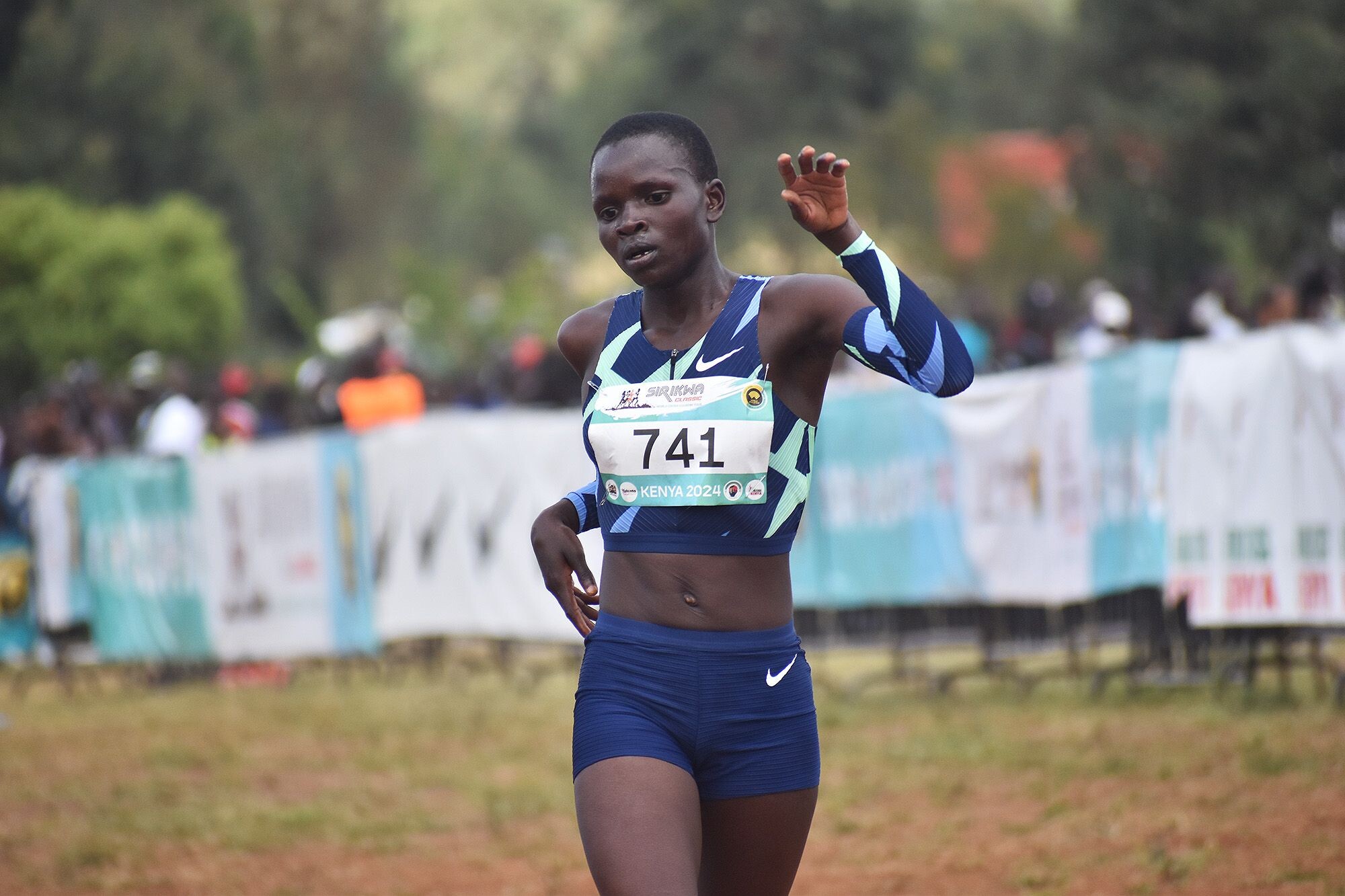
However as per AIU’s latest statement, the athlete was found to have cheated on four occasions between February and June 2024, her first, second and third urine samples revealing the presence of banned substance Metabolites while her fourth urine and blood sample revealed the presence of EPO.
The athlete failed to prove that she used the substances deliberately, having defended herself by claiming that she did not know how they ended up in her body. In her defence, Anyanyo claimed that she visited several hospitals in Eldoret after falling ill and that she fainted on multiple occasions and did not know what was injected into her system.
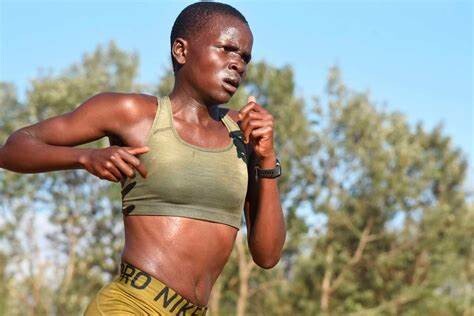
She also presented documents that failed to prove that she knowingly doped, which left her facing the mandatory four-year doping ban, and an extra two for Aggravating Circumstances as a result of her use of multiple banned substances.
The athlete was given an opportunity to accept responsibility, which would have seen her ban reduced by one year, but she failed to do this during the stipulated period, leaving the AIU with no choice but to slap her with the lengthy ban.
It is a major blow to the career of the 24-year-old, who will be 30 and beyond her prime by the time her ban ends in September 2030, having started making waves in 2024.
The Sirikwa Classic Cross-country champion was awarded the Sports Personality of the Month award for February by the Sports Journalists Association of Kenya (SJAK) after coming close to breaking the world 10km world record in January.
She recorded the second fastest 10km time in history when she clocked 28:57 in Valencia, Spain, improving Ethiopian Yalemzerf Yehualaw’s world record (29.14) but unfortunately for her, compatriot Agnes Ngetich won the race in a better time of 28.46.
Her career now appears to be over following the lengthy ban with her results from February 3, 2024 also scrapped.
by Joel Omotto
Login to leave a comment
How to (Actually) Burn Off Belly Fat—and Why It Matters
Of all the baseless fitness myths to have been peddled through ages of infomercials and influencers alike, the notion that you can “blast belly fat” is among the most audacious. Targeted fat loss, or spot reduction, is simply not a thing that our bodies are equipped to do.
“You can't spot reduce, no matter how promising the marketing and ads that tell you that's the case,” says Chris Mohr, PhD, RD, cofounder of Mohr Results. “While it would be nice if you could lose fat from wherever you’d like, your body handles fat as it wants.”
However, while you may not be able to bump belly fat to the front of your fat-loss queue, that’s not to say you can’t shed it. You absolutely can. Unlike the other 90% or so of fat that we carry on our bodies, belly fat—or visceral fat, to use its government name—is a particularly dangerous brand of baggage that has been shown to significantly raise your risk of a long list of serious health conditions. And the longer you ignore it, the harder it is to shake.

Here, we’ll explain why belly fat is worth your attention. Better yet, with the help of medical and fitness experts, we’ll tell you how to lose it—and won’t even try to sell you a DVD.
Why is belly fat more dangerous than “regular” fat?
Generally speaking, when we talk about fat, we’re talking about subcutaneous fat—the fat that resides just
How to tell if you’re carrying around excess belly fat
The most accurate way to measure your visceral fat would be with a CT or DEXA scan, although those aren’t necessarily practical or cost-effective for most people. Fortunately, in this case, a simple waist-to-hip ratio is more useful than specific numbers, so a regular old tape measure will do the trick.
“Basically, it's the ratio of your waist-to-hip circumference,” says Dr. Kumar. “For a man, we don't want it over one, meaning we don't want the waist to have a larger circumference than the hips. Low health risk is 0.95 or lower. And then high health risk is one or higher.”
Other warning signs that you might be approaching dangerous levels of belly fat can include elevated blood sugar, low testosterone, or even snoring and trouble swallowing. “As you accumulate visceral fat, you're probably slowly accumulating fat around other organs, like the esophagus and the trachea,” says Dr. Kumar.
How to burn off belly fat
The way we gain visceral fat is kind of like how you might rack up financial debt. Once your subcutaneous fat stores exceed their optimal level, excess calories begin getting stored as visceral fat, says Dr. Kumar. The main difference would be there’s no way to prioritize paying down your anatomical overdraft. But even though we can’t target visceral fat alone, there are a few things you can do to optimize your diet, workouts, and lifestyle so that you’re actively chipping away at it.
Prioritize Resistance Training and HIIT
A Harvard study that tracked the measurements of 10,500 American men over a 12-year period determined that weight training was more effective at reducing waistline size than any other activity, including moderate to vigorous aerobic training.
“When you strength train, two powerful things are happening,” says Luke Carlson, founder and CEO of Discover Strength. “The first is that you add lean muscle tissue to your body; the more lean muscle tissue you have, the more calories you're burning at rest, which means you're not storing those calories as fat on the abdomen. And the second is that when we do a tough strength training workout, we acutely burn five to nine percent more calories for the next three days.”
“What happens when you lift weights and increase your lean body mass is you become more sensitive to the hormone insulin,” explains Dr. Kumar. “Visceral fat is actually very insulin-resistant and comes along with a condition called insulin resistance. Building muscle treats insulin resistance, which reduces belly fat.”
While steady-state cardio has not proven to be particularly effective for burning visceral fat, high-intensity interval training (HIIT) running workouts have. Want to really kick things into high gear? Throw some strength exercises into an interval-based running workout.
Increase protein while decreasing overall calories
Carbs get villainized, but when it comes to fat loss it’s really all about creating an overall calorie deficit rather than
Don’t let poor sleep sabotage your progress
“The other piece that has to be discussed is certainly sleep,” says Dr. Mohr. “There have been studies showing that when you sleep less, you eat more and gain more weight.”
In one recent study, published last year in the journal Sleep Medicine, researchers reported a “significant” inverse association between sleep duration and visceral fat mass. In other words, the less sleep people got, the more visceral fat they gained. Interestingly, subcutaneous fat was not affected, strengthening the connection between sleep and visceral fat in particular. It’s also worth noting that the waistline-protecting benefits of sleep appeared to top out at eight hours.
While sleep alone probably isn’t going to burn off your gut, don’t let it be the thing that undermines all of your other efforts to reduce belly fat. “We know that sleep plays a huge role in weight loss and weight gain,” says Dr. Mohr. “It’s a big piece of the puzzle that we need to think about.”
Login to leave a comment
Kenya's Charles Kipkkurui Langat issued with two-year ban for doping offence
Kenyan road runner Charles Kipkkurui Langat has received a two-year ban for violating World Athletics anti-doping regulations.
Kenyan road runner Charles Kipkkurui Langat been banned for two years from competing after being found to have violated World Athletics anti-doping rules.
The 28-year-old athlete, who won the eDreams Mitja Marató Barcelona in 2023 with an impressive time of 58:53, provided an out-of-competition urine sample in Iten, Kenya, on August 6, 2024.
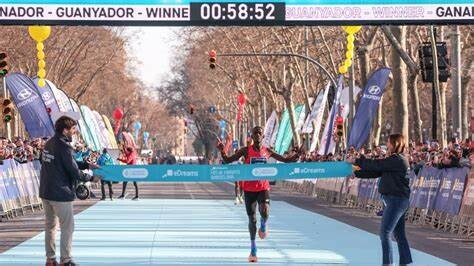
The sample tested positive for the prohibited substance Furosemide a diuretic commonly used as a masking agent.
The Athletics Integrity Unit (AIU), the body responsible for managing doping-related issues in athletics, confirmed the violation in a statement released this week.
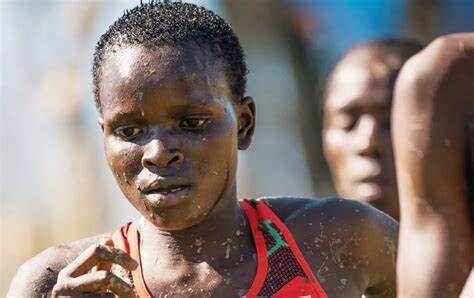
The AIU’s findings state that Langat did not have a Therapeutic Use Exemption (TUE) for Furosemide, and after reviewing his case, it was determined that no procedural errors occurred during the sample collection and testing process.
“The AIU has no evidence that the Anti-Doping Rule Violations were intentional, and the mandatory period of Ineligibility to be imposed is therefore a period of two (2) years,” the AIU said in its decision.
Langat admitted to the use of Furosemide in an explanation provided to the AIU, stating that he had been suffering from inflammation since September 2023 and had sought medical treatment in the Netherlands earlier this year.
He claimed a doctor advised him to use the substance.
“On 31 July 2024, he contacted a doctor that he knew, who, based on the Athlete’s symptoms, advised him to try using Furosemide for four (4) days to help reduce the inflammation he was experiencing and to ‘help the kidney and the adrenal glands,’” the report detailed.
Despite his explanation, Langat’s admission was enough for the AIU to impose sanctions.
The AIU outlined that his ineligibility would begin from September 11, 2024, when he was provisionally suspended, and his results since August 6, 2024, would be disqualified.
This includes the forfeiture of any titles, awards, and appearance money accumulated during this period.
Langat's case is the latest in a growing number of doping violations involving Kenyan athletes.
Just days ago, another Kenyan runner, Emmaculate Anyango Achol, was provisionally suspended after failing a doping test for testosterone and the blood-boosting hormone EPO.
Anyango, who made headlines by becoming the second woman to complete a 10km race in under 29 minutes, is currently awaiting the outcome of her case.
Kenya,has been grappling with a string of doping scandals in recent years.
The Athletics Integrity Unit has intensified its testing efforts, particularly in high-altitude training regions like Iten, where many elite athletes train.
Langat’s acceptance of the two-year ban and his decision not to contest the charge has drawn attention from both the global athletics community and his home country.
The World Anti-Doping Agency (WADA) and the Anti-Doping Agency of Kenya (ADAK) have the right to appeal the decision to the Court of Arbitration for Sport.
by Festus Chuma
Login to leave a comment
Emmaculate Anyango faces four-year ban following provisional suspension over doping
Kenya’s long-distance runner Emmaculate Anyango faces the prospect of a four-year ban after being handed a provisional suspension for doping as the net nabs another big fish.
Kenya’s long-distance prodigy Emmaculate Anyango has joined the list of shame following her provisional suspension for a doping violation.
The Athletics Integrity Unit (AIU) announced Anyango’s provisional suspension on Friday for the presence/use of a prohibited substance (Testosterone and EPO).
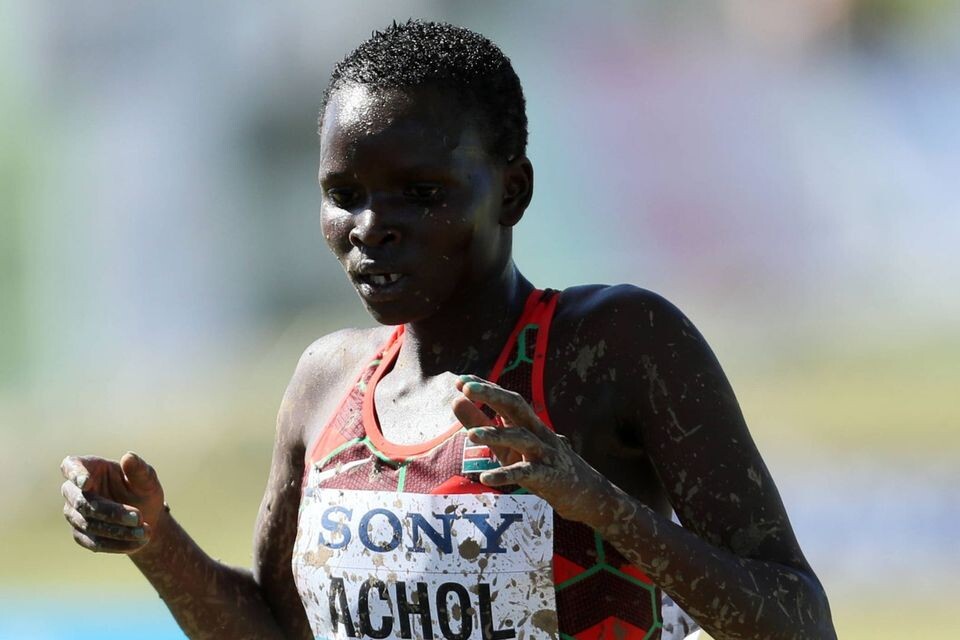
It means Anyango will remain suspended until her case is heard and determined and she faces a minimum of a four-year ban if she is found culpable.
It is a blow to the 24-year-old who was already making waves having been one of the standout athletes in the early months of the 2024 season.
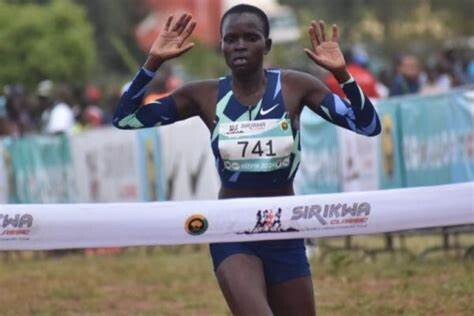
The Sirikwa Classic Cross-country champion was awarded the Sports Personality of the Month award for February by the Sports Journalists Association of Kenya (SJAK) after coming close to breaking the world 10km world record in February.
Anyango recorded the second fastest 10km time in history when she clocked 28:47 in Valencia, Spain, improving Ethiopian Yalemzerf Yehualaw’s world record (29.14) but unfortunately for her, compatriot Agnes Ngetich won the race in a better time of 28.46.
She would go on to finish fourth at the World Cross-Country Championships in Serbia followed by second place at the BAA 5k Road Run in Boston and in 10km Road in Bengaluru, India.
She, however, missed a place in team Kenya to the Paris Olympics after finishing sixth in the 10,000m trials which was held at the Prefontaine Classic, the Eugene Diamond League in May.
Back-to-back second places finishes would follow in 10km in Atlanta and in 15km in New York in July.
by Joel Omotto
Login to leave a comment
Nonbinary Philadelphia Marathon runners can now compete for non-elite open division awards
The City of Philadelphia and Philadelphia Marathon Weekend organizers announced prize money and awards will be given to nonelite and elite nonbinary athletes this year.
The start of the 30th annual Philadelphia Marathon on the Benjamin Franklin Parkway Sunday, Nov. 19, 2023. Men’s winner Benard Kiptoo Koech is wearing bib #3 at center., the Philadelphia Marathon will continue to follow their national governing body guidelines that excludes nonbinary participants from elite runner awards.

However, organizers have announced new prize opportunities for non-elite runners in all gender divisions.
Previously, only the “first Philadelphian” and the “first Masters” were awarded prize money across genders. The new policy will allow all non-elite runners, including nonbinary participants, to sign up as their authentic selves and compete for prize money as top finishers in the full marathon, half marathon, and 8K races.
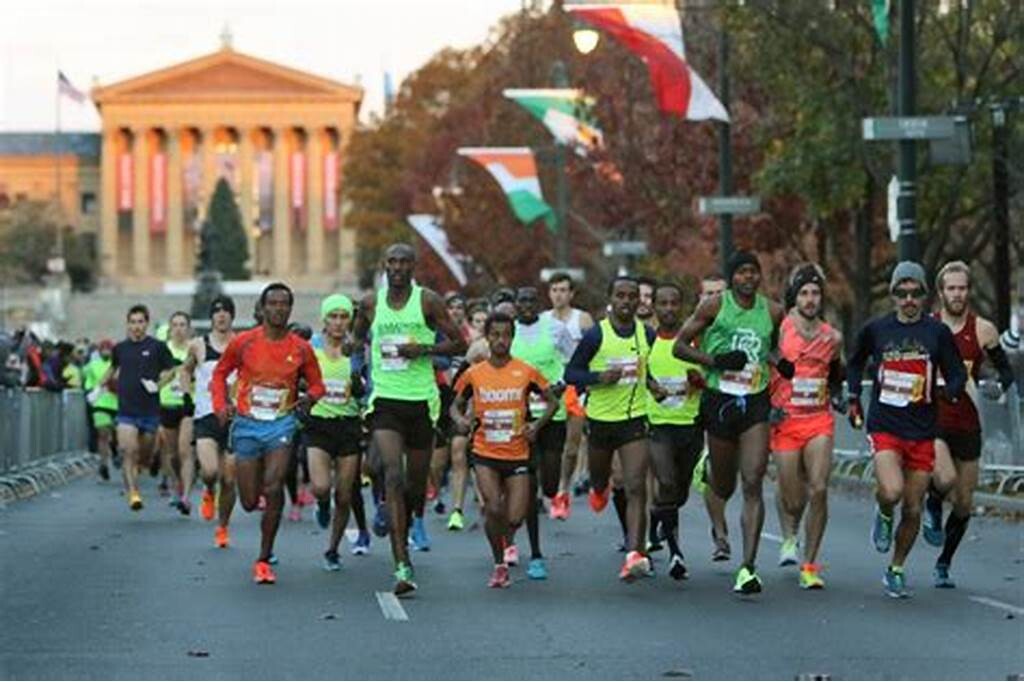
Organizers are also implementing a “face-value approach” to monitoring all gender categories, allowing runners to select their gender identity without additional documentation.In previous years, open division runners did not have to provide evidence as no prizes were awarded. Elite-level runners, however, must still provide supporting evidence such as ID verification and drug testing for testosterone and hormone levels, in line with USA Track & Field guidelines.
Elite participants, who are at the top of their field, receive free registration, prime starting positions, and may be eligible for complimentary travel, hotel accommodations, and larger prize purses. Runners qualify as elite by meeting standard times set for their division in previous races. Prize money for elite runners can reach several thousand dollars.
by PhillyDailyNews
Login to leave a comment
Philadelphia Marathon and Half
Have the time of your life in 2022 completing 13.11 miles! Runners will start along the Benjamin Franklin Parkway in the cultural Museum District and wind through Philadelphia’s most scenic and historic neighborhoods. From the history-steeped streets of Old City, through one of the liveliest stretches of Center City, across the Schuylkill River...
more...Transgender athletes will have more restrictions in Paris
Transgender women must have transitioned before the age of 12 to be eligible for the women’s category, to “prevent any potential biological advantage from male puberty”.
Transgender athletes will face more restrictions at the Paris Olympics compared to previous events. This is due to the recent regulation by numerous international federations that female athletes must have completed their transition before the age of 12 to avoid unfair advantages.
With this decision, the Paris 2024 Olympics has stricter rules and regulations regarding transgender athletes with differences of sexual development (DSD).
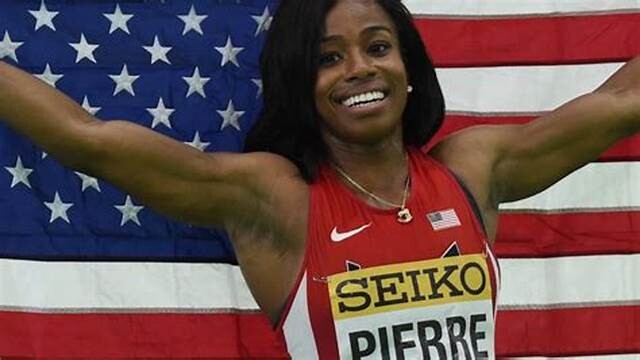
There have also been increased regulations for transgender athletes ahead of the Olympics, with many who have previously competed in international events, now unable to do so.
The Olympics in the French capital is set to make history as the first gender-equal games, with 50 per cent of the medals going to women, a first in the history of the event. There has been a rising interest in transgender athletes, with concerns that transgender women have an unfair advantage over fellow competitors, and a number of federations have strict guidelines.
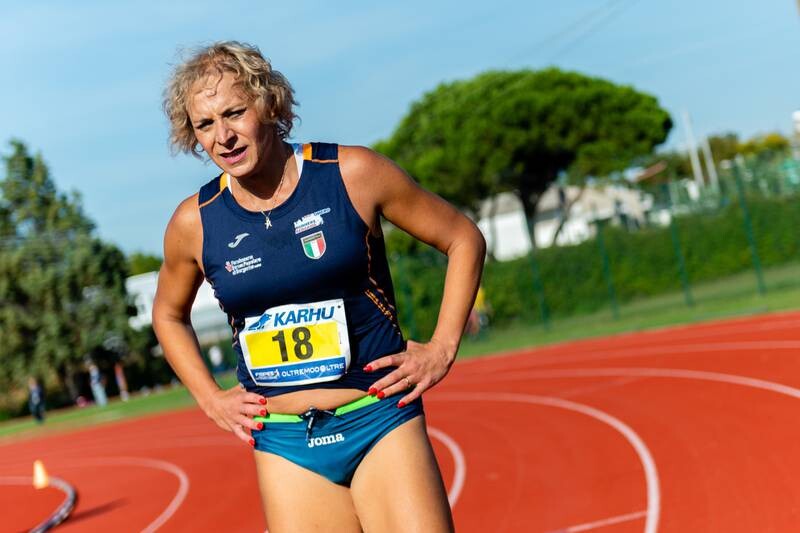
The International Olympic Committee, which oversees the Games, does not have specific rules or regulations and instead includes 10 guiding principles. The governing body also states that “each international federation is responsible for setting eligibility rules for its sport, including the eligibility criteria that determine qualification for the Olympic Games”.
The guidelines require transgender women to have transitioned before the age of 12 to be eligible for the women’s category, to prevent any potential biological advantage from male puberty.
The sports affected by this rules
The guidelines from the IOC have been adopted by World Athletics and Fina, swimming’s governing body.Cycling follow these guidelines for women’s categories but also allow for an “open” category which has replaced the current “men’s category” to allow transgender athletes to compete.
World Rowing allows those who transitioned before puberty to be eligible, and one of their criteria is for the testosterone concentration to be less than 2.5 nmol/L for a period of at least 24 months, while rugby has followed the IOC guidelines. Triathlon, tennis and archery however require testosterone levels to be below a certain limit to allow athletes to compete. Other sports allow transgender athletes to compete on a “case by case” basis.
Transgender and non-binary athletes at the Paris Olympics
Laurel Hubbard competed in the Tokyo Olympics, becoming the first openly transgender athlete to do so, and finished last in her competition group, and also Will be there in this edition. Nikki Hiltz is transgender and non-binary and uses the pronouns “they/them”, but has always competed in the female category, and will be representing USA at the upcoming Olympics. They set a US trials record in the 1500m to earn a place on the Olympic squad.
Quinn, a Canadian non-binary footballer, has also been chosen to represent their nation at the Olympic Games. The midfielder, who plays for Toronto, has always competed in female categories.
But there are other athletes that got out of the Games because of the new rules like the american BMX rider Chelsea Wolfe, who had been hoping to compete in Paris before the UCI, cycling’s governing body, changed its regulations and put an end to her hopes. She had qualified for Tokyo 2020 as an alternate.
Halba Diouf’s dream was also ended by World Athletics’ new regulations, effectively barring the Senegalese-born French sprinter from competing in Paris. Swimmer Lia Thomas became the first transgender athlete to win a US college title in 2022, but lost a legal case against World Aquatics for her right to compete. The American remains barred from competing in the female category.
by Marley Dickinson
Login to leave a comment
Paris 2024 Olympic Games
For this historic event, the City of Light is thinking big! Visitors will be able to watch events at top sporting venues in Paris and the Paris region, as well as at emblematic monuments in the capital visited by several millions of tourists each year. The promise of exceptional moments to experience in an exceptional setting! A great way to...
more...Running helps prevent erectile dysfunction, new study says
For those looking to enhance their bedroom performance naturally, lacing up your running shoes and hitting the pavement could be the ticket. According to recent research in Harvard Health, regular aerobic activity can significantly improve erectile dysfunction (ED) symptoms, offering a safe and effective solution.
Running is a low-risk and inexpensive therapy that not only improves ED but also boosts overall health. Here’s why your love life (and your overall health) may thank you for starting a regular running regime.

A drug-free remedy
When most people think of ED treatments, medications like Viagra and Cialis typically come to mind. A study published in The Journal of Sexual Medicine suggests that aerobic exercise can be just as effective, particularly for men with severe ED. The study reviewed 11 randomized controlled trials involving more than 1,000 men with mild to moderate ED. The findings were clear: men who engaged in 30 to 60 minutes of aerobic exercise three to five times a week experienced notable improvements in their erectile function, compared to those who did not exercise.
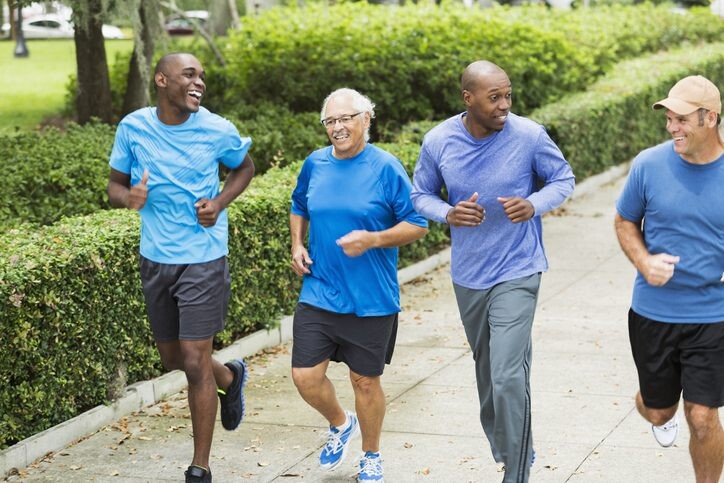
Men with severe ED saw an average improvement of 4.9 points on a 6-30 scale (where higher scores indicate better function), comparable to the improvement typically seen with ED medications. Exercise also doesn’t come with the potential side effects associated with these drugs, such as headaches, vision changes and chest pain. The benefits of aerobic exercise for ED are supported by additional research, including a Harvard University study involving more than 22,000 men aged 40-75. This study found that men who ran for one and a half hours or engaged in three hours of rigorous outdoor activity weekly were 20 per cent less likely to develop ED than those who didn’t exercise.
Why running works
Why does exercise have such a positive impact on erectile function? Exercise promotes overall cardiovascular health, which is closely linked to erectile function. Healthy blood flow is essential for maintaining an erection. Regular exercise also aids in reducing weight, lowering blood pressure and improving blood sugar control, all of which are risk factors for ED.
Exercise also improves the function of endothelial cells, which line blood vessels and regulate the exchange between the bloodstream and surrounding tissues; better endothelial function results in improved vascular and erectile health. Physical activity can temporarily boost testosterone levels, which can enhance libido and erectile function. Exercise helps reduce oxidative stress and inflammation, both of which can contribute to ED.
Healthcare providers are increasingly recognizing the value of exercise for managing ED, making it a recommended strategy for those seeking an alternative to medication, and yet another reason to put on your running shoes.
by Keele Milne
Login to leave a comment
Brazilian Olympic marathoner receives doping suspension
Daniel do Nascimento, a 2:04 marathoner who famously fist-bumped Eliud Kipchoge during the last Olympic marathon, has been banned after testing positive for three illegal substances.
Brazil’s national marathon record holder and Paris Olympic-bound athlete, Daniel do Nascimento, has been provisionally suspended by the Brazilian Doping Control Authority (BDCA) after testing positive for three banned substances: drostanolone, methenolone and nandrolone.
According to Brazilian media outlet Globo, do Nascimento tested positive for the three anabolic steroids during an out-of-competition test conducted on July 4 while training in Kenya for the Paris Games. As a result, he will miss the Olympics. He was slated to run the marathon after qualifying at last year’s Hamburg Marathon with a time of 2:07:06. His personal best of 2:04:51 from the 2022 Seoul Marathon stands as the South American record.
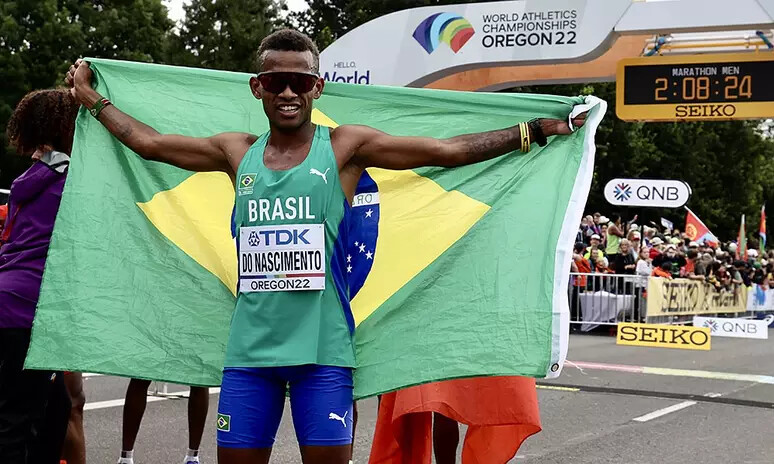
The three banned substances in Nascimento’s test are all anabolic steroids (precursors of testosterone). Do Nascimento will likely face a four-year ban from athletics, jeopardizing his dreams for the 2028 Olympics in Los Angeles. The 25-year-old’s suspension may be reduced to three years if he admits to the three anti-doping rule violations.
Do Nascimento’s girlfriend, Graziele Zarri, was also suspended earlier this year after testing positive for androstanediol and testosterone in a test conducted by the Anti-doping Agency of Kenya (ADAK). She ran 2:42:48 in her marathon debut last December in Valencia.

Beside being the South American record holder for the marathon, do Nascimento is most famous for taking a porta-potty stop while leading the 2022 New York City Marathon. He set a blistering pace for 30 km, but ended up collapsing and did not finish the race.
Do Nascimento also made headlines at the 2020 Olympic marathon in Tokyo for exchanging mid-race fist bumps with former world record holder Eliud Kipchoge. The moment went viral, making do Nascimento a well-known name in Brazil and the distance running world.
by Marley Dickison
Login to leave a comment
Anti-Doping Agency reveals details leading to suspension of top Brazilian athlete caught in Kenya
The Anti-Doping Agency of Kenya has detailed how a top Brazilian athlete training in Kenya was nabbed over the use of a prohibited substance before she was suspended.
Anti-Doping Agency of Kenya (ADAK) has explained how Brazilian athlete Graziele Zarri was caught cheating in the country before she was provisionally suspended.
Zarri was among five athletes suspended by ADAK over various doping offences last month, the others being Kenyans Samuel Kimani Wanjiru, Panuel Mkungo, Brian Kiptoo and Victor Kiptoo.
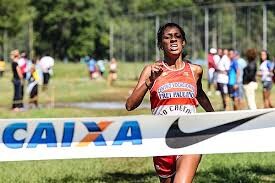
The Brazilian was nabbed for using prohibited substances S1.1 Anabolic Androgenic Steroids (AAS)/Testosterone with tests conducted while she was in the country.
“I confirm that ADAK collected a sample from the athlete on 23rd January 2024,” ADAK’s Head of Legal Services Bildad Rogoncho said in a response to Pulse Sports.
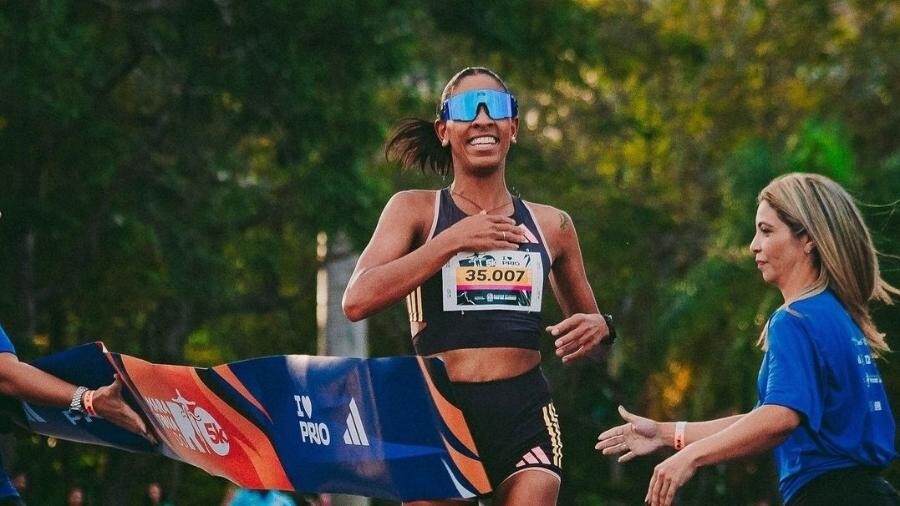
“The sample was transported to and analyzed by a WADA accredited laboratory in Stockholm, Sweden; that is the Doping Control Laboratory - Karolinska University Hospital.
“The Sample tested positive for Anabolic Androgenic Steroids (AAS)/ Pregnanediol, Androsterone, Androstane, Ketoetiocholanolone, Androstanediol, Etiocholanolone, Adilos, Epitestosterone and Testosterone.
“The athlete’s case was then referred to the Brazilian National Anti-Doping Organization for processing.”
ADAK says the athlete had been training in Eldoret when the sample was collected but when contacted, she denied having used the prohibited substance and claimed to have used a supplement acquired in Kenya.
She, however, failed to produce proof of the supplement and could not also recall its name, leaving ADAK with no option but to act.
“The athlete alleged to have bought and used some supplement which are suspected to have been contaminated with the substance found in the athlete's system. This matter is now being dealt with by the Brazilian National Anti-Doping Organization,” added Rogoncho.
Zarri is a long-distance runner who recently won the 5k race in Rio de Janeiro, Brazil and had been training in Kenya, alongside her husband Daniel Nascimento, in a bid to make Brazil’s Olympics team.
Nascimento is the South American marathon record holder and the only Brazilian qualified for the marathon at the upcoming Paris Olympics.
by Joel Omotto
Login to leave a comment
ADAK suspends highest number of Kenyan athletes since January last year
The Anti-doping Agency of Kenya has unveiled the highest number of athletes banned for violating various doping rules.
The Anti-doping Agency of Kenya has banned 33 Kenyan athletes for violating the various doping rules as per the Athletics Integrity Unit.
The list includes 26 runners with the remaining coming from basketball, rugby and handball. In road running, one of the most shocking athletes to have made the list of shame is Joshua Belet, the 2023 TCS Amsterdam Marathon champion.
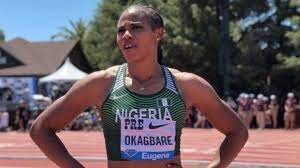
According to reports, this marks the highest number of suspended athletes since January last year, when Kenya was on the verge of being banned by World Athletics. However, it is a move that was anticipated since there has been increased testing.
Belet, a 26-year-old long distance runner, has been suspended for the presence of Anabolic Androgenic Steroids, Testosterone, Adiol, Pregnanediol, Androsterone and Etiocholanolone. Belet was a promising talent who even made his national team debut at the World Championships in Budapest, Hungary but did not finish the race.
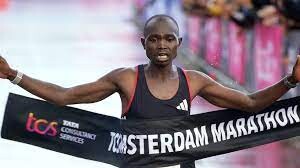
Dorcas Kimeli has also been suspended and she was also a promising athlete who had represented Kenya in a couple of events including the 2020 World Half Marathon championships where she finished 11th. As reported by Nation Sport, Jepchumba has been suspended for tampering with any part of the doping control.
Meanwhile, upcoming sprinters Duke Osoro and Joan Jeruto have also been added to the list of shame with the 2012 World Under-20 5000m champion David Bett also making the list.
Brian Wahinya, a former Kenya Sevens player has also found himself in hot soup alongside fellow players Charlton Mokua and Zeden Lutomia. The trio has been suspended for the presence of Cannabinoids, linked to cannabis sativa.
The basketball players who have gotten themselves in the list of shame include Alex Ramazani, Albert Onyango and James Mwangi Maina.
by Abigael Wuafula
Login to leave a comment
Former Geneva marathon champion slapped with 7-year doping-ban for repeat offense
The Kenyan road runner was nabbed with prohibited substances in her system and will pay dearly for her second infraction.
The Athletics Integrity Unit has slapped Josephine Chepkoech with a seven-year ban for the the Presence/Use of a Prohibited Substance (Testosterone) from May 7, 2024.
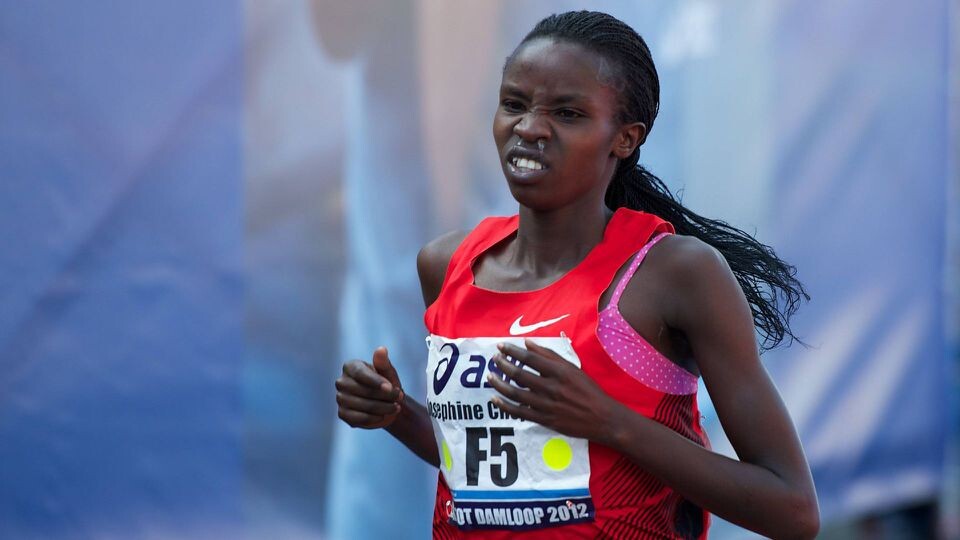
Chepkoech’s results from February 18 this year have also been disqualified. The 2019 Geneva Marathon champion was provisionally suspended by the AIU on May 9, 2024, being served with a Notice of Allegation for violating Article 2.1 and Article 2.2 of its anti-doping regulations.
The AIU explained that on February 18, Chepkoech provided a urine sample during her competition at the Seville Marathon where she finished second in the race and after her urine was tested, it was found to have substances banned by the World Athletics Anti-doping Agency.
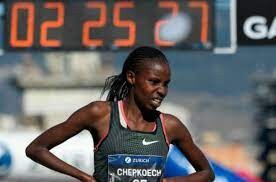
It was further noted that the athlete was not exempted from the use of the substance, popularly known as the Therapeutic Use Exemption (TUE).
The athlete accepted the ruling but this was the second time she had found herself on the wrong side of the law, having violated the anti-doping rules. She had previously served a period of ineligibility for two years from 2015 to 2017.
The athlete was required to serve a ban of eight years but after she accepted the ruling and responded in good time, she will serve the ban for seven years.
Meanwhile, Chepkoech made her marathon debut in 2018 at the Nairobi Marathon, dominating the women's race and winning in a time of 2:33:11. Last season, she competed in the Chengdu Marathon and ended up finishing fifth.
She has enjoyed a great marathon running career after her debut, where she finished second in both the 2019 Sydney Marathon and Zurich Marathon. In 2020, she finished fourth in the Zurich Marathon before her two marathons in 2023 and 2024.
by Abigael Wuafula
Login to leave a comment
Caster Semenya determined to fight on against DSD regulations
Double Olympic 800-meter champion Caster Semenya appeared at the European Court of Human Rights (ECHR) on Wednesday to continue her challenge against World Athletics regulations that female athletes with differences in sexual development (DSDs) medically reduce their testosterone levels.
The ECHR ruled in July 2023, by a majority of four votes to three, that Semenya's original appeal to a Swiss Federal Tribunal against the regulations had not been properly heard.
But the Swiss, encouraged by World Athletics, have appealed that verdict to the ECHR Grand Chamber for a final and definitive decision. A verdict is expected in the coming months.
"This is an important day in my journey as a human being and athlete. It has been a long time coming," Semenya told reporters.

"The outcome of this case is very important. You need to pave out a way for young women so they don't face the injustice, the scrutiny of being judged, being dehumanized and being discriminated (against).
"I don't think this is about my career. It is about me being an advocate for what is right, to voice out for those who cannot fight for themselves."
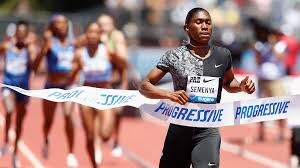
Should Semenya be successful it will open up the possibility of a fresh challenge to the regulations that effectively ended her running career, though she says her fight is now for future generations.
"I hope that the court's decision will pave the way for all athletes' human rights to be fiercely protected, for once and for all," she added.
Under the World Athletics rules, female athletes with differences in sexual development (DSDs) must lower their level of testosterone to below 2.5 nmol/L for at least six months to compete. This can be done medically or surgically.
Athletes competing in events between 400 meters and a mile must keep their levels below 2.5 nmol/L for 24 months.
World Athletics have denied there is any attempt to discriminate in their regulations.
"World Athletics has only ever been interested in protecting the female category. If we don’t, then women and young girls will not choose sport. That is, and has always been, the Federation’s sole motivation," the sports body said in a previous statement to Reuters.
"We remain of the view that the DSD regulations are a necessary, reasonable and proportionate means of protecting fair competition in the female category as the Court of Arbitration for Sport and Swiss Federal Tribunal both found, after a detailed and expert assessment of the evidence."
by Sport
Login to leave a comment
Kenyan Josephine Chepkoech provisionally suspended by the Athletics Integrity Unit
A Kenyan marathon runner has been provisionally suspended by the Athletics Integrity Unit over alleged use of prohibited substances.
The Athletics Integrity Unit (AIU) has provisionally suspended Kenyan marathoner Josephine Chepkoech following allegations of doping involving the prohibited substance, testosterone.
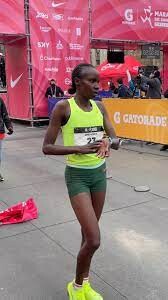
In a statement, the AIU said Chepkoech had been served with a Notice of Allegation for violating Article 2.1 and Article 2.2 of its anti-doping regulations.
"The AIU has provisionally suspended Josephine Chepkoech (Kenya) for Presence (Testosterone Metabolites)/Use of a Prohibited Substance (Testosterone)," the AIU confirmed.
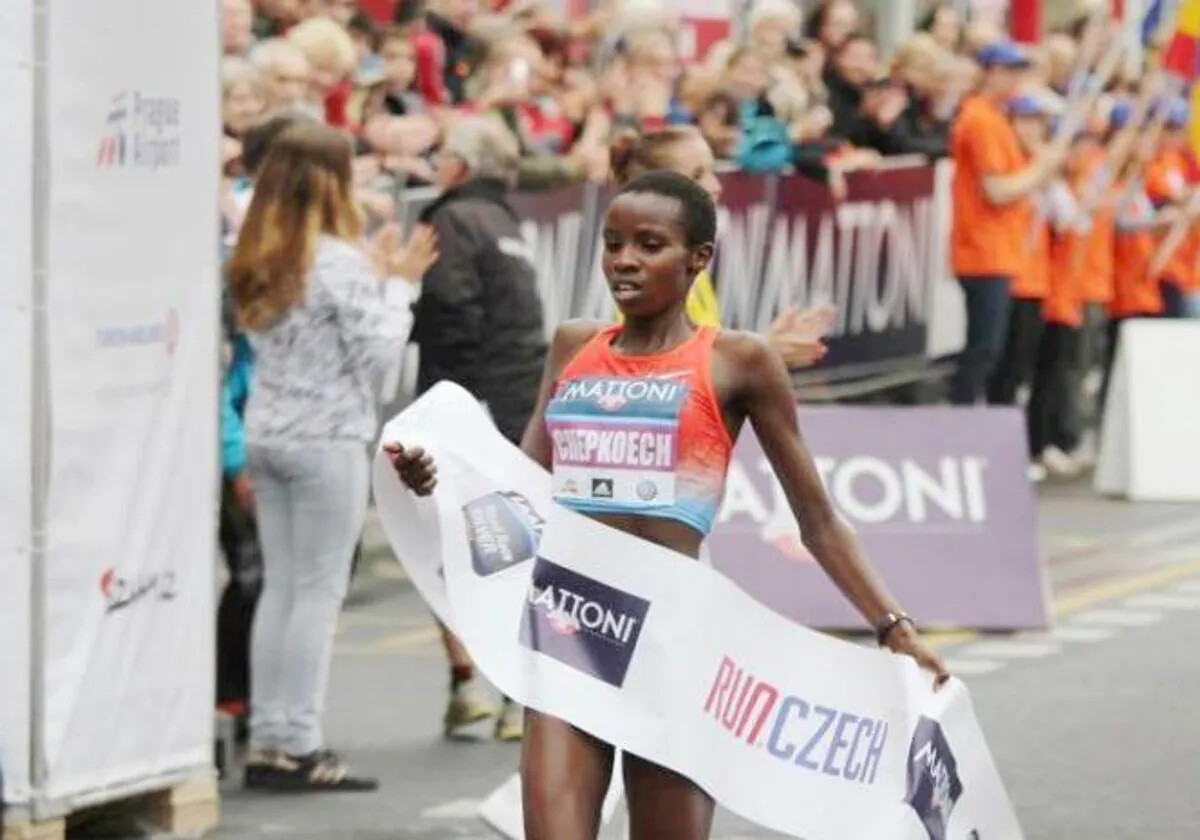
Chepkoech, 35, set her personal best marathon time of 2:22:38 in February at the Seville Marathon.
She had made her marathon debut in 2018 at the Nairobi Marathon, dominating the women's race with a winning time of 2:33:11.
Chepkoech's provisional suspension means she cannot participate in any competition until a final decision is reached which could result in an acquittal or a formal ban.
This is part of the AIU's crackdown on prohibited substances in athletics which has seen a rising number of Kenyan athletes penalized.
Notably, former youth world champion Jackline Wambui was also provisionally suspended in February due to a violation involving 19-Norandrosterone and 19-Noretiocholanolone which are also prohibited substances.
She faces a two-year ban pending a Court of Arbitration for Sport (CAS) appeal.
Wambui's achievements include winning gold at the 2017 under-18 world championships and becoming the 2019 African junior champion.
by Festus Chuma
Login to leave a comment
Kenya's Celestine Chepchirchir issued with three-year ban for doping offence
Kenyan runner Celestine Chepchirchir has been banned for three years after testing positive for a prohibited substance, forfeiting all recent titles and awards
Kenyan road runner Celestine Chepchirchir has been banned for three years from competing after being found to have violated World Athletics anti-doping rules.
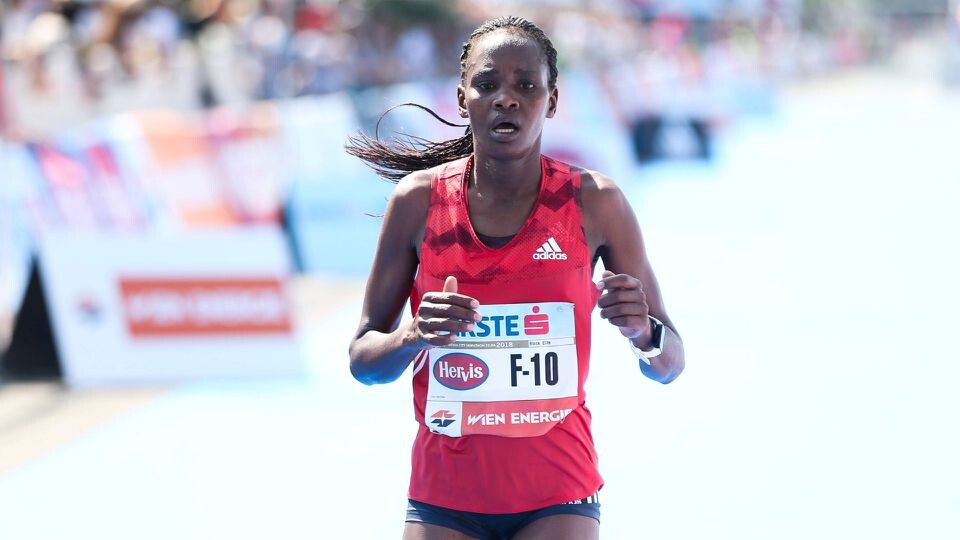
The 28-year-old athlete provided a urine sample out-of-competition in Kapsabet on February 9, 2024 which tested positive for exogenous testosterone and its metabolites.
According to the official AIU statement, the laboratory in Lausanne, Switzerland, identified the presence of testosterone and its metabolites—Androsterone, Etiocholanolone, 5α-androstane-3α,17 diol, and 5β-androstane-3α,17 diol—as being of exogenous origin.
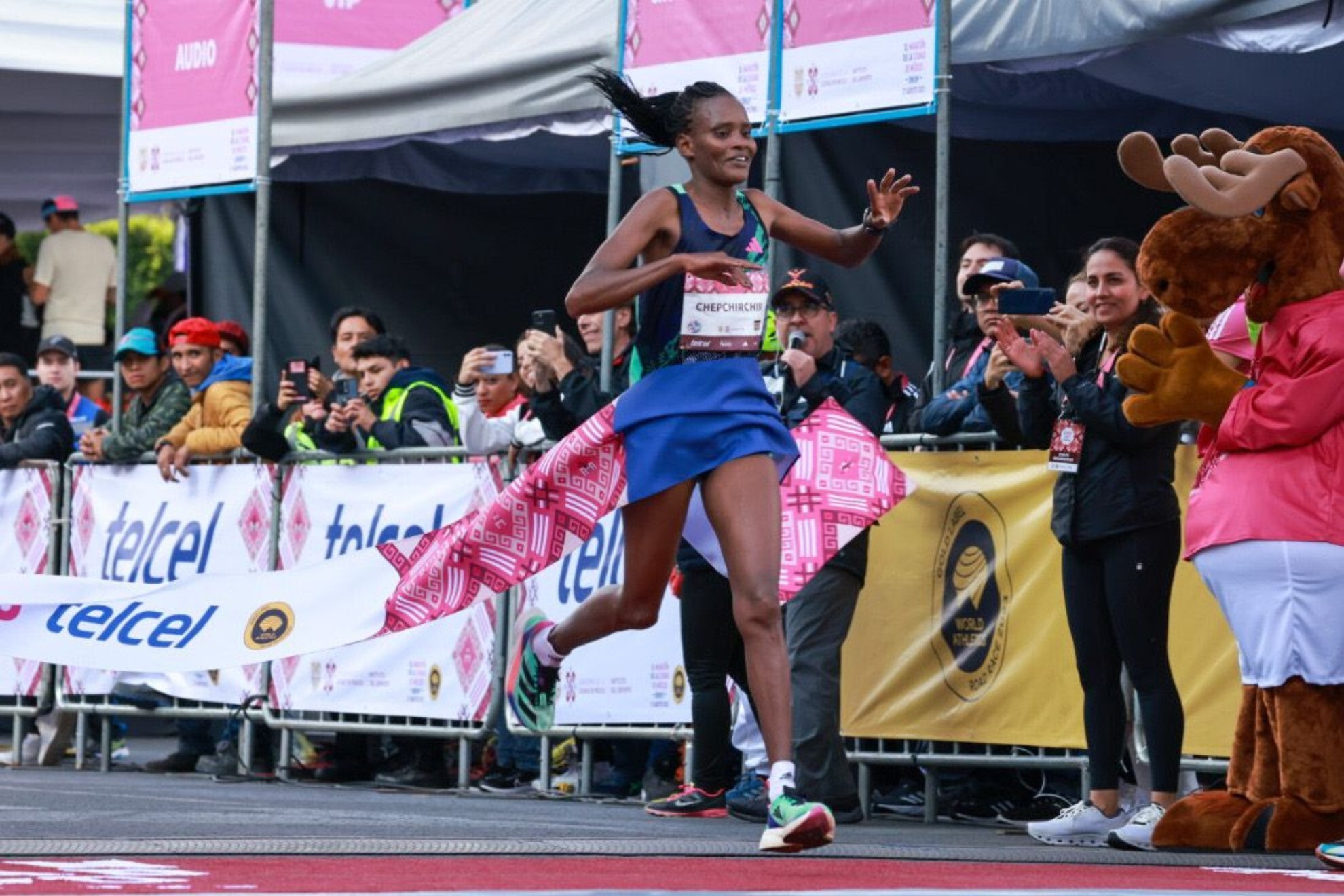
"Ms. Celestine Chepchirchir did not have a Therapeutic Use Exemption that would justify the presence of these substances," the AIU confirmed.
The ruling added that there was no departure from the International Standard for Testing and Investigations or the International Standard for Laboratories that could explain the adverse finding.
The athlete faced a mandatory four-year period of ineligibility for such a violation under the World Anti-Doping Agency (WADA) guidelines.
However, Chepchirchir's prompt admission of the violations and her acceptance of the consequences enabled her to benefit from a reduced three-year ban.
"The athlete did not reply within the initial deadline but subsequently signed an Admission of Anti-Doping Rule Violations and Acceptance of Consequences Form," the AIU reported.
Celestine Chepchirchir's ban will commence from March 26, 2024, the date on which her provisional suspension was first imposed.
Moreover, all her results post-February 9, 2024, will be disqualified, with all consequent titles, awards, medals, points, prizes, and appearance money forfeited.
Rights of appeal against the decision are available to WADA and the Anti-Doping Agency of Kenya (ADAK), which could potentially take the matter to the Court of Arbitration for Sport in Lausanne, Switzerland.
The AIU has confirmed that this decision will be publicly reported on their website as part of their commitment to transparency and fairness in the handling of doping cases in athletics.
This case marks another in a series of doping incidents involving Kenyan athletes a troubling pattern that has drawn global attention to the nation's sports programs.
by Festus Chuma
Login to leave a comment
Ethiopian Olympic steeplechase finalist banned five years for EPO
Zerfe Wondemagegn, 21, will miss the next two Olympic Games due to a positive EPO test.
Zerfe Wondemagegn, an Ethiopian runner who reached the women’s 3,000m steeplechase final at the Tokyo Olympics and narrowly missed the world championship podium last year in Budapest, has been banned for five years by the Athletics Integrity Unit (AIU) after testing positive for two banned substances.
The 21-year-old was provisionally suspended by the AIU last November after traces of testosterone and erythropoietin (EPO) were found in an out-of-competition sample. According to the AIU, it received emailed testimony from an Ethiopian doctor stating that Wondemagegn had been given EPO as medicine to treat severe anemia and a kidney infection, but it “remained satisfied” she had broken anti-doping rules. The organization added that it had received a signed admission from the athlete last week.
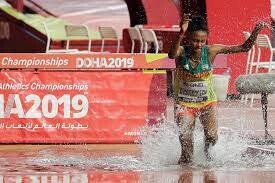
Wondemagegn finished eighth at the Tokyo Olympics and fourth at the 2023 World Athletics Championships in Budapest. Two of the three samples in her case were taken while she was in Hungary (at worlds), and her result will be disqualified. Her fourth-place finish in Budapest earned her USD $16,000 in prize money.
Her suspension will leave her out of the 2024 Paris Olympics and run through October 2028, meaning she will also miss the 2028 Los Angeles Olympics.
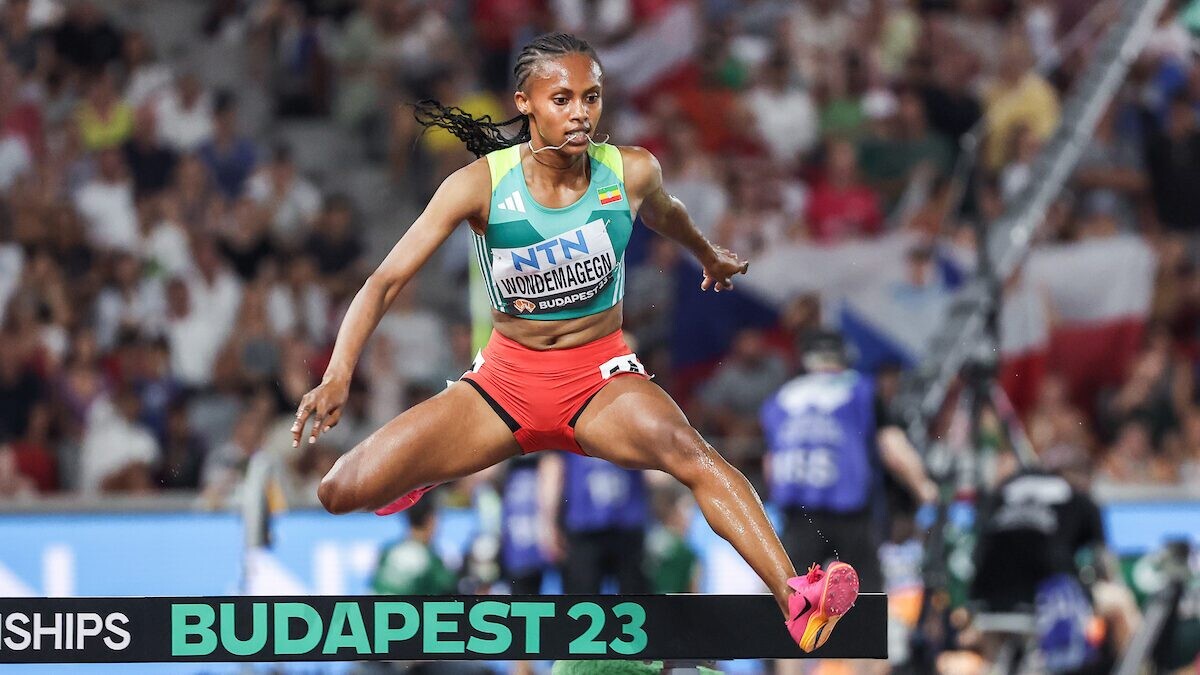
Wondemagegn’s case is the latest in a series of doping cases in the women’s steeplechase event. The 2022 world champion, Norah Jeruto of Kazakhstan (previously of Kenya), is facing a doping hearing in June, five weeks before the Paris Olympics. World Athletics is appealing against an earlier decision to clear the runner. Jeruto has argued that ulcers and COVID-19 explain her irregular blood test results.
Login to leave a comment
Ben Johnson thinks doping is worse than 30 years ago
Jamaican-born Canadian sprinter Ben Johnson made his name in track and field by winning the 100m dash at the 1988 Olympics in Seoul, which was dubbed the dirtiest race in history. Days after the race, Johnson’s urine sample came back positive for the steroid stanozolol, and he was stripped of his Olympic gold and issued a three-year ban. Though Johnson competed during a dirty time in track and field, the former world champion thinks the sport today is dirtier than it was 30 years ago.
In a March 27 interview with Radio Jamaica, Johnson said he believes not much has changed from his era to now, and that he is not surprised to see so many doping violations in athletics. “If it weren’t for the more powerful nations being beaten at their own game, doping wouldn’t be a big issue,” said Johnson.
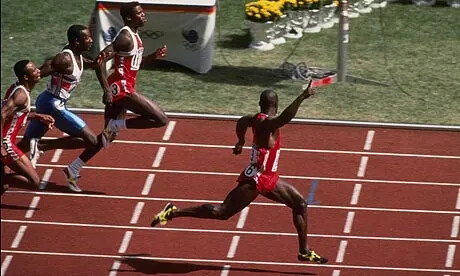
Johnson, now 62, was banned for life from athletics by the IAAF (now World Athletics) in 1993 after another positive doping test, this time for excess testosterone. Johnson believes countries like Jamaica are punching above their weight with its sprint rivalry against the U.S. “In my days, the Americans did not like someone from a small island beating them,” he said. “The opportunity to do well and make a living in track and field is hard. Americans blame others, but they also dope themselves.”
The 1988 Olympic 100m final was dubbed the dirtiest race ever, as six of the eight finalists had a positive doping test at some point in their careers. The bronze medallist, American Calvin Smith, was the only sprinter among the top five who never had a positive test.
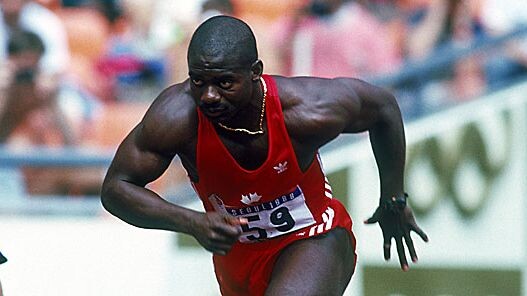
Johnson went on to say that he does not follow track and field as much as he used to, but still sees the times athletes are running on social media and sanctions posted by the Athletics Integrity Unit (AIU).
by Marley Dickinson
Login to leave a comment
Kenya's Winnie Jemutai issued with three-year ban for doping offence
Winnie Jemutai is the latest Kenyan athlete to join the list of shame after being provisionally suspended by the AIU for the Presence/Use of Prohibited Substance (Testosterone).
The Athletics Integrity Unit (AIU) has banned Kenyan middle-distance runner Winnie Jemutai Boinett for three years due to the presence and use of a prohibited substance, testosterone.
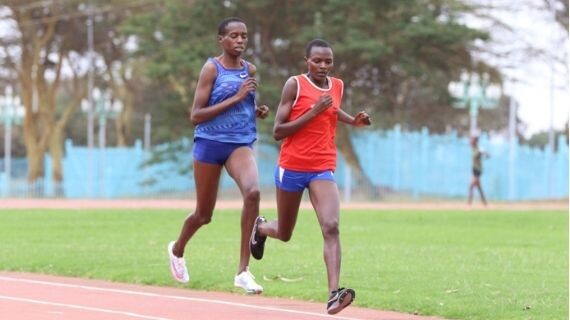
This decision follows the disqualification of Boinett's results since November 12, 2023 when she was provisionally suspended.
Boinett's suspension comes after a urine sample she provided in-competition at the XLI Cross Internacional de Italica in Seville, Spain, on November 12, 2023, tested positive for testosterone, a substance banned under the World Anti-Doping Agency's (WADA) prohibited list.
Following the initial findings, Boinett admitted to the anti-doping rule violations and accepted the consequences, including the forfeiture of any medals, titles, points, prize money, and other prizes won since the date of the provisional suspension.
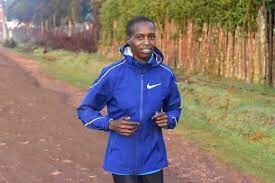
In a letter to the AIU dated March 5, 2024, Boinett stated, "I had injury. I went to different hospitals for treatment, I don't have exact documents showing exact medications that I went through I honestly accept that I break the anti-doping rules and am ready to face the consequences thank you."
This early admission and acceptance of sanction led to a one-year reduction in the originally asserted period of ineligibility, pursuant to Rule 10.8.1, based on Boinett's cooperation and acknowledgment of the violations.
Furthermore, the World Anti-Doping Agency (WADA) and the Anti-Doping Agency of Kenya (ADAK) have been granted the right to appeal against this decision to the Court of Arbitration for Sport in Lausanne, Switzerland, should they find grounds to do so.
This provision ensures that all parties involved have a fair opportunity to present their case and seek justice through the appropriate legal channels.
by Festus Chuma
Login to leave a comment
Nobert Kigen provisionally suspended by AIU for doping
Nobert Kigen is the latest Kenyan athlete to join the list of shame after being provisionally suspended by the AIU for the Presence/Use of Prohibited Substance (Testosterone).
The Athletics Integrity Unit has provisionally suspended Nobert Kigen for the Presence/Use of Prohibited Substance (Testosterone).
Kigen, the 2022 Prague Marathon champion, has not been very competitive in international races since 2018 when he competed in five races.
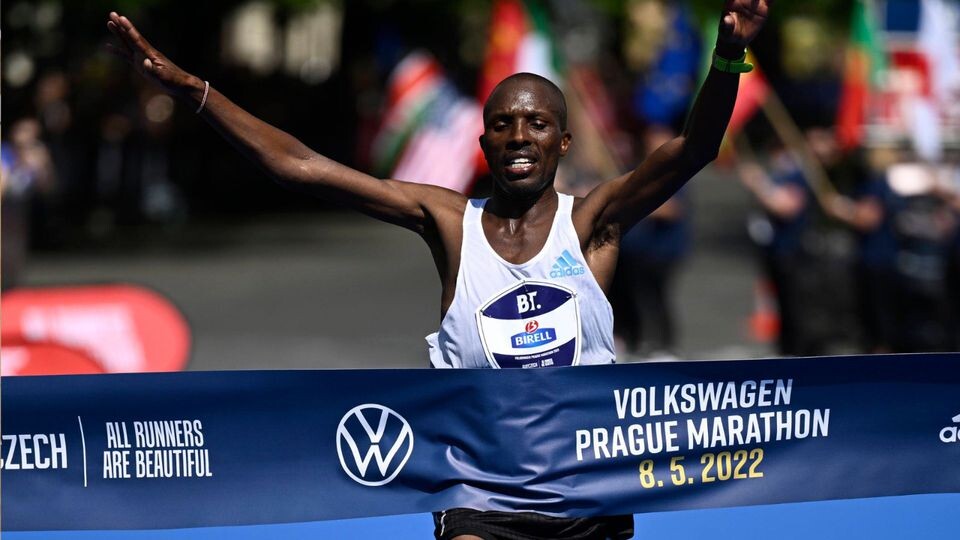
In 2019, he intended to compete at the Tokyo Marathon but he did not finish the race. He finished third at the 2021 Prague Marathon before proceeding to win the edition of the race in 2022.
The same year, he finished seventh at the Amsterdam Marathon and then finished fourth at the Bangsaen Half Marathon in 2023. He opened his 2024 season with a 10th place finish at the Xiamen Marathon.
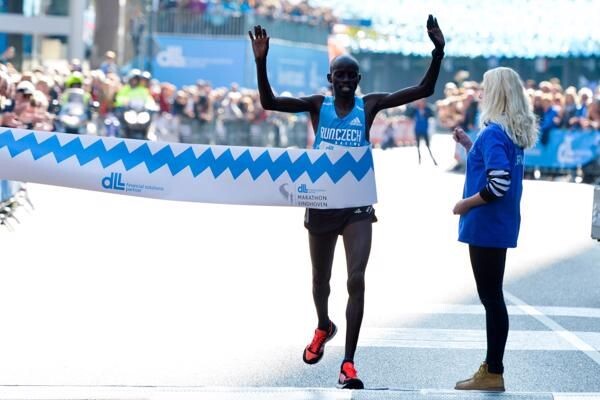
Meanwhile, the AIU has also Agnes Mueni Mutua for the Presence/Use of Prohibited Substances (Testosterone, Trimetazidine).
As per the AIU, a Provisional Suspension is when an Athlete or other Person is suspended temporarily from participating in any competition or activity in Athletics prior to a final decision at a hearing conducted under the World Athletics Anti-Doping Rules or the Integrity Code of Conduct. The Kenyan duo are the latest to join the list of shame as they await their verdict.
by Abigael Wafula
Login to leave a comment
Sarah Chepchirchir slapped with an eight-year ban by AIU
39-year-old runner Sarah Chepchirchir has been slapped with an eight-year ban for violating the anti-doping rules for the second time following her first ban which happened from 2019 to 2023.
The Athletics Integrity Unit has slapped Sarah Chepchirchir of Kenya with an eight-year ban for violating an anti-doping rule.
Chepchirchir was banned for the Presence/Use of a Prohibited Substance (Testosterone) and her results from November 5, 2023have been disqualified.

The AIU reported that the 39-year-old runner provided a urine sample on November 5, 2023, after competing at the Bangsaen42 Chonburi Marathon in Chonburi, Thailand.
An analysis of the sample by the World Anti-Doping Agency (“WADA”) accredited laboratory in Bangkok, Thailand (the “Laboratory”), revealed the presence of Metabolites of Testosterone consistent with exogenous origin (the “Adverse Analytical Finding”).
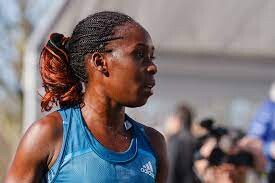
As per the AIU, testosterone is a Prohibited Substance under the WADA 2023 Prohibited List under the category S1.1 Anabolic Androgenic Steroids. It is a Non-Specified Substance prohibited at all times.
Meanwhile, the AIU further noted that the Chepchirchir previously served a period of Ineligibility of four (4) years from February 6, 2019 to February 5, 2023 for an Anti-Doping Rule Violation under Article 2.2 of the 2018 IAAF Rules (equivalent to Rule 2.2 of the Rules) (Use of a Prohibited Substance or a Prohibited Method) based on abnormal values in the hematological module of her Athlete Biological Passport.
“A period of Ineligibility of eight (8) years commencing on December 22, 2023, until December 21, 2031, and disqualification of the Athlete’s results on and since November 5, 2023, with all resulting consequences, including the forfeiture of any titles, awards, medals, points prize, and appearance money.
“The Athlete is deemed to have accepted the above Consequences and to have waived her right to have those Consequences determined by the Disciplinary Tribunal at a hearing,” the AIU said regarding her punishment.
by Abigael Wuafula
Login to leave a comment
AIU ban James Karanja for four years
James Karanja, the athlete who competed and won a race during his provisional suspension, has been banned for four years by the AIU.
Kenyan long-distance runner James Karanja has been slapped with a four-year ban by the Athletics Integrity Unit for violating an anti-doping rule.
Karanja tested positive for the use of 9-norandrosterone, 19-noretiocholanolone, Nandrolone, and his results from September 10, 2023, have been disqualified.
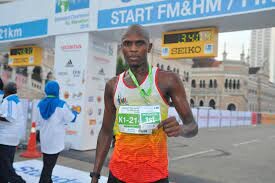
19-norandrosterone and 19-noretiocholanolone are Metabolites of 19-nortestosterone (Nandrolone) (and 19-norandrostenedione) which are Prohibited Substance under the WADA 2023 Prohibited List under the category S1.1 Anabolic Androgenic Steroids (AAS). They are non-specified substances prohibited at all times.
The AIU explained that the athlete failed to respond to any of their messages and therefore he will be banned for four years unless he reaches out and proves that the Anti-Doping Rule Violations were not intentional.
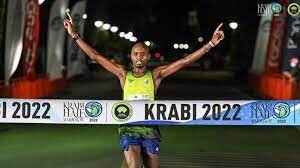
“The Athlete has not demonstrated that the Anti-Doping Rule Violations were not intentional. Therefore, the mandatory period of Ineligibility is a period of Ineligibility of four (4) years,” the AIU further noted.
Meanwhile, after being provisionally suspended last year, Karanja breached the AIU rules and went ahead to compete and win the Tropical Rainforest Run, a trail half-marathon in Tawau Hills, Malaysia.
The AIU makes it clear that during a provisional suspension, an athlete is not supposed to compete as they conduct their investigations.
According to the AIU, Karanja tested positive for the prohibited substance Norandrosterone during an in-competition test at the 2023 Kuching Marathon, where he finished fourth and was eligible for prize money.
by Abigael Wuafula
Login to leave a comment
Hosea Kimeli given three year ban as 2023 Zagreb Marathon title stripped off his name
Hosea Kimeli has been slapped with a three-year ban by the AIU and all his results since October 8, 2023, have been disqualified, including the forfeiture of any titles, awards, medals, points, prizes and appearance money
The Athletics Integrity Unit (AIU) has slapped Hosea Kimeli Kisorio with a three-year ban for an anti-doping rule violation.
The 33-year-old found himself on the list of shame after his tests came out positive for the presence of EPO, a Prohibited Substance under the WADA 2023 Prohibited List under the category S2 Peptide Hormones, Growth Factors, Related Substances and Mimetics.

As per AIU, the period ineligibility to be imposed is therefore a period of four years, unless the Athlete demonstrates that the Anti-Doping Rule Violations were not intentional.
“The Athlete has failed to demonstrate that the Anti-Doping Rule Violations were not intentional. Therefore, the mandatory period of Ineligibility is a period of Ineligibility of four years.
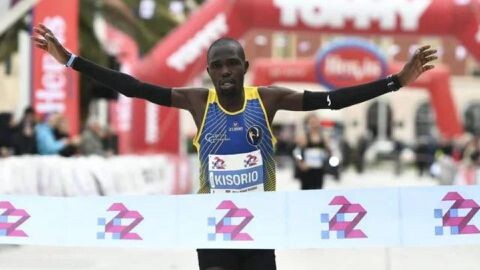
"However, Rule 10.8.1 ADR provides that an athlete potentially subject to an asserted period of Ineligibility of four (4) years may benefit from a one (1)-year reduction in the period of Ineligibility based on an early admission and acceptance of sanction,” the AIU further stated, adding that Kimeli admitted having committed the crime earlier this year, thus the reduction of the sanction.
This means that his results since he won the 2023 Zagreb Marathon have been disqualified.
Meanwhile, Kimeli was banned alongside his compatriot Ayub Kiptum who also received three years with his results from October 21, 2023 disqualified. Kiptum was banned for the Presence/Use of a Prohibited Substance (Testosterone).
by Abigael Wuafula
Login to leave a comment
Zagreb Marathon
Zagreb Marathon is a marathon and half marathon in Zagreb, Croatia. The marathon race is organized annually in October and was started in1992. The number of participants has increased over the years. Zagreb Marathon has an international character with participants from all over the world....
more...Agnes Jenet Ngetich recently smashed the world 10k record for women but maybe we need to take another look?
Agnes Jebet Ngetich Kenya ran 28min 46sec for 10km road race at Valencia in Spain, Taking half a minute off the previous record.
Sean Williams posted these thoughts on FB, thoughts shared by many we are sure: "I don’t usually like to be negative about world records. But I have to admit, for a long distance runner, this girl looks remarkably masculine. So either she was born with an incredibly strong female runner’s body, or she’s on some special kind of juice or she was a bloke a few years ago. 

just check that photo on your post. I’m thinking testosterone, growth hormones or some special new juice that most of us have not heard of yet.  sad to say that the women who have completely smashed world records, apart from in the marathon, and half marathon, tend to look very Masculine.

Take away the painted fingernails, make up and often fancy hair, and you could almost say you’ve got a bunch of guys holding all the female world records from the 100 m through to the 10,000 m. * apart from Faith in the 1500. I have a theory that all the Chinese who were smashing world records in the early 90s (Ma’s army) were all the top Chinese male runners and they got the cut and tuck. 8.06 for a chick in 3000m - come on!"
What are your thoughts?
by Sean Williams
Login to leave a comment
James Mwangi Wangari slapped with eight-year ban for doping offense
The Athletics Integrity Unit has banned 29-year-old James Wangari for violating an anti-doping rule.
The Athletics Integrity Unit has slapped James Mwangi Wangari with an eight-year ban for violating anti-doping rules.
The AIU reported that his ban backdates to December 21, 2022, and will run for eight years. The Kenyan has been banned for the Presence/Use of a Prohibited Substance (Norandrosterone). His results from November 6, 2022, have also been disqualified.
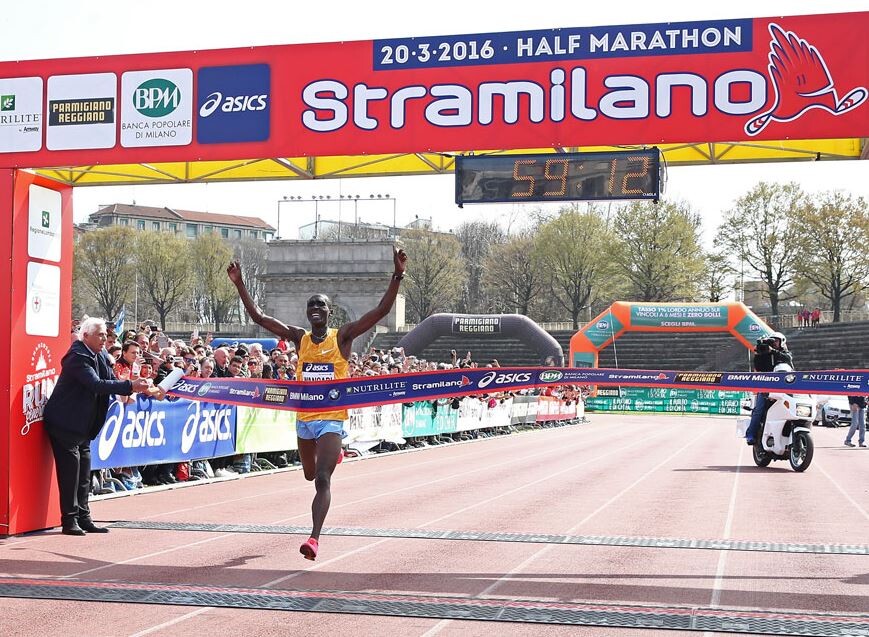
The AIU disclosed that Wangari had written to them explaining that he did not dope intentionally and requested a retest.
However, Wangari noted that he could not conduct the retest and therefore, the AIU charged him with an anti-doping rule violation.
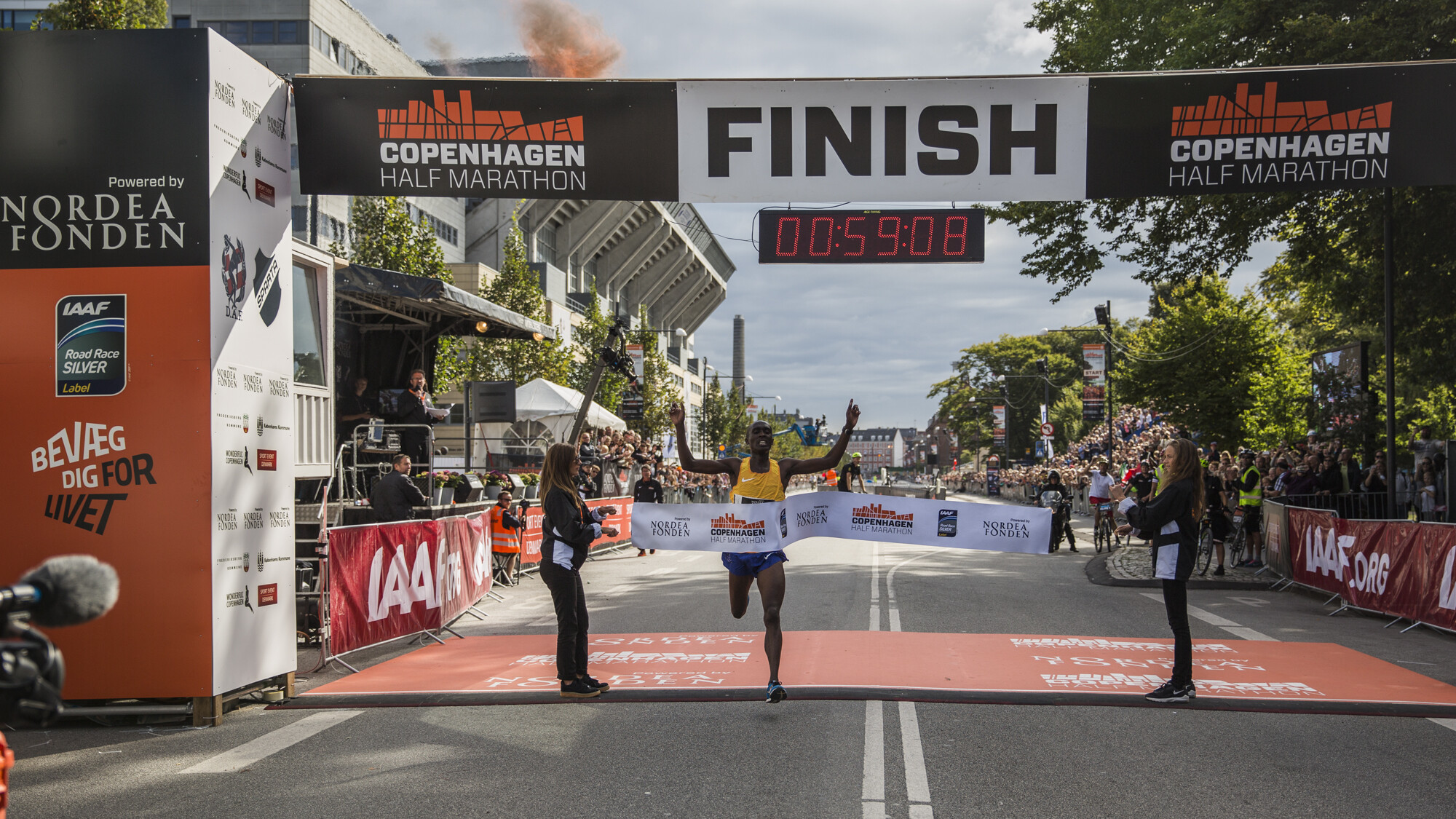
However, in February this year, the athlete requested a hearing and the matter was referred to the Disciplinary Tribunal. However, after a series of meetings with the AIU, it was ruled that he had committed the offense.
Meanwhile, others to join the list of shame include Joyce Chepkemoi Tele who has been banned for 18 months, from June 27, 2022 for the Presence of a Prohibited Substance (triamcinolone acetonide). Her results from April 3, 2022, have been disqualified.
Another Kenyan, Rebecca Jepchirchir Korir has also been banned for 2 years, from November 2, 2023, for the Presence of a Prohibited Substance (methylprednisolone).
Also, Sitora Khamidova of Uzbekistan has been suspended for the Presence/Use of Prohibited Substances Dehydrochloromethyl-testosterone, heptaminol, and octodrine.
by Abigael Wuafula
Login to leave a comment
Nonbinary runner protests New York City Marathon award changes
When marathoner and inclusivity activist Cal Calamia won the New York City Marathon’s nonbinary division in a blistering 2:48:46, they hoped to celebrate a hard-earned success after a challenging year. Instead, they found themself facing yet another hurdle: the race had added stipulations to the nonbinary awards, ruling Calamia out of receiving any prize money.
Calamia signed up for the 2023 New York City Marathon after the event added a nonbinary division in 2022. “The marathon boasted its inclusivity, and drew me to compete,” the runner said. “Following my win in NYC, I had not heard from NYRR (New York Road Runners), so I reached out. They informed me that I was not eligible for prize money, having not raced six NYRR races in 2023.”
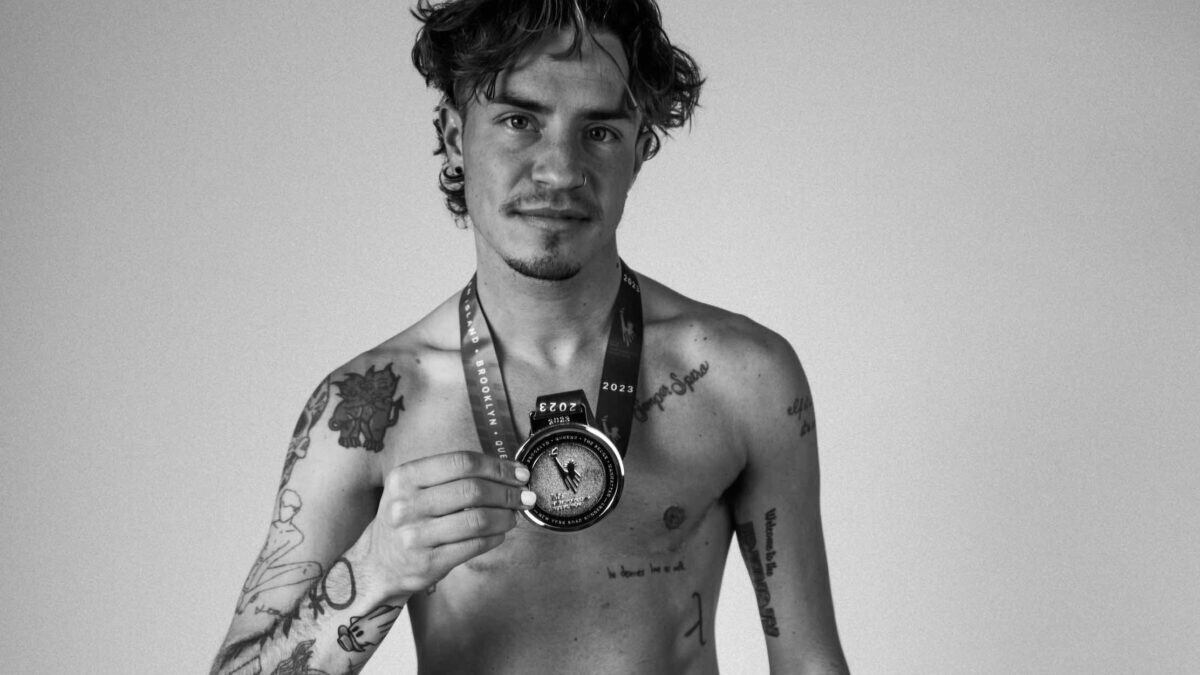
“There was no stipulation around having to run six races within a year to be eligible when I registered,” Calamia says, adding that for them, the new requirement is impossible to meet, since they live and work in San Francisco. “Apparently, the policy was updated on May 12, 2023, months after I registered for the race.” The only other award-winners who must meet the six-race requirement are those in the NYRR (club member) category; the overall winners of the other gender-based categories do not.
Battling for inclusivity is nothing new to Calamia: the runner recently won an epic battle with the U.S. Anti-Doping Agency (USADA). Calamia was assigned female at birth, and has been open about taking testosterone as gender-affirming hormone therapy. In October, they were granted a therapeutic use exemption (TUE) to compete in male, nonbinary and open categories at USA Track & Field (USATF)-governed events. This is believed to be the first exemption of its kind.
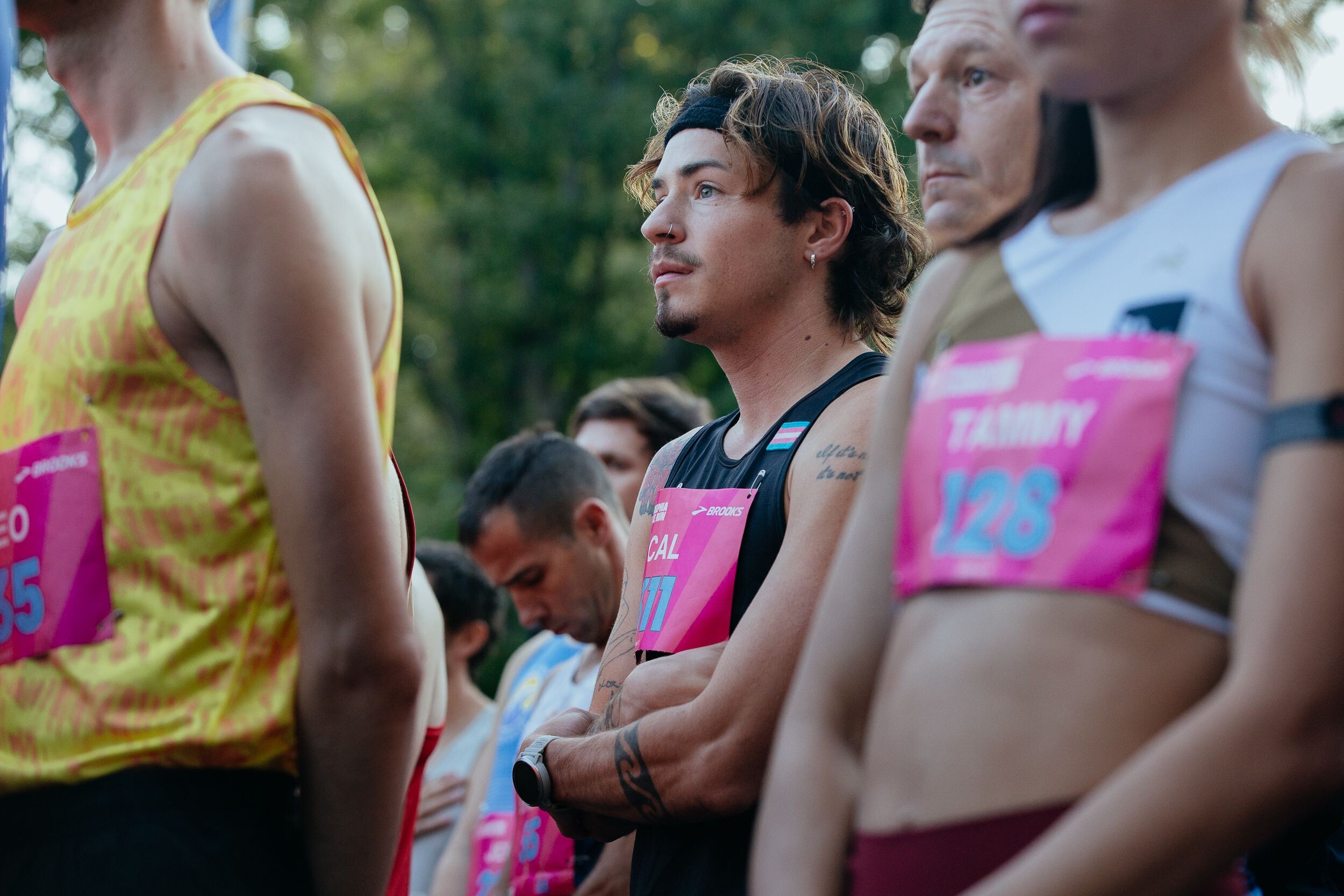
Calamia’s fight didn’t begin with USADA. The 27-year-old high-school cross-country coach in San Francisco has been changing the face of marathons across the country. In 2022, they successfully advocated for a nonbinary division at the San Francisco Marathon, which they then won. Calamia also helped organizers of the Boston Marathon create their first nonbinary division. “Every step forward feels like a massive achievement, but then is usually followed by backlash or the need to address a systemic inequity,” Calamia says.”All of these things are huge successes, but there is so much more work to do. It’s a never-ending loop. I find the greatest pride in little moments where someone tells me that I inspired them to come out, or to run, or to support their trans kid.”
Calamia says that while they are incredibly proud to have helped tear down barriers for the trans community, the work is emotionally exhausting. “It’s crushing to put in all the work and win the division, just to be told that I am not actually eligible to win,” Calamia says. “It has been a really rough year, and I wish I could have ended the season with a smooth process that allowed me to just celebrate and relax. Instead, here I am again, trying to push the system to recognize the humanity of trans and non-binary athletes.”
In early November, Calamia wrote to NYRR, asking them to honor the prize-money policy as it stood at the time of registration, “thus honoring its commitment to inclusivity and equity,” they explain. Calamia has heard nothing back. “If we want these categories to grow and support non-binary athletes to their full potential, we have to prevent athletes from having the type of year I’ve had,” they say. “And we have to hold organizations accountable when they institute exclusionary, inequitable policies.”
When asked how runners can encourage and support inclusivity, Calamia has simple, yet powerful suggestions. “Empathize. Assume the best in people,” they say. “Recognize that there is enough space for all of us. Hold that space. Create it. Invite each other in.”
by Keeley Milne
Login to leave a comment
TCS New York City Marathon
The first New York City Marathon, organized in 1970 by Fred Lebow and Vince Chiappetta, was held entirely in Central Park. Of 127 entrants, only 55 men finished; the sole female entrant dropped out due to illness. Winners were given inexpensive wristwatches and recycled baseball and bowling trophies. The entry fee was $1 and the total event budget...
more...Sub-elite Egyptian marathoner busted for doping after winning race
A sub-elite Egyptian marathon runner, Ahmed Saber Mohamed Bakry, has been suspended for 18 months by the Athletics Integrity Unit (AIU) following a positive in-competition test for the anti-inflammatory drug dexamethasone.
Bakry tested positive after winning the 2021 Gulf Bank 642 Marathon in Kuwait, which he finished in 2:54:47, about half an hour slower than his personal best of 2:26, set at the Kuwait City Marathon in 2017. He was only tested because he won the race and was eligible for prize money.
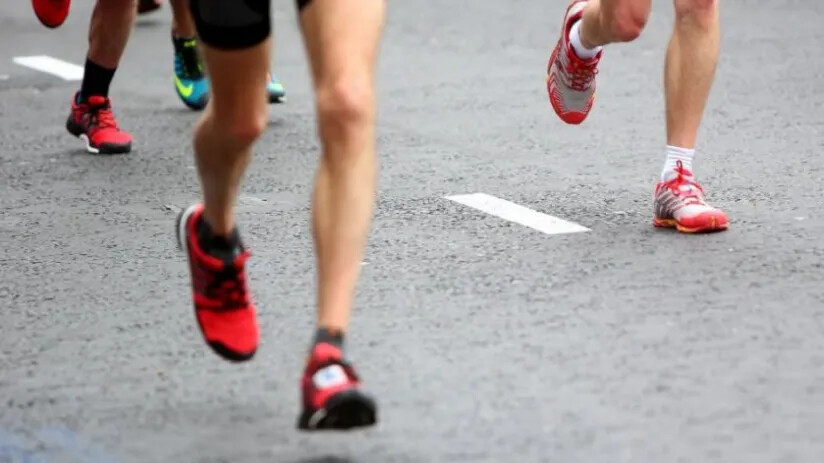
What is dexamethasone?
Dexamethasone falls under the drug category of glucocorticoids and is banned in competition only, according to WADA. That means if Bakry tested positive for it out of, or before, a competition, he would not be banned. Dexamethasone is commonly used by long-distance athletes like cyclists and marathon runners when they are competing at high altitudes; it can be used to treat/prevent altitude sickness and can give the athlete a competitive edge.
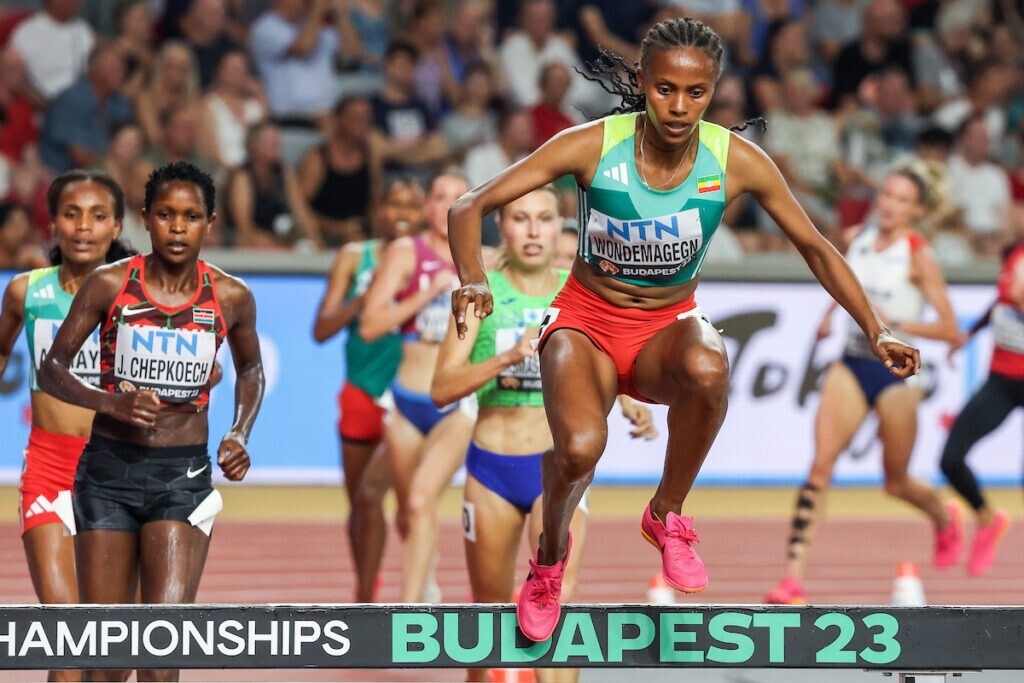
The marathon course in Kuwait City is low-lying, with the highest point only being 306 metres (1,004 ft) above sea level.
Bakry’s argument
According to the AIU, Bakry indicated that he had been prescribed the drug to treat an injury and had received weekly injections for a period of six weeks, including an injection on the evening of Nov. 19, 2021, less than 12 hours before the marathon. The AIU reviewed his positive test and new information, recommending that he should apply for an (r-TUE) retroactive Therapeutic Use Exemption. Bakry applied, but was eventually denied after failing to provide the AIU with an explanation as to why he was taking the drug the night before competing.
Bakry argued that the anti-doping rule violation was not intentional, but the AIU said his actions were a violation of Anti-Doping Rule 2.1: “The presence of a prohibited substance in the athlete’s sample constitutes an ADRV, and it is not necessary for the AIU to demonstrate intent, fault, negligence, or knowing use by the athlete.”
The 38-year-old’s race results from Nov. 20, 2021, to May 19, 2023, have been disqualified, and he is required to return his prize money from his win in Kuwait City.
Three more athletes penalized by AIU
Bakry was one of four athletes issued a period of ineligibility by the AIU on Wednesday. World Championship and Olympic steeplechase finalist Ethiopia’s Zerfe Wondemagegn was provisionally suspended (for testosterone), Athlete Refugee Team steeplechaser Fouad Idbafdil was provisionally suspended (for EPO), and Ugandan 1,500m runner Janat Chemusto issued a four-year ban (for nandrolone).
by Marley Dickinson
Login to leave a comment
Namibian sprinter Christine Mboma cleared for return after temporary suspension
Namibian sprinter Christine Mboma is cleared by World Athletics to return to the 100m and 200m events after a temporary suspension.
Namibian sprinter Christine Mboma is set to make a triumphant return to the track after receiving clearance from World Athletics (WA).
The Olympic Games silver medalist's temporary suspension, imposed by the WA Council in March 2023, has now been lifted, allowing her to compete once again in the 100m and 200m events.
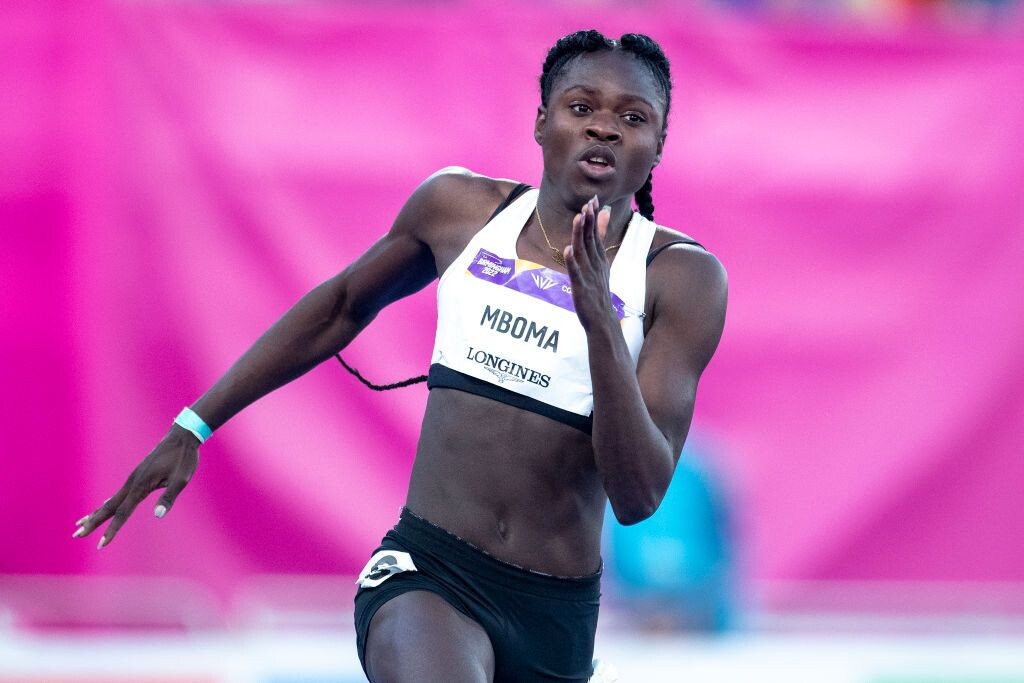
This news, confirmed by her coach Henk Botha, marks a significant milestone in Mboma's career, as she navigates the complex world of regulations concerning testosterone levels in female athletes, particularly those with Differences in Sex Development (DSD).
"She is cleared for the 100 and 200 meters initially, with the potential for further expansion to the 400 meters within the next two years. Eventually, all events will be accessible to her," said Mbotha.
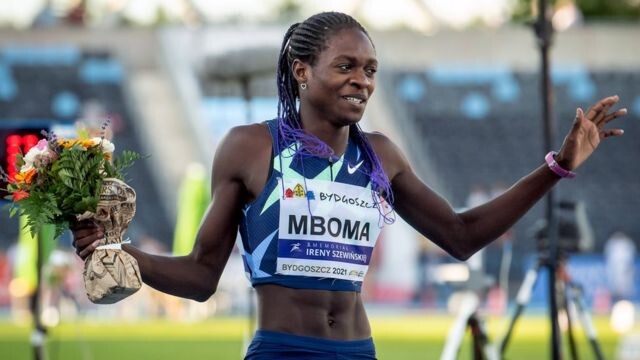
World Athletics started implementing stringent regulations governing testosterone levels for athletes in various categories nine months ago.
These regulations include a two-year reduction in testosterone levels for those competing in the 400, 800, and 1500-meter events, and a six-month requirement for others.
Navigating these new regulations has been a challenging journey, described by Botha as uncharted territory for both Mboma and World Athletics.
"It's been a rollercoaster ride, but we've managed to navigate it successfully. Christine has shown remarkable dedication and positivity during her training, gearing up to rejoin the global stage," the coach added.
Mboma's impending return to competitive racing represents a significant milestone in her career.
The Namibian had catapulted herself into the global athletics consciousness when breaking the 400m world under-20 record in 2021, before doing the same in the 200m a few months later to win an eye-catching Olympic silver in Tokyo.
World Athletics rules state that all athletes with DSD, who have 46 XY chromosomes with internal testes rather than ovaries, cannot compete in female sports unless they reduce their high testosterone levels for a minimum of six months and in some cases 24 months.
by Festus Chuma
Login to leave a comment
Caster Semenya: Double Olympic champion not ashamed of being different
Two-time Olympic champion Caster Semenya says she is "not going to be ashamed" of being "different", and will "fight for what is right" amid her ongoing dispute with athletics authorities.
Semenya, 32, was born with differences in sexual development (DSD) and cannot compete in female track events without taking testosterone-reducing drugs.
The South African wants to hold World Athletics to account for what she says is discrimination against athletes with hyperandrogenism and recently said she is turning her attention to "winning battles against the authorities" rather than collecting medals, with competing at the Paris 2024 Olympics no longer a goal.
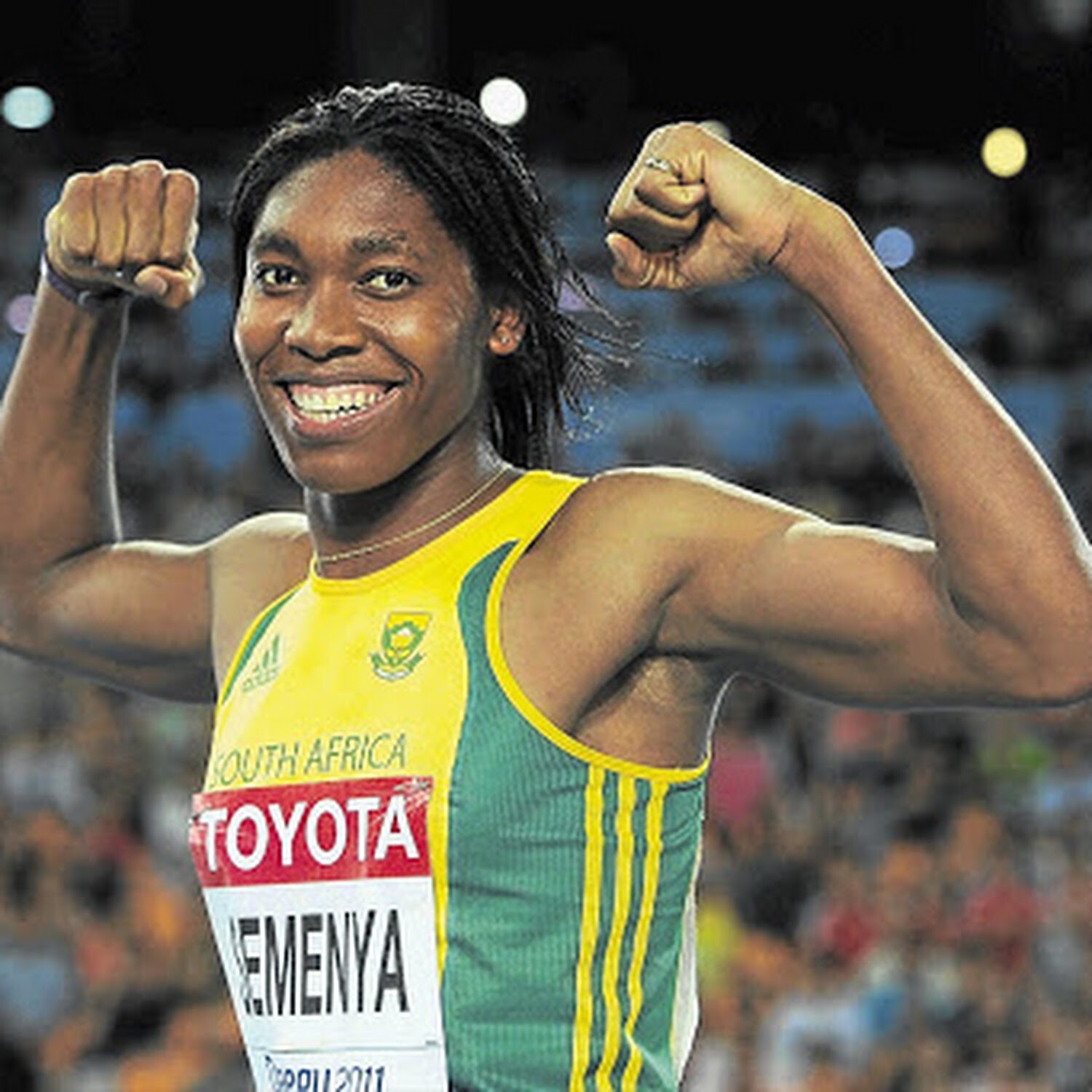
In a wide-ranging interview with BBC Breakfast's Sally Nugent, Semenya says:
She felt she was "different" from the age of five but "embraces" her differences
She will not conform "to be accepted"

She wants to empower women to "have a voice"
"Leaders" in sport are "turning women against women"
'I will embrace my differences'
Hyperandrogenism is a medical condition characterised by higher-than-usual levels of testosterone, a hormone that increases muscle mass and strength.
Under regulations introduced in 2018, athletes with DSD were only allowed to compete in female track events between 400m and the mile if they reduced their testosterone levels.
In March, World Athletics ruled that DSD athletes must now have hormone-suppressing treatment for six months before being eligible to compete in all-female events.
"For me, I believe if you are a woman, you are a woman," said Semenya, who won Olympic 800m gold in 2012 and 2016 and is a three-time world champion over the same distance.
"No matter the differences you have. I have realised I want to live my life and fight for what I think and I believe in myself.
"I know I am a woman and anything that comes along with it just accept it."
Semenya ran in the 5,000m at last year's World Championships in Oregon but failed to qualify for the final.
In July, the European Court of Human Rights (ECHR) ruled in her favour in a case related to testosterone levels in female athletes.
"At the end of the day, I know I am different. I don't care about the medical terms or what they tell me. Being born without a uterus or internal testicles. Those don't make me less of a woman," added Semenya.
"Those are the differences I was born with and I will embrace them. I am not going to be ashamed because I am different. I am different and special and I feel great about it.
"It comes with why we fight for women's sport. The importance of women's sport is not being taken seriously and we need to take charge of our own bodies. Decide what is right for us. Not another gender deciding what we should look like.
"If we are woman enough or not, it is up to us. We know and believe in what is right, then why must we stop."
The case at the ECHR was not against sporting bodies or DSD rules - but specifically against the government of Switzerland for not protecting Semenya's rights and dates back to a Swiss Supreme Court ruling three years ago.
The ECHR found the Swiss government did not protect Semenya from being discriminated against when its Supreme Court refused to overturn a decision by the Court of Arbitration for Sport (Cas), which upheld the World Athletics rules.
The case has now been referred to the Grand Chamber of the ECHR for a final ruling following a referral request from the Swiss government.
'I am not going to be somebody I am not'
Semenya has argued that taking testosterone-reducing medication could endanger her health and that the ruling denied her and other athletes with DSD the right to rely on their natural abilities.
She told BBC Breakfast that she knew she was "different" from the age of five but, in her autobiography, The Race To Be Myself revealed she found out she "did not have a uterus or fallopian tubes" at the same time as "the rest of the world" after a gender test in 2009.
She says she has "nothing to hide", adding: "I am a woman and have a vagina just like any other woman.
"I am living a different life and I will continue living that, as that is what makes me feel good. I am not going to be somebody I am not, as I have to fit in to be accepted."
Last week, Semenya said she had achieved all she ever wanted on the track, and now wants to "pave the way and make sure each and every young girl is treated well".
"My future is to fight injustice, fight for inclusivity and diversity," she said.
"For me, I'm not going to allow leaders who come for the selfish means into our business to destroy it. I'm about empowering women and making sure they have a voice.
"At the moment, I don't see a lot of women voicing out if they have problems or something to say. Each and every woman out there should fight for their own. I'll always fight for what is right, I know what is right, and I know how things are supposed to be done. Let's wake up as women and fight for what is right."
She added: "[Sporting leaders] are turning women against women. If you say you're acting in the best interests of athletes, then do that. It's not up to you to decide what gender should look like, what sex should look like. Govern, make money, promote sport. Very clear message and very loud - do the job, promote the sport and let us sports people entertain."
Last week, World Athletics said in a statement to Reuters: "World Athletics has only ever been interested in protecting the female category. If we don't, then women and young girls will not choose sport. That is, and has always been, the federation's sole motivation."
A spokesperson told the BBC: "World Athletics has 15 years of data, observations, and information directly from DSD athletes in our own sport that show high testosterone levels do provide an unfair advantage in the female category - and that our guidelines on testosterone thresholds are necessary, reasonable, and proportionate in our aim to protect the integrity of the female category."
by BBC News
Login to leave a comment
Caster Semenya says World Athletics president Seb Coe damaged her life
Caster Semenya has claimed that World Athletics damaged her personally and professionally through the hormone suppression medication that she had to take for six years.
In her new book, The Race to Be Myself, two-time Olympic champion Caster Semenya has revealed how World Athletics seemingly destroyed her life and she singled out President Seb Coe.

In her book, which was published on Tuesday, October 31, the South African claimed that they (World Athletics) damaged her personally and professionally through the hormone suppression medication she was required to take for six years. As reported by The Telegraph, Semenya explained how Coe had something against her.
“With me and Sebastian, it’s personal. He has something against me – that’s how I feel, and no one can change my mind,” Semenya writes.
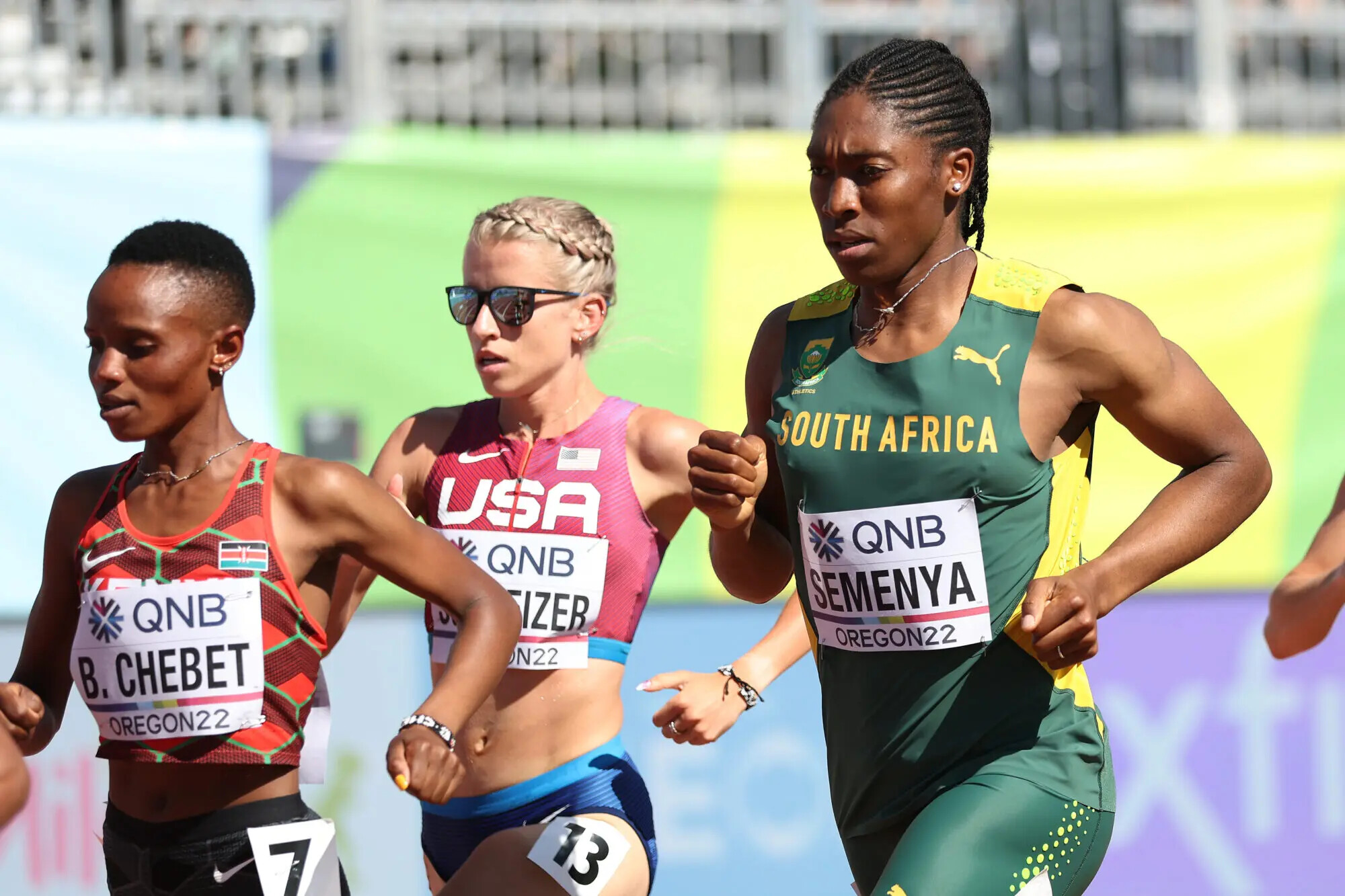
She started her professional career at 18 and her hyperandrogenism, which comes under the technical label of DSD (differences in sexual development), caused a dilemma in the world of athletics. In her book, she sets the record straight that she was born with a vagina but no womb and internal testes.
After her victory at the World Championships in 2009, World Athletics noted that she could only be allowed to compete if she suppressed her testosterone levels below 10 nmol/L.
However, the restriction was lifted in 2016 after another DSD athlete – Indian sprinter Dutee Chand – brought a legal challenge against the rule.
“The man (Coe) couldn’t help himself. Coe has always struck me as a small man, unsure of himself. He couldn’t stand being questioned about the regulations or me in particular.
He could barely say my name in interviews … My thoughts are that he should concentrate on doing the job he said he would do.
Clean up the sport … Everybody knows there is a systemic doping issue in athletics, and the IAAF has made a mess of dealing with it,” Semenya narrates.
Follow the Pulse Sports Kenya WhatsApp Channel for more news.
Meanwhile, Semenya noted that she will never again take hormone suppressants – to which she attributes side effects such as weight gain, cramps, and the weakening of bones – in order to race.
She disclosed that she did not know about her DSD condition until it was made public in 2009, soon after that first World Championship gold in Berlin.
“I found out, along with the rest of the world, that I did not have a uterus or fallopian tubes. I would say I was being treated like an animal, but I grew up tending to my family’s livestock, and we treated them with more respect than that,” she explained.
by Abigael Wuafula
Login to leave a comment
The Physiology of Training Plateaus
Scientists want to know why we don’t keep getting bigger and stronger forever
The law of diminishing returns, in the sports and fitness context, is not particularly controversial. When you’re a neophyte, small amounts of training produce big gains. When you’re a hardened vet, huge training loads are needed to squeeze out tiny gains. Eventually, and inevitably, you hit a ceiling. We’re so used to this pattern that we seldom stop to ask a very basic question: Why?
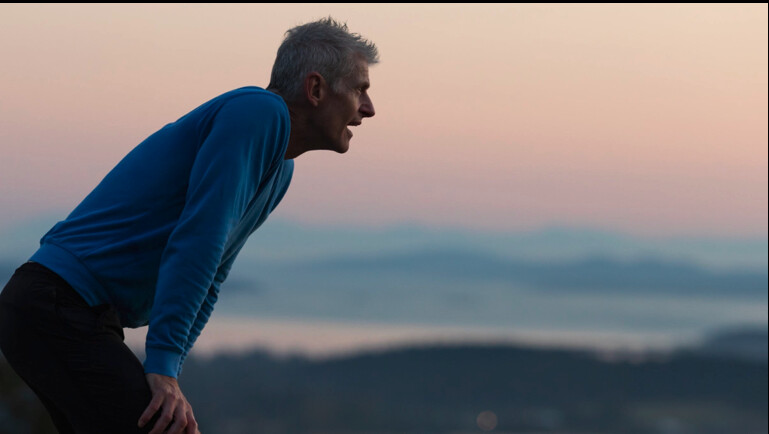
A major new review paper from Jeremy Loenneke’s research group at the University of Mississippi, published in Sports Medicine, takes on this question in the context of strength training. What, if anything, prevents us from continuing to get bigger and stronger indefinitely, assuming we’re willing to keep upping the training dose? Despite how obvious the question seems, the answers remain elusive. There are several theories, though, which offer some insight about how to push your own plateau a little higher.
The most obvious explanation for training plateaus is that you let the workouts get too easy. A few years ago, I wrote about a surprisingly effective ultra-minimalist once-a-week strength training routine. People who followed it made substantial gains in the first year or so of training, but only marginal gains thereafter. That seemed like a perfect illustration of failing to progress workout volume and difficulty. But the authors of that paper pushed back against this assumption. Data from powerlifters, they pointed out, showed similar plateau effects on a similar timeframe, even though the powerlifters were presumably following much more rigorous and sophisticated training programs.
Loenneke and his colleagues suggest four different mechanisms that might constrain maximal muscle growth. The first is that training eventually makes your muscle cells less responsive to the signals that usually trigger muscle growth. New muscle proteins are synthesized in response to various triggers including food, hormones, and the mechanical stress that strength training imposes on muscle fibers. There are various lines of evidence suggesting that well-trained people produce less new muscle protein in response to a given trigger than untrained people. No one’s entirely sure why, but the end result is that it gets progressively harder to ramp up the production of new muscle as you get fitter.
The other half of this equation is how quickly the muscle proteins you already have are being broken down. The general thinking is that this is less of a factor than how quickly you’re synthesizing new muscle protein, but one clear finding is that you break down protein at an elevated rate when you’re in caloric deficit. This doesn’t seem like a fundamental barrier, but it does suggest that getting enough calories in might be an increasing challenge as you get bigger and bigger.
The third possibility is that there’s a fundamental limit on how big muscle cells are allowed to get relative to their nuclei. The “myonuclear domain hypothesis” posits that each nucleus can only synthesize enough muscle protein to support a given cell volume. Unlike most cells in the body, muscle cells can have more than one nucleus, which enables them to get bigger with training. But the creation of new muscle cell nuclei is a complicated and poorly understood process, so it may eventually put a cap on how big a given muscle cell can get. There are also some other homeostatic mechanisms that may act to keep muscle cell size within a tight range: myostatin, for example, is a growth factor that hinders muscle growth, and whose resting levels get higher in strength-trained people.
The fourth and final mechanism is anabolic resistance, which is the gradual diminution of response to muscle-building triggers with age. This one sounds a lot like the first mechanism: less muscle-growth bang for your stimulus buck. But the difference is that it’s caused by the mere passage of time, rather than in response to prolonged strength training. There are various possible mechanisms: epigenetic changes, lower levels of sex hormones like testosterone and estrogen, insulin resistance, and so on. The idea here is that if you could magically stay 21 forever, you’d be able to keep getting bigger and stronger semi-indefinitely, but the passage of time means that the gradual accumulation of training gains is always competing with the inexorable creep of anabolic resistance.
So which is it? You’ve probably figured out by now that no one is really sure, and the answer is likely a mix of these and other factors. More research is needed. Still, it’s an interesting question, because understanding what general factors limit muscle growth might shed some light on why those limits differ so much among individuals. And it does suggest a practical takeaway: to raise your ultimate ceiling, hit the weights when you’re young, before anabolic resistance kicks in. Even if you slack off in middle age, there’s evidence that the extra cell nuclei you form when packing on muscle will stick around if you detrain and the muscle cells shrink. These dormant nuclei will make it easier to add muscle again later, a form of muscle memory that might help you defy the tyranny of age. And it’s not an all-or-nothing proposition: anabolic resistance is a long, slow process, so those of us no longer in the first flush of youth are still better able to put on muscle today than we will be tomorrow.
In practice, I’m pretty sure that most training plateaus, whether in muscle size, marathon time, or other fitness goals, don’t actually reflect some immutable biological law. We slip into comfortable routines, repeating the same workouts even though our bodies have already adapted to them. We settle for incremental goals instead of dreaming of quantum leaps. We get hurt or stressed out at work or distracted by other priorities. But there’s also some biology at work in the law of diminishing returns. Understanding that biology might eventually help us break through plateaus—or at least accept them gracefully.
by Outside Online
Login to leave a comment
Caster Semenya wins appeal at European Court of Human Rights
South African athlete was discriminated against by rules that forced her to lower her testosterone levels, according to a judgement from the ECHR
The European Court of Human Rights has ruled in favour of Caster Semenya in her appeal against World Athletics’ rules relating to testosterone levels.
Semenya has been unable to compete at her best distance of 800m since the introduction of limits by the global governing body on testosterone levels which would have forced her to use medication. Legal challenges in the past to the Court of Arbitration for Sport and the Swiss Federal Supreme Court were rejected, but the ECHR says her human rights have been violated.
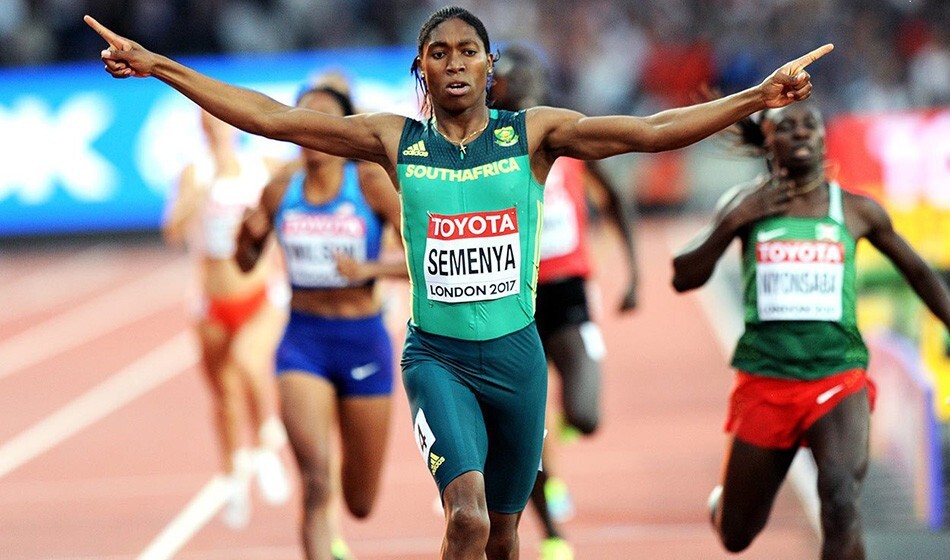
The 32-year-old was born with differences of sexual development and is not allowed to compete in events between 400m and the mile without taking drugs that reduce her testosterone levels.
In a judgement published on Tuesday (July 11), the ECHR found the Swiss government did not protect the athlete from being discriminated against when its Supreme Court refused to overturn a decision by the Court of Arbitration for Sport which upheld World Athletics’ rules governing the participation of athletes with DSD.
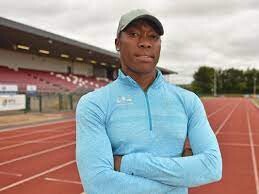
The statement read: “The Court found in particular that the applicant had not been afforded sufficient institutional and procedural safeguards in Switzerland to allow her to have her complaints examined effectively, especially since her complaints concerned substantiated and credible claims of discrimination as a result of her increased testosterone level caused by differences of sex development.”
Semenya argued that taking medication could put her health in danger and that the ruling, which prevented her defending her Olympic 800m title in 2021, denied athletes with DSD the right to rely on their natural abilities.
World Athletics says in reaction to the decision that its rules will remain in place, although the ECHR’s decision could force CAS and World Athletics to re-examine the regulations.
In a statement, the global governing body said: World Athletics notes the judgement of the deeply divided Chamber of the European Court of Human Rights (ECHR). We remain of the view that the DSD regulations are a necessary, reasonable and proportionate means of protecting fair competition in the female category as the Court of Arbitration for Sport and Swiss Federal Tribunal both found, after a detailed and expert assessment of the evidence.
“The case was filed against the state of Switzerland, rather than World Athletics. We will liaise with the Swiss Government on the next steps and, given the strong dissenting views in the decision, we will be encouraging them to seek referral of the case to the ECHR Grand Chamber for a final and definitive decision. In the meantime, the current DSD regulations, approved by the World Athletics Council in March 2023, will remain in place.”
by Athletics Weekly
Login to leave a comment
Trans athlete feels "hounded" by World Athletics after Paris 2024 dream ends
French sprinter Halba Diouf has spoken out saying she feels she is being marginalised and hounded out of sport after her dream of participating at the Paris 2024 Olympic Games ended when World Athletics banned transgender women from female competition.
The 21-year-old had been training to compete in the 200 metres event in her country's capital next year.
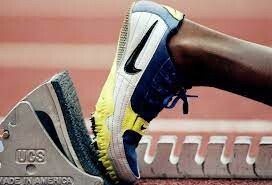
However, her hopes were dashed in March when the governing body ruled that transgender women who have gone through male puberty were not allowed to compete in women's events.
World Athletics took the decision citing a "need to protect the female category".
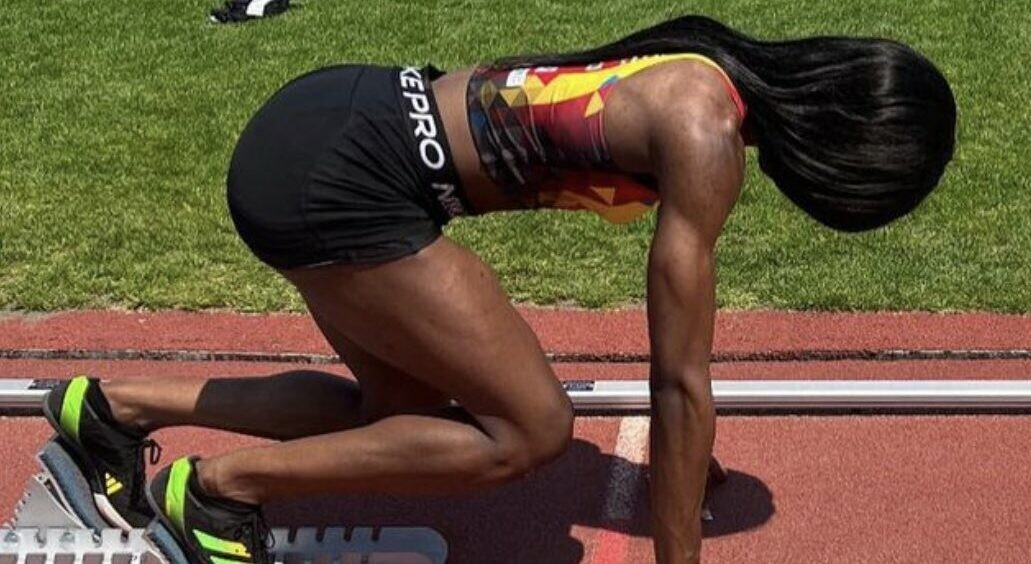
"I cannot understand this decision as transgender women have always been allowed to compete if their testosterone levels were below a certain threshold," Diouf told Reuters.
"The only safeguard transgender women have is their right to live as they wish and we are being refused that, we are being hounded - I feel marginalised because they are excluding me from competitions."
Senegalese-born Diouf arrived in France aged four before moving to Aix-en-Provence as an adult where she started hormone therapy to change sex.
Her gender transition was then recognised by French authorities in 2021.
Diouf's endocrinologist, Alain Berliner, said Diouf "is a woman, from a physiological, hormonal and legal point of view."
"Her testosterone levels are currently below those found on average in women who were born as women" he said, as reported by Reuters.
Until World Athletics introduced its new rules, transgender women and athletes with Differences in Sex Development (DSD) could take part in elite events between 400m and a mile if their testosterone levels were below five nanomoles per litre.
That was then cut by half to 2.5 nanomoles per litre and must be maintained for at least 24 months before DSD athletes can compete in female competitions.
by Owen Lloyd
Login to leave a comment
Paris 2024 Olympic Games
For this historic event, the City of Light is thinking big! Visitors will be able to watch events at top sporting venues in Paris and the Paris region, as well as at emblematic monuments in the capital visited by several millions of tourists each year. The promise of exceptional moments to experience in an exceptional setting! A great way to...
more...Olympic silver medalist Christine Mboma to undergo hormone therapy
Last week, World Athletics, the global governing body of track and field, announced new regulations to their DSD athletes competition policy, which requires all female athletes with differences of sexual development to reduce their testosterone to not more than 2.5 nmol/L for a minimum of 24 months to be allowed to compete internationally in the female category in any event. According to The Namibian, one such athlete who has achieved prominence, Tokyo 200m Olympic medallist Christine Mboma of Namibia, intends to undergo hormone therapy to continue her career in athletics.
The new rule reduces the acceptable maximum testosterone limit to half of the previous limit, for twice the length of time.

In an extensive interview with The Namibian, Mboma’s coach, Henk Botha said, “We’ve had disappointments and some obstacles in the past. There’s not a lot that we can do as Namibians, we’ll have to take this one on the chin and do our best to get Christine back on the track.”
“The one option is to stop with athletics, and the other is to go to court. Then, the third option is to reduce the levels,” said Botha. “The first two were never on our table, since we don’t have the money to go to court, and halting athletics is not something that Christine wants to do. She’s 19 and has a great career in front of her.”
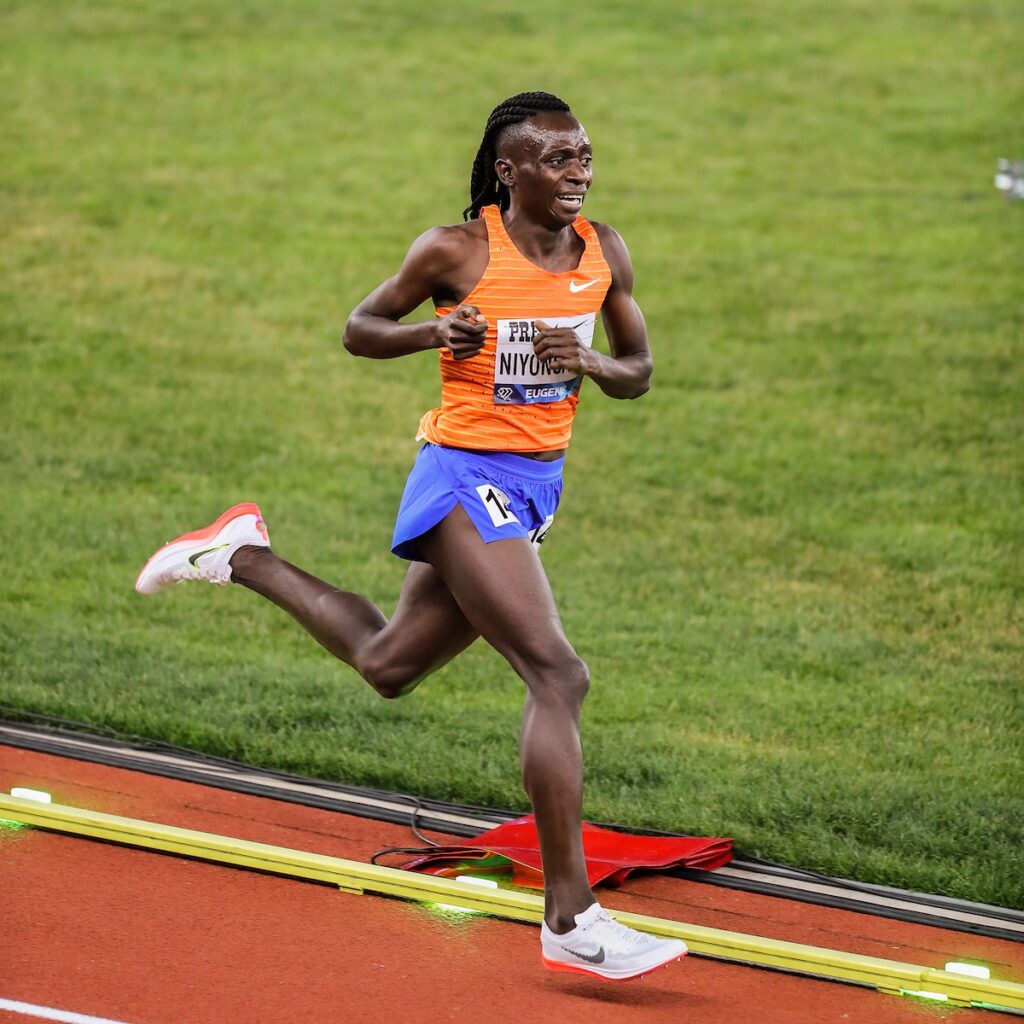
The harsh alternative DSD athletes are faced with is to quit the sport altogether.
Athletics Namibia said they fully support Mboma, describing WA’s new DSD athlete requirements as “discriminatory, unfair, stigmatizing and not safeguarding all women in sport.”
Mboma is one of five prominent DSD athletes who are or were at the top of their event in the last five years. Others are two-time Olympic 800m champion Caster Semenya, 2021 Diamond League champion and 2,000m world record holder Francine Niyonsaba, Nigeria’s Aminatou Seyni and Mboma’s Namibian compatriot, Beatrice Masilingi.
Mboma, who started her career as a 400m runner, has been forced to transition down to the 200m, due to WA limitations barring DSD athletes from racing events between the 400 and the mile.
The new rules will apply across all track events as of April 1, with all five athletes ineligible to compete under the new DSD regulations in major international competitions like the Diamond League and World Championships. All qualified athletes will be eligible for the 2024 Olympic Games provided they are able to maintain their hormone levels over the next 18 months.
Burundi’s Niyonsaba has been quiet on the World Athletics ruling, posting on her Instagram three days after the WA decision, “It’s time to build and achieve progress.” Niyonsaba took the silver medal in the women’s 800m at the Rio Olympics and has since moved up to the 5,000 and 10,000, running her first half-marathon earlier this month in Lisbon in a national record for Burundi of 68:45.
“Every athlete is built differently and has different advantages and disadvantages,” said Botha. “Instead of pointing out our differences, we should be proud that we are all different.”
Login to leave a comment
Caster Semenya’s career in danger due to new World Athletics regulation
Caster Semenya’s running career is in danger of being over after not competing at the South African championships on Thursday due to new World Athletics regulations.
Semenya had been entered in the 10 000m race that was scheduled to take place early on Thursday morning, but despite being present at the NWU McArthur Athletics Stadium in Potchefstroom, the former 800m Olympic champion watched from the sidelines as one of her training partners, Glenrose Xaba, won the gold medal in a time of 33 minutes and 2.13 seconds (33:02.13).
That was due to the change in the eligibility regulations regarding athletes who have differences of sexual development (DSD), like Semenya, which was taken by World Athletics last week.

It is the same regulations that prevented the 32-year-old athlete from participating in distances from the 400m to the mile over the last few years unless her testosterone levels are suppressed to below 2.5nmol/L for a minimum of six months, via either medication or surgery.
But the regulations now cover all distances on the track and all field events too, and the time period to reach the required testosterone levels is now 24 months instead of six, which could have a devastating effect on DSD athletes around the world.
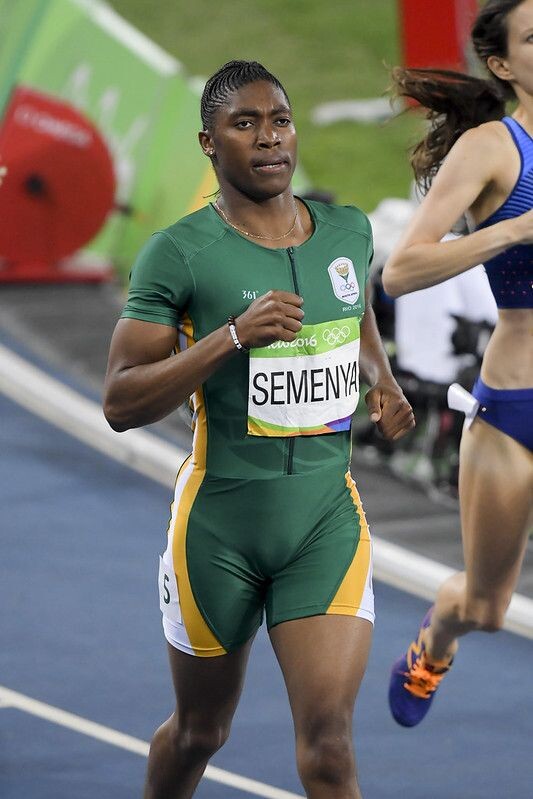
Semenya – who won 800m gold medals at the 2012 and 2016 Olympics, as well as the 2009, 2011 and 2017 world championships – has steadfastly refused to take any medical action to reach those levels, and first moved down from the 400m, 800m and 1 500m to the 200m sprint, before setting her sights on the 5 000m.
She was unable to qualify in the long-distance event for last year’s world championships in Eugene, Oregon, and appeared to be targeting the 10 000m this year after entering the national championships in that event in Potchefstroom.
The change in the regulations to include all events on the track and in the field came into effect on Friday, March 31, but while Athletics South Africa have said in a statement that they are taking legal advice on the change in the regulations, they are “duty-bound to adhere to and implement the new regulations”.
“Whilst ASA is considering the new regulations and taking legal advice thereon, in the interim, it is duty-bound to adhere to and implement the new regulations, and as such, cannot allow any of those affected athletes to participate in any world ranking competition or international events in contravention of the said regulations,” the local governing body stated.
“In this regard, ASA is still awaiting the outcome of the legal challenge lodged against the regulations, which is still to be heard and decided upon by the European Court of Human Rights.
“ASA also reaffirms its gratitude to the government of South Africa, UNHRC (UN Human Rights Commission), the WHO (World Health Organization), World Medical Association, different governments around the world, global icons and fellow national federations that have continued to rally behind this noble course of supporting the challenge against these highly discriminatory regulations.”
by Ashfak Mohamed
Login to leave a comment
World Athletics bans transgender athletes from female category
On March 23, World Athletics announced a complete ban on transgender athletes competing in the female category. No athletes who have been through male puberty will be allowed to participate in women’s events from March 31st onward.
“Transgender athletes should not be competing in the female category,” said World Athletics president Seb Coe. “Science may be insufficient, but the council agrees it must be guided by our overarching principle to protect all biological females in our sport.”
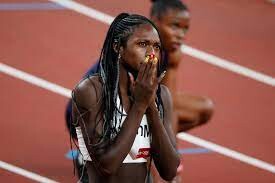
“This has not been an easy decision,” said Coe. “We entered a consultation months ago, we wanted to hear from all stakeholders, and the judgment we took was in the best interest of our sport.”
World Athletics will soon establish a transgender working group to bring data and science to the council meetings. The working group will give the World Athletics Council a better understanding of transgender athletes in our sport. Coe said he intended to appoint a trans female athlete as chair of this group.

The previous World Athletics transgender policy stated to be eligible for female competition, athletes had to keep their testosterone levels below 5 nmol/L for a 12-month period. The new ruling will bar all transgender athletes from the female category.
“It was impossible to maintain the transgender regulations for what they were,” said Coe. “A full ban on transgender athletes in the women’s category is the right approach.”
The press conference also dealt with athletes in the DSD category. More information to come.
by Marley Dickinson
Login to leave a comment
Two more Kenyans banned, Barsosio and Chebiwott land a two-year ban each over doping
The Anti-Doping Agency of Kenya (ADAK) has given athletes Stellah Barsosio and Gloria Kite Chebiwott two-year doping suspensions.
The development was announced on Monday by ADAK, whose mission is to defend athletes' fundamental rights to take part in a doping-free sport in the nation.
Chebiwott, 25, received the suspension after being found guilty of violating the World Athletics Anti-Doping Rules by utilizing an illegal drug called anabolic androgenic steroids (AAS). Her sample was obtained for analysis in May 2022.
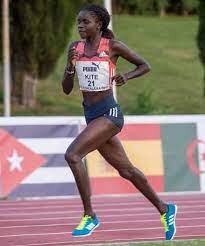
“The Tribunal notes that there’s no dispute between the athlete and the applicant that a prohibited substance S1.1. Anabolic Androgenic Steroids (AAS)/Androsterone, Adiols, Pregnanediol11-ketoetiocholanolone, Etiocholanolone (Etio), testosterone, 5a-androstanediol, and 15 epitestosterone were present in the athlete’s body and thus resulting in an AAF,” the ruling read.
The penalty for the silver medalist in the 10,000m race at the 2019 Valencia Ibercaja has been backdated to August 12, 2022, and it will remain until August 12, 2024.
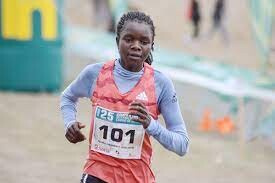
“Consequently and the discussion on merits of this case, the Tribunal imposes the following consequences: a) The period of ineligibility (non-participation in both local and international events) for the Respondent Athlete shall be for two (2) years from the date of mandatory provisional suspension that is with effect from August 12, 2022,” they ruled.
Barsosio, a former winner of the NN Marathon Rotterdam, was disqualified due to the presence of the banned chemical trimetazidine in her sample.
“Hormone and Metabolic Modulators/Trimetazidine which is prohibited under S4 of the 2022 WADA prohibited list was found in the respondent’s urine samples. This is a non-specified substance and is prohibited at all times as per the WADA Prohibited List of 2022.
"The Respondent will be ineligible (unable to participate in both national and international tournaments) for a period of two years beginning on August 17, 2022, the date of the mandatory temporary suspension, according to her decision.
Barsosio, who has five marathon victories to her credit, will have her suspension retroactively applied; it will start on August 17, 2022, and end on August 16, 2024.
The development comes exactly a month after World Athletics showered flowery words on Kenya for waging a successful war against substance abuse.
As cases of anti-doping infractions involving its athletes went overboard, member federations increased pressure on WA to enforce the rules, and the East African sports powerhouse narrowly avoided being banned.
by Tony Mballa
Login to leave a comment
Transgender athletes to be allowed to compete against women in new World Athletics rules
World Athletics is set to leave the door open for transgender athletes to compete against women at the highest level.
Sports chiefs have found themselves with a tough decision to make whether to allow male-born trans women to compete in female categories. Last year the Olympic Committee published statement which stated that 'fairness and scientific evidence' should be taken into account by international federations when devising eligibility criteria for trans athletes.

Triathlon became the first British sport to ban trans women from competing in female events instead changing the name of their men's category to 'open'. English Volleyball followed them while British Cycling banned a trans athlete competing at last year's National Omnium Championships and are completing a review of their policy.
World Athletics are yet to decide their stance in the trans athlete debate but Telegraph Sport reports that the governing body has begun a consultation with its member federations over a proposed rule change.

The change would see a tightening of regulations but fall short of banning trans women from competing in female events at the highest level.
The consultation sent to member federations says: “This preferred option would allow significant (although not full) reduction of anaerobic, aerobic performances and body composition changes, while still providing a path for eligibility of trans women and 46 XY DSD individuals to compete in the female category.”
The Telegraph states that the preferred option also includes a 'full harmonisation of its trans regulations' and those governing athletes with differences of sexual development (DSD), including Caster Semenya.
The “preferred option” would see a halving of the maximum permitted plasma testosterone for trans women from five nanomoles per litre to 2.5 nmol/L. There would also be a doubling of the period athletes must remain below that threshold before being allowed to compete from one to two years.
Athletes currently must remain below a 5nmol/L level for just six months to compete in track events from 400 metres to a mile.
It has been reported that the confidential consultation was sent to member federations amid 'strict secrecy' and presented to the governing body’s council at the end of November. A final decision will be made by the council in March.
by Benjamin Goddard
Login to leave a comment
Three more kenyan athletes banned for breaking anti-doping rules
Three Kenyan athletes have been banned for a collective period of eight years after breaking anti-doping rules.
The Athletics Integrity Unit (AIU) has banned marathon runners Alice Jepkemboi Kimutai and Johnstone Kibet Maiyo for three years, and sprinter Mark Otieno for two.
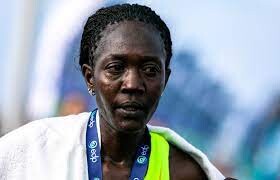
Otieno, 29, tested positive for the banned anabolic steroid Methasterone moments before the 100m heats at the Tokyo Olympic Games.
It meant he was not allowed to compete.
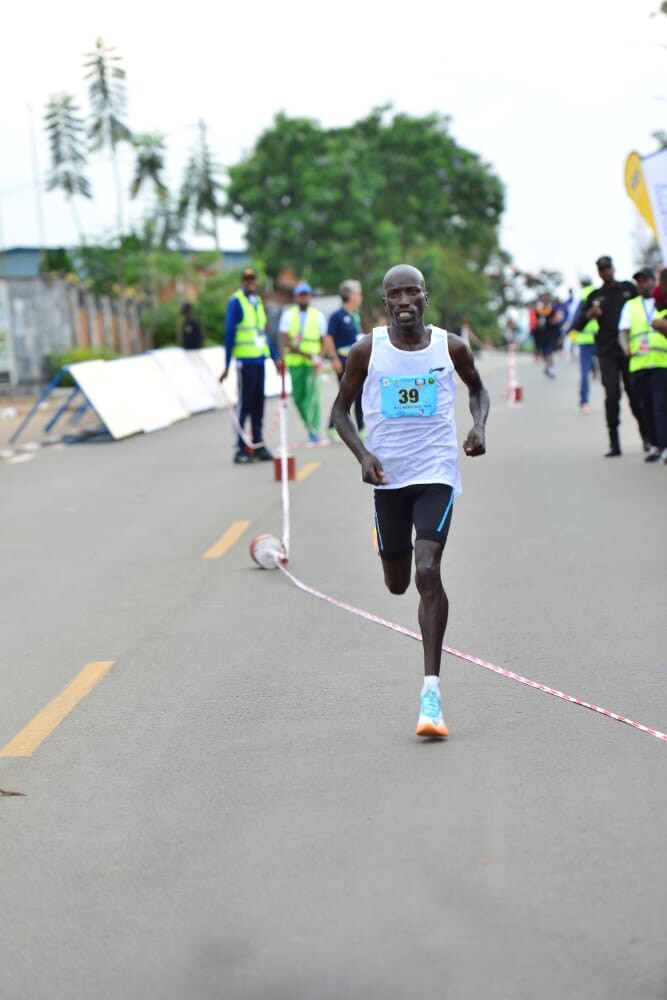
Otieno, a three-time national 100m champion, will have his ban backdated from the Games and end in July 2023.
The suspension for November's Porto marathon winner Kimutai - who tested positive for the male hormone testosterone - began on 16 November.
Maiyo's ban started on 20 July for returning a positive test for erythropoietin (EPO).
Last month the east African country avoided a sanction by governing body World Athletics - despite having 55 athletes serving suspensions - after committing to spend $25m over the next five years to combat doping.
Kenya's sports minister Ababu Namwamba then announced they intended to criminalise doping in athletics in an attempt to bring an end to a string of cases in the sport.
by BBC Sport
Login to leave a comment
Former Euro XC champ faces three year doping ban for EPO
Olympian and two-time European cross country champ Aras Kaya has been given a three-year ban for doping after testing positive for erythropoietin (EPO). EPO is a hormone that promotes red blood cell production, improving endurance.
Kaya, 28, was born in Kenya but competes for Turkey, after moving there in 2015 and receiving citizenship in 2016. He tested positive at the Brasov Running Festival 10K in Brasov, Romania in September, according to the Athletics Integrity Unit (AIU). Kaya was given a four-year ban but admitted he was at fault and opted not to fight the case, reducing his ban to three years.
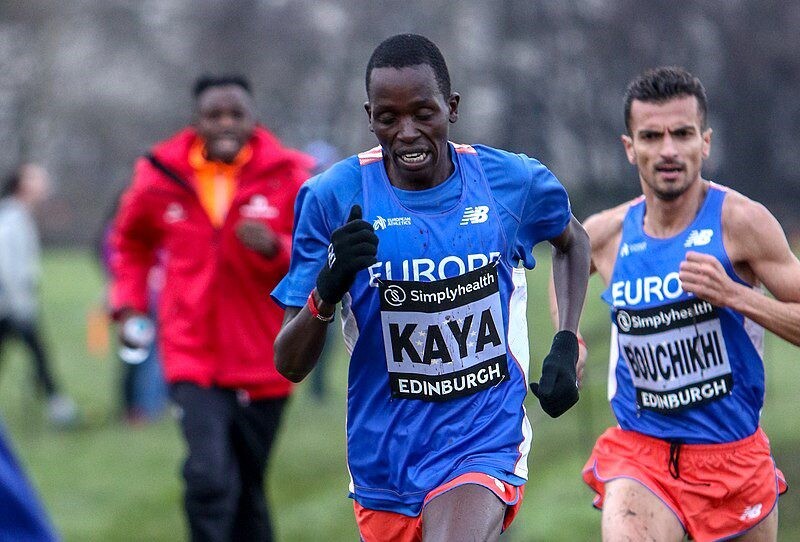
In 2021, Kaya took silver at the Euro cross country champs, runner-up to Norway’s Jakob Ingebrigtsen, and ran to bronze in 2018. He was set to run last weekend’s Euro Cross in Turin, Italy, but was a late withdrawal with his doping ban imminent, Athletics Weekly reported.
Kaya won the 2016 Euro cross country senior men’s title and took second in 2019 to Robel Fsiha of Sweden. Fsiha tested positive for artificial testosterone in 2020 and was banned for four years, elevating Kaya to the gold medal position. Kaya has a half-marathon PB of 60:51 and finished third in the 2022 European 10,000m cup.
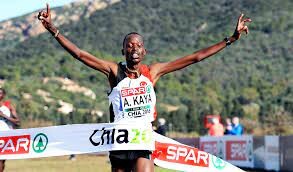
In the last year, Kaya was reported to have been in the process of receiving Russian nationalization, as he has been based in the Russian city of Kazan.
by Keeley Milne
Login to leave a comment
Western States 100 aims for inclusivity in updated policies for transgender, non-binary, and pregnant athletes
One of the oldest and most respected ultratrail races in the world has taken a further step at making their race more inclusive. On Wednesday morning, the board of Western States Endurance Run (WSER) released policy updates around transgender and non-binary entrants, as well as an updated pregnancy deferral policy.
WSER says that these new rules align with their “goal of ensuring fair and inclusive practices that respect the personal rights and dignity of transgender and nonbinary entrants while preserving the integrity of competition for awards and records.”
In October, Riley Brady became the first ever non-binary athlete to secure a golden ticket to WSER, finishing second at Javelina Jundred 100-mile race. While Ultrasigup allows runners to choose from three gender categories, it was the first time that Javelina Jundred organizers had included a non-binary division. An already urgent and important conversation about the need to expand inclusivity in ultrarunning–and inclusivity in general in the sport–became heightened after Brady’s remarkable performance.
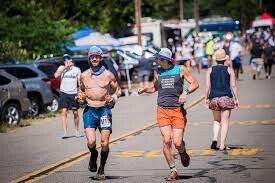
In an article Brady coauthored with coach David Roche in trailrunnermag, Brady explains: “Leading up to Javelina, I had emailed the race directors to inform them that I was seeking a Golden Ticket, which the race organization asks you to do. On my Ultrasignup page, I have indicated my gender as ‘nonbinary’ and my division as ‘female.’
As this was the first year Javelina had a non-binary division, the live results updates defaulted to the gender category. “As I understand it now, that misunderstanding may have contributed to some confusion online after the race, even as I emailed them in advance and followed the rules at every step,” shared Brady.
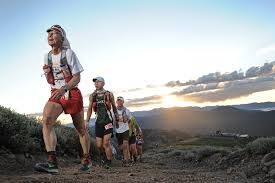
While WSER already had policies in place for transgender athletes, they have now clarified and updated those regulations, as well as added clear rules for non-binary entrants and an updated and more inclusive pregnancy deferral policy.
Updates for transgender athletes
Transgender women can register to compete in the female category, provided they have been undergoing continuous, medically supervised hormone treatment for gender transition for at least one year prior to the race, or in the male category with no restrictions.
Transgender men can register to compete in the male or female category, unless they are undergoing hormone treatment related to gender transition that includes testosterone or any other banned substance in which case they must register in the male category.
Policy for non-binary athletes
During registration all entrants will have the opportunity to select their gender category–male, female, or non-binary. Entrants who select nonbinary will also need to choose a category (male or female) for results and awards.
Non-binary entrants who are male-assigned at birth must select male as their category for results and awards, unless they meet the requirements for transgender women to compete in the female category under this policy.
Non-binary entrants who are female-assigned at birth can choose the female or male category for results and awards, unless they are undergoing hormone treatment related to gender transition that includes testosterone or any other banned substance, in which case they must select the male category.
Pregnancy deferral policy update
In order to defer a race entry due to pregnancy, entrants must submit a pregnancy entry deferral request in writing to the race director no later than one pm on the Friday before the race, as well as provide written confirmation of the pregnancy signed by a physician or medical professional.
The pregnancy deferral policy applies to anyone with a race entry who is pregnant at the time they enter the lottery and gets selected, becomes pregnant after the lottery and prior to race day regardless of how they obtained their race entry (lottery, sponsor etc.), or is an automatic entrant (top ten, golden ticket, etc.) and becomes pregnant or gives birth after obtaining their race entry and prior to race day.
by Keeley Milne
Login to leave a comment
Western States 100
The Western States ® 100-Mile Endurance Run is the world’s oldest and most prestigious 100-mile trail race. Starting in Squaw Valley, California near the site of the 1960 Winter Olympics and ending 100.2 miles later in Auburn, California, Western States, in the decades since its inception in 1974, has come to represent one of the ultimate endurance tests in the...
more...Trans female athletes: banning them from elite competition not supported by science, report says
Areview of the available literature on transgender female athletes who have taken steps to reduce their testosterone concludes there is no legitimate basis for their being banned from elite competition. “Transgender Women Athletes and Elite Sport: A Scientific Review”, commissioned by the Canadian Centre for Ethics in Sport (CCES), considered English-language scientific studies with a biomedical or sociocultural slant, as well as some “grey” (non-academic) literature published between 2011 and 2021, and focused on the science of testosterone and its effect on sports performance.
The review’s authors report there’s no evidence that trans women retain a performance benefit after 12 months of testosterone suppression. However, CCES president and CEO Paul Melia underlined the need for further research while urging that trans female athletes be included and welcomed in women’s elite and high-performance sports until the evidence shows significant harm or lack of fairness to other participants.

The review points out that there is almost no research on the performance advantage held by trans female athletes over cisgender women (those whose gender identity conforms to their birth sex) before and after HRT (hormone replacement therapy); they are presumed to have an unfair performance advantage based on studies using cis men or sedentary trans women rather than trans women athletes, and therefore the findings cannot be used to justify banning them from elite sport.
The report’s first Key Biomedical Finding states that “Biological data are severely limited, and often methodologically flawed.” The second says that “Some significant studies [on the impact of testosterone suppression] used misleading data sources and actively ignored contradictory evidence.” The third states that the available evidence shows that “trans women who have undergone testosterone suppression have no clear biological advantages over cis women in elite sport.”

The International Olympic Committee’s current guidelines on transgender women athletes, which date from 2015, require them to have suppressed their testosterone to not more than 10 nanomoles per litre for at least 12 months before competing at the Olympic Games; previous to 2015, they were required to have had sex-reassignment surgery. There was some effort to tighten the rules going into the 2020 Games by scientists who claimed the current rules were too lenient, but discussions did not result in a new policy.
The review, which was carried out by E-Alliance, a research hub for gender equity in sport led by Dr. Gretchen Kerr of the University of Toronto and Dr. Ann Pegoraro of the University of Guelph, dealt only with male-to-female transgender athletes in any sport and cautions that the results may not be applicable to non-binary or intersex athletes.
by Anne Francis
Login to leave a comment
Banned Ujah blames Amazon supplement for positive drugs test
Banned British sprinter CJ Ujah says a “convenient” £10 supplement bought from Amazon caused him to test positive for two prohibited substances at the Tokyo Olympics.
Ujah has been handed a backdated 22-month ban but cleared of intentionally taking prohibited drugs by the Athletics Integrity Unit (AIU) and World Anti-Doping Agency (Wada). Britain was stripped of its Olympic men’s 4x100m silver medal after he tested positive for Ostarine and S-23 at the 2021 Games.
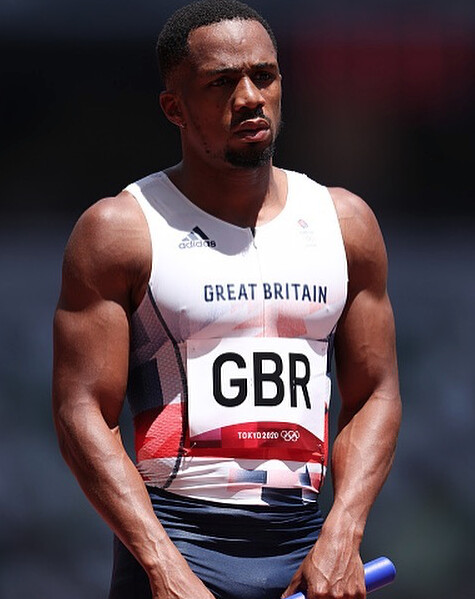
Speaking to the Guardian, 28-year-old Ujah said he had become “complacent” during the Covid-19 lockdowns.
“During the pandemic I relied a lot on Amazon, rather than using the people and resources around me,” he said. “It was just convenient, with next-day delivery. And I didn’t think anything was wrong with it.”
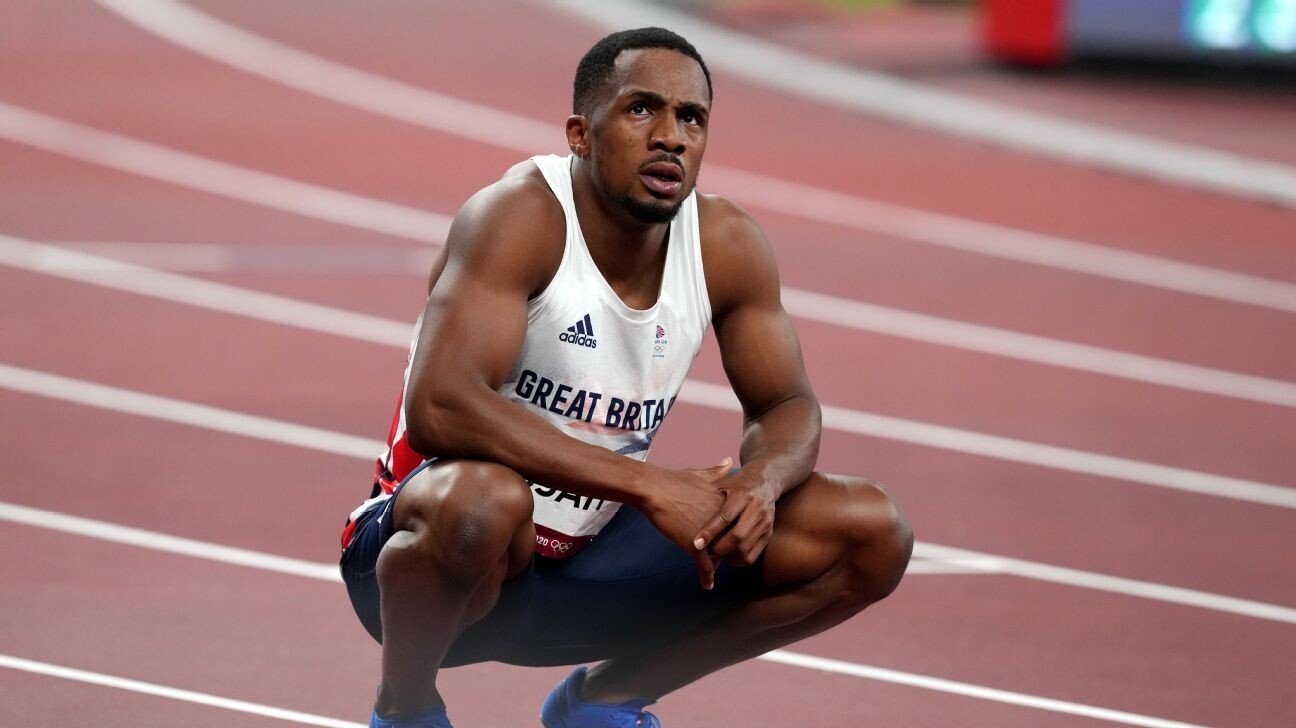
Ujah said he had been taking the supplement beta alanine for “weeks” before the Olympics, but did not know they were contaminated with trace amounts of Ostarine and S-23. He said his final drugs test before the Olympics was May 2021.
Beta alanine, a naturally occurring amino acid, is legal under Wada rules, but Ostarine and S-23 are selective androgen receptor modulators (Sarms) and the UK Anti-Doping website states Ostarine is a drug designed to have similar effects to testosterone.
“You know what? I wish I had been tested right before the Olympics, so that I never went,” he said. “That way, I would never have put these other three guys, my team-mates, through what they went through as well as myself.”
Ujah apologised to his 4x100m relay team-mates Zharnel Hughes, Richard Kilty and Nethaneel Mitchell-Blake, after Britain was stripped of a medal at a summer or winter Games for only the third time.
His ban is backdated to August 6, 2021 and will end on June 5, 2023, which would permit him to compete at August’s World Championships in Budapest if selected. UK Athletics (UKA) expressed its “extreme disappointment, frustration and sadness” towards the actions of Ujah.
The athlete has said he no longer takes supplements as he bids to “prove himself more than ever”.
“I don’t take anything,” he said. “In the future, I’m going to look to get everything from natural foods. Because I’m scared. I was even scared at one point to take paracetamol. You just become frightened of putting anything in your body.”
AIU head Brett Clothier said: “Taking supplements is risky for athletes as they can be contaminated or even adulterated with prohibited substances. Athletes owe it to their fellow competitors to be 100 per cent certain before putting anything into their body. If there’s the slightest doubt, leave it out.”
by BBC Sport
Login to leave a comment
Tokyo 2020 Olympic Games
Fifty-six years after having organized the Olympic Games, the Japanese capital will be hosting a Summer edition for the second time, originally scheduled from July 24 to August 9, 2020, the games were postponed due to coronavirus outbreak, the postponed Tokyo Olympics will be held from July 23 to August 8 in 2021, according to the International Olympic Committee decision. ...
more...Kenyan marathon runner Philemon Kacheran Lokedi has been banned for three years
Kenyan marathon runner Philemon Kacheran Lokedi has been banned for three years by the Athletics Integrity Unit (AIU) after testing positive for testosterone and its metabolites "with exogenous origin".
Kacheran was provisionally suspended on July 8 in relation to an out-of-competition sample provided in Kapenguria in Kenya on April 27, meaning he missed the Birmingham 2022 Commonwealth Games.
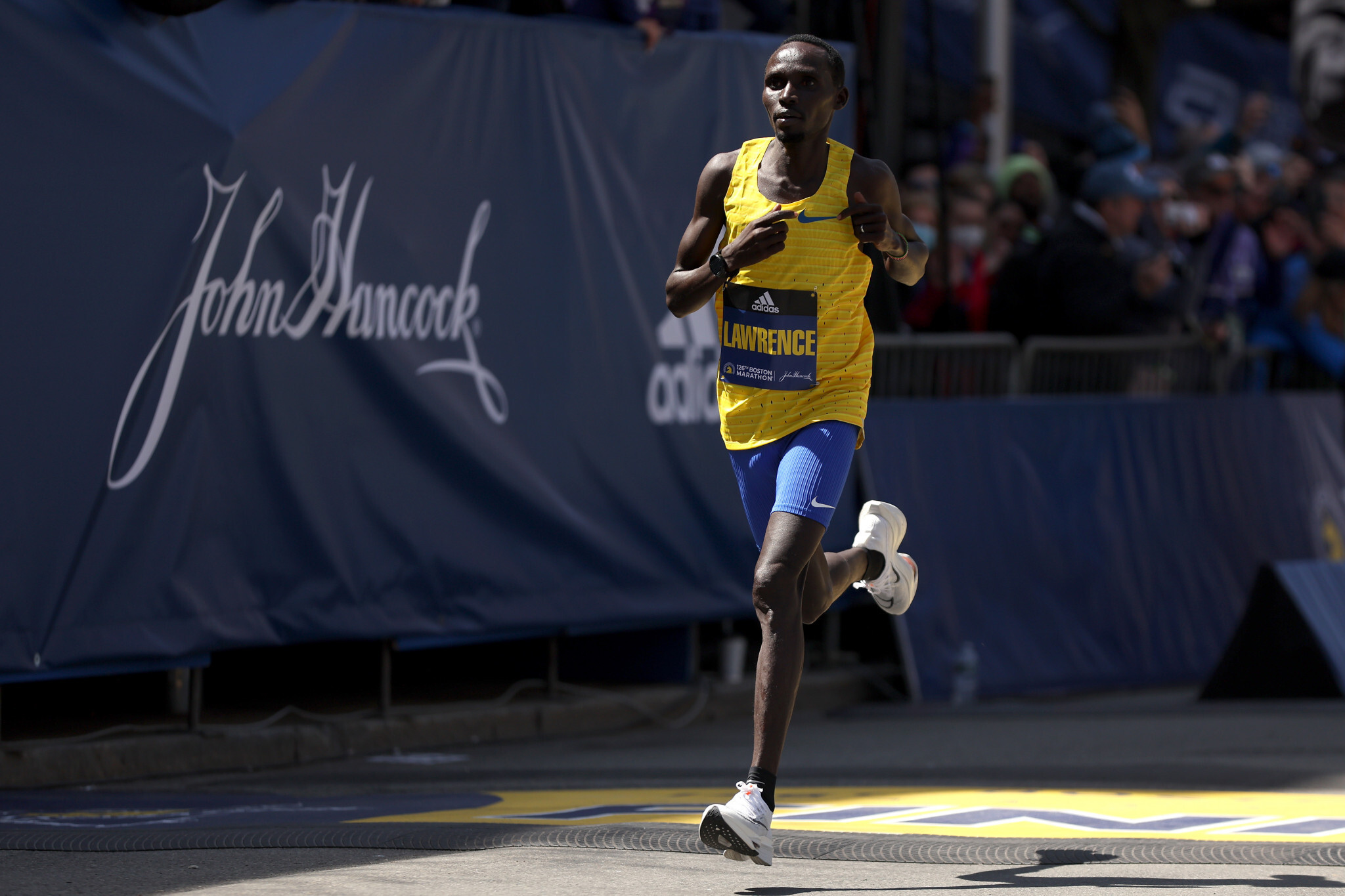
He had faced a four-year ban for his offence under World Athletics' anti-doping rules, but this was reduced to three years by the AIU due to an "early admission and acceptance of sanction".
The sanctions apply from July 8, the date of Kacheran's provisional suspension.
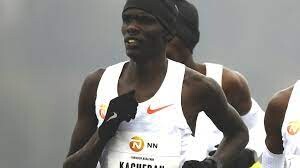
The World Anti-Doping Agency and Anti-Doping Agency of Kenya have a right to appeal against the decision to the Court of Arbitration for Sport in Lausanne.
Kacheran ran a personal best 2 hours 5min 19sec to finish third in the Valencia Marathon last December.
He had finished fourth in the Enschede Marathon and sixth in the Berlin Marathon earlier that year.
In April of this year, he clocked 2:10:12 to finish eighth in the Rotterdam Marathon.
In 2019, he served as a pacemaker for the successful sub-two-hour marathon attempt by compatriot Eliud Kipchoge.
Kacheran is the ninth athlete from Kenya to be banned by the AIU since the start of July, with the others including the winner of the 2019 Boston and Chicago Marathons Lawrence Cherono.
The AIU has also today provisionally suspended Kenyan athlete Mark Kangogo for the use of prohibited substances norandrosterone and triamcinolone acetonide, although he has not competed in a World Athletics-sanctioned event since 2019.
Kenya is one of seven Category A nations deemed by the AIU to have the highest doping risk and threaten the overall integrity of the sport.
by Patrick Burke
Login to leave a comment
Kenyan runner Wambui banned for seven years over positive test and cover-up
Kenyan runner Tabitha Gichia Wambui has been banned from competition for seven years after testing positive for norandrosterone and tampering with the anti-doping process.
Wambui argued that she was injected with the testosterone booster at hospital where she was being treated for "a headache and general body weakness".
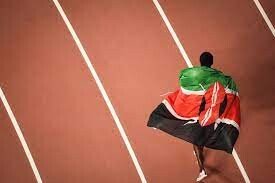
However, an investigation from the Anti-Doping Agency of Kenya showed that the 37-year-old did not attend the hospital on the same dates as her medical reports stated and the hospital also had no record of the outpatient number on the documents the athlete submitted.
This attempted cover-up resulted in the tampering charge, which Wambui later admitted.
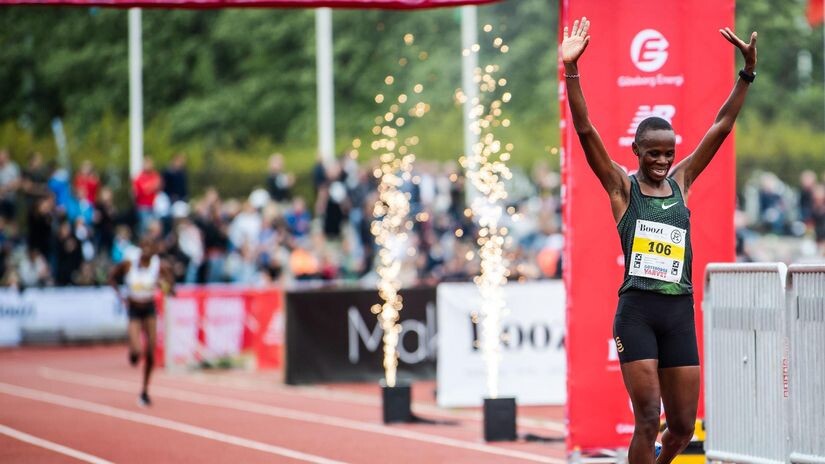
The athlete was banned for four years for the failed test and four for tampering, with one year removed from the overall sanction because Wambui was judged to have admitted the offences early and accepted the sanction.
The beginning of Wambui's ban is backdated to September 19 2021 and all of her results from that date have been disqualified, including victory at the Poznań Half Marathon in Poland on October 17 last year.
All titles, medals, points, prizes and appearance money must also be forfeited by the Kenyan from this period.
September 19 was the date that her first urine sample was taken, in-competition at the Copenhagen Half Marathon, before a second sample was collected at the race in Poland.
The following day, the WADA-accredited laboratory in Oslo reported an adverse analytical finding for norandrosterone in the first sample.
Norandrosterone is a World Anti-Doping Agency (WADA) non-specified substance as it is a product of nandrolone, an anabolic androgenic steroid.
Wambui's ban comes just a month after her compatriot Lawrence Cherono, the eighth-fastest marathon runner of all time, was banned from competing at the World Athletics Championships in the United States.
Cherono had tested positive for trimetazidine which can be used medically to prevent angina attacks.
It was also the same drug the Russian figure skater Kamila Valieva tested positive for before the Beijing 2022 Winter Olympic Games.
Kenya is one of seven Category A nations deemed by the Athletics Integrity Unit (AIU) to have the highest doping risk and threaten the overall integrity of the sport, along with Bahrain, Belarus, Ethiopia, Morocco, Nigeria and Ukraine.
There are currently 49 Kenyan athletes listed as banned in the AIU database.
by Owen Lloyd
Login to leave a comment
Workouts to boost your running performance
Pairing your usual run with another workout can make both elements more effective – as long as you’re careful to make the right match. When you add strides to an easy run or do strength training after a speed workout, the ultimate benefit can equal more than merely the sum of the workouts’ parts.
However, it’s important to be strategic. Stacking two workouts together for quantity’s sake isn’t the goal. Instead, you want the two to complement each other, the way fine wine enhances a steak. Here are four runs paired with something extra that can help you reap more benefits from every session.
1/ Long run + gentle yoga

Coach and US Olympian Ryan Bolton says it can be hard to unwind after a long run, but doing so is crucial for the recovery process. One study found that after 2.5 hours of running, athletes had elevated levels of the stress hormone cortisol, which can suppress your immune function. Yoga and meditation can help bring cortisol levels back down.
Do it: Directly after you run, refuel and rehydrate. Later in the day, make time for light yoga, meditation or a massage. If you choose yoga, focus more on moving and breathing than deep stretches.

2/ Hill sprints + tempo miles
Ever had someone fly past you in the last mile of a race? To have what that runner has, you need to do workouts that demand you stick with them even after fatigue sets in. To build late-race strength, Bolton has his elites do hard hill repeats followed by short tempo runs.
Do it: Bolton suggests doing six to 10 sprints up an 80-100m hill. Run the repeats as hard as possible, recovering by jogging slowly back down. After your last hill, head straight into two to three miles of tempo work at your half-marathon race pace.
3/ Easy run + strides
The point of recovery days is to run easy, but maybe not for the whole time. Eric Orton, running coach and author of The Cool Impossible, says he has his runners finish easy runs with strides – short efforts where you build speed over 50-100m. ‘It flushes out the legs just like a massage,’ he says. Research shows that athletes clear blood lactate faster with high-intensity work versus slower recovery jogging.
Do it: After an easy run, do six or seven strides: start slowly, building speed over 100m. Once you reach a hard pace, slow down, recover and repeat.
4/ Speed + strength training
Doubling may help you fit in all your workouts (and rest days). ‘If I give an athlete a strength-training workout and a quality run on Tuesday, then Wednesday can be a real recovery day,’ says Orton. Do whichever workout is more important first; that’s usually speedwork. A 2012 study found athletes who did aerobic followed by strength training had elevated levels of acute testosterone, which can help with muscle repair.
Do it: Run, then do your strength work, immediately afterwards or later in the day. Focus on strength moves (e.g. lunges). Save the next day for easy active recovery.
by Ac Shilton
Login to leave a comment
Caster Semenya unnoticed at World Championships The South African Olympic champion fails to advance in the 5,000 meters in Oregon – her first major international competition since 2017
How many times had South Africa’s Caster Semenya charged onto the Hayward Field homestretch seemingly in a different race than the rest of the pack, the sport’s most storied stadium rocking as Semenya raced into the deafening roar?
How many times had American track and field’s most knowledgeable fans, most passionate crowd stood in appreciation of the two-time Olympic, three-time World 800-meter champion?
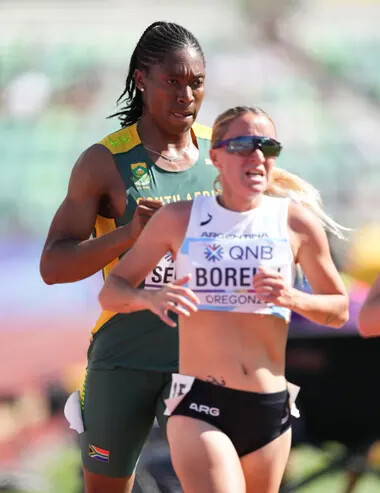
On a scalding hot afternoon at the World Championships on Wednesday, Semenya labored through the final meters of her 5,000-meter heat in front of a half-empty stadium, largely ignored or unnoticed even in a place that calls itself Tracktown U.S.A.
Semenya, one of the most compelling and controversial athletes of her generation, has fallen so far off the sport’s radar since 2019 that the most well-known of her fellow competitors on Wednesday didn’t even realize she was in the competition.
“Caster?” asked Sifan Hassan, the Olympic 5,000 and 10,000 champion from the Netherlands, who ran in a later heat on Wednesday.
“Caster Semenya ran the 5,000?” Hassan asked again. “ I had no idea. I didn’t even know she was here. Did she make it?”
Semenya, running in her first major international competition since winning the 2017 Worlds 800 title, did not advance to the final, finishing 13th in her heat, running 15 minutes, 46.12 seconds, nearly a minute off the winning time of Gudaf Tsegay of Ethiopia (14:52.69).

“Cooking,” Semenya said after the race, referring to the heat. She declined to answer reporters’ questions.
Under different circumstances, the sport would be obsessing over the prospect of a showdown between Semenya, 31, and Athing Mu, the 20-year-old Olympic champion from the U.S. in Sunday’s 800 final and whether the pair could challenge the world record of 1:53.28 that was set by Czechoslovakia’s Jarmila Kratochvilova in 1983.
Instead, Semenya, who was assigned female at birth, raised as a girl and identifies as a woman has not raced the 800 in meets sanctioned by World Athletics, the sport’s international governing body, because of her refusal to submit to the organization’s guidelines regarding intersex athletes.
Under the World Athletics guidelines athletes in events from the 400 to the mile – in other words, Semenya’s events – are required to take hormone suppressing drugs to reduce their testosterone to below 5 nanomoles per liter for at least six months before being allowed to compete internationally.
Semenya has an intersex condition called Differences in Sexual Development (DSD) or 46, XY that because of differences in sex development that causes male and female traits and a testosterone level higher than the typical female range. She is not transgender.
“I am a woman and I am a world-class athlete,” Semenya said in 2019, shortly before the Prefontaine Classic, her final 800. “The IAAF will not drug me or stop me from being who I am.”
Semenya had found herself unwittingly in the center of controversy almost from the moment she emerged on the world stage a decade earlier.
She won her first Worlds title in 2009 as an 18-year-old, a victory that prompted Russia’s Mariya Savinova to suggest the South African was a man.
“Just look at her,” Savinova said.
While the results of Semenya’s sex test were supposed to be confidential they were leaked to Australia’s Daily Telegraph. Semenya has internal testes but no ovaries or womb, the newspaper reported quoting the test report.
“She is a woman, but maybe not 100 percent,” IAAF secretary general Pierre Weiss said at the time, doing nothing to discourage the headline writers at New York’s Daily News who blared that the World champion “is a woman … and a man.”
Semenya began taking a hormone suppressant drug. She finished second to Savinova at both the 2011 Worlds and 2012 Olympics.
“The IAAF used me in the past as a human guinea pig to experiment with how the medication they required me to take would affect my testosterone levels,” she said in 2019. “Even though the hormonal drugs made me feel constantly sick the IAAF now wants to enforce even stricter thresholds with unknown health consequences.
“I will not allow the IAAF to use me and my body again. But I am concerned that other female athletes will feel compelled to let the IAAF drug them and test the effectiveness and negative health effects of different hormonal drugs. This cannot be allowed to happen.”
Semenya was awarded the 2012 Olympic gold medal in 2017, two years after the World Anti-Doping Agency recommended that Savinova receive a lifetime ban for doping and her results dating to July 2010 be disqualified.
Given the event’s suspect history, the irony of World Athletics now demanding she dope to level the playing field is not lost on Semenya.
“I’m not going to do that,” she told the Orange County Register after the 2019 Prefontaine meet. “I’m a very clean athlete. I believe in the clean sport. I believe in the equal opportunities. At the end of the day, this is a woman’s sport, this is a man’s sport. If they’re going come (at) me with that nonsense then why do you lead?”
Semenya challenged World Athletics guidelines with the Court of Arbitration for Sport. A three-member CAS panel in June 2019 said the World Athletics policy was “discriminatory” toward athletes with DSD but two of the panel members, nevertheless agreed with the World Athletics that policy was “necessary, reasonable and proportionate” to counter advantages DSD athletes have over other female competitors. Semenya and other female athletes with DSD should be considered “biological males” World Athletics told CAS.
Switzerland’s Supreme Court rejected Semenya’s appeal in September 2020. She filed an appeal with the European Court of Human Rights in February 2021.
While Semenya fell short in her bid to reach the Olympic 200-meter qualifying standard last year, the success of other intersex athletes has raised further questions about the World Athletics policy.
by Scott Reid
Login to leave a comment
World Athletics Championships Budapest23
Budapest is a true capital of sports, which is one of the reasons why the World Athletics Championships Budapest 2023 is in the right place here. Here are some of the most important world athletics events and venues where we have witnessed moments of sporting history. Throughout the 125-year history of Hungarian athletics, the country and Budapest have hosted numerous...
more...Caster Semenya to make surprise comeback at world championships
Caster Semenya is listed to compete at next week's world championships in Oregon, potentially setting up a surprise return to the big stage for the two-time Olympic champion and one of the most contentious athletes.
Semenya was listed on Friday for the women's 5000m, an event she has turned to after being banned from running in her favorite 800m race by track and field's testosterone regulations.
Semenya's inclusion on a competitor list released by World Athletics was unexpected after she didn't make the qualifying time for the 5000 and was not included in the South Africa team for the worlds named this week.
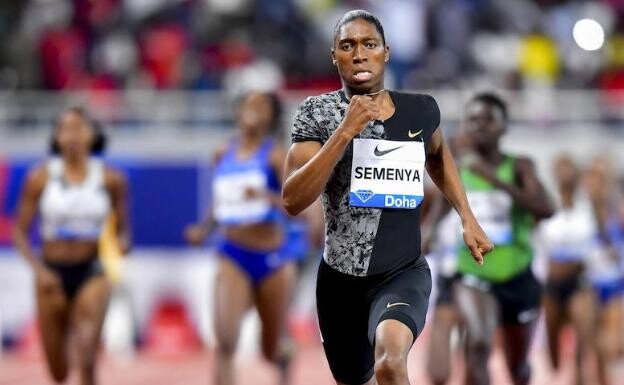
NBC reported that Semenya was moved up onto the list for the worlds after some higher-ranked runners didn't enter the championships. South Africa's track federation and Semenya's representatives didn't immediately respond to requests for clarification.
If she runs, it will be the first time Semenya has appeared at a world championships or Olympics since 2017, when she won her third world title in the 800. She also has two Olympic golds over two laps but has been barred from running in races from 400m to one mile since 2019 under rules that bar women who have an intersex condition called 46,XY difference in sex development.
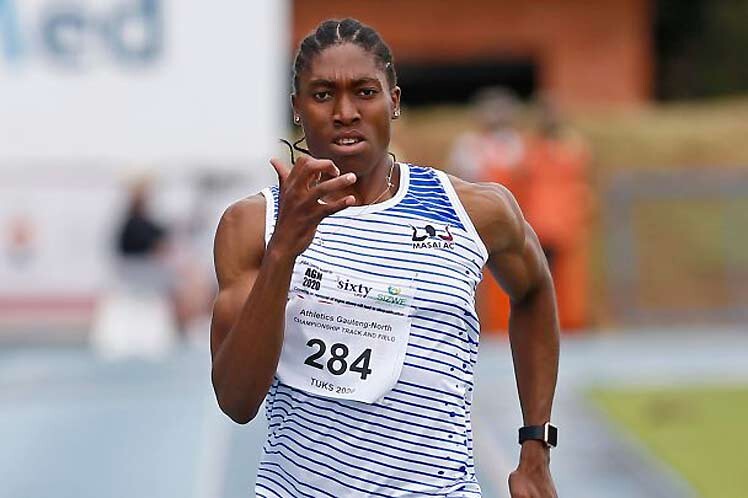
Semenya has twice gone to court to appeal against the rules but has lost both cases. She is pursuing a third appeal at the European Court of Human Rights.
Semenya's appearance at a worlds would also come just as athletics authorities are considering changes to their DSD regulations that might go so far as to completely exclude women athletes with 46,XY DSD and high natural testosterone from all female events at major meets.
Semenya was assigned female at birth, raised as a girl and identifies as a woman. She has never publicly identified herself as intersex – that is, having both male and female traits – or as having the 46,XY DSD condition.
However, she essentially acknowledged having the condition by appealing the DSD rules at the Court of Arbitration for Sport in 2018. Semenya has publicly acknowledged having high natural testosterone but has declined to submit to the DSD rules that state she must undergo treatment to suppress her natural hormone levels to below a specific threshold if she wants to compete in the 800m.
by Gerald Imray
Login to leave a comment
World Athletics Championships Budapest23
Budapest is a true capital of sports, which is one of the reasons why the World Athletics Championships Budapest 2023 is in the right place here. Here are some of the most important world athletics events and venues where we have witnessed moments of sporting history. Throughout the 125-year history of Hungarian athletics, the country and Budapest have hosted numerous...
more...The integrity of women’s sport is really important here, and we can not have a generation of young girls thinking there is not a future for them in the sport says Sebastian Coe
World Athletics president Sebastian Coe has stated that the global athletics governing body will look at their rules concerning the inclusion of transgender athletes in female events at a Council meeting toward the end of this year.
This statement comes days after the International Swimming Federation (FINA), swimming’s governing body, voted to stop trans female athletes from competing in women’s elite races if they have gone through any part of the gender transformation process after puberty or age 12. FINA also stated that they will establish an open category in some events for swimmers whose gender identity is different than their birth sex.
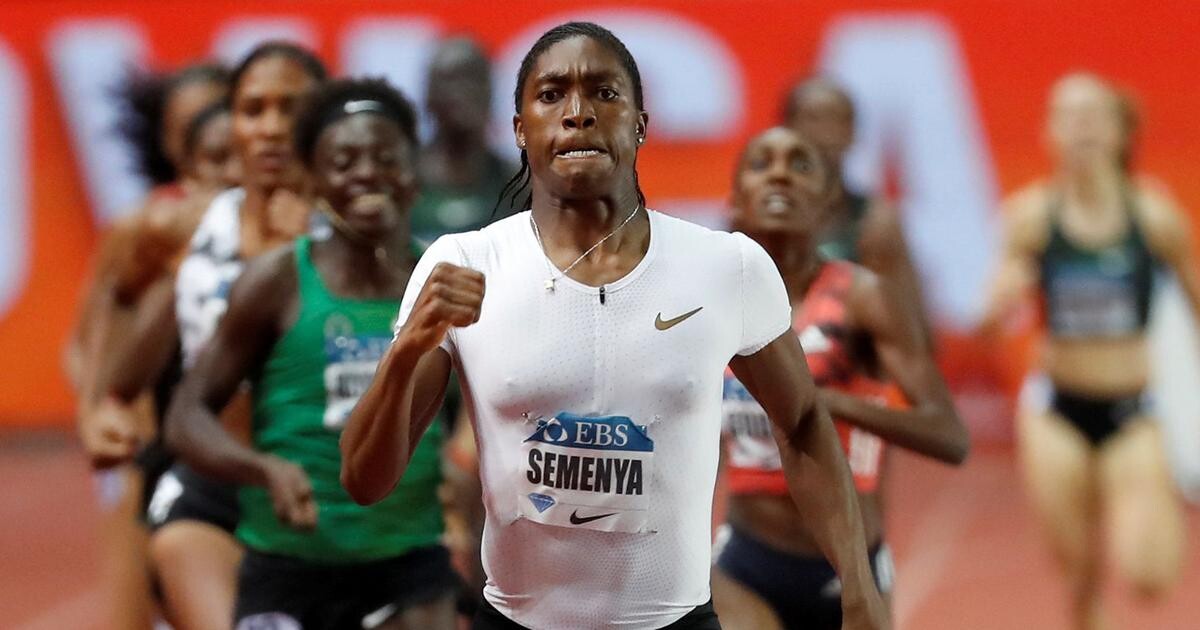
(Photo - Caster Semenya is a woman and a man. The South African champ has no womb or ovaries and her testosterone levels are more than three times higher than those of a normal female, according to reports.)
Transgender rights have become a major talking point in sports in an effort to balance inclusivity with ensuring they do not have an unfair advantage arising from the residual effects of puberty.
The debate intensified this year after University of Pennsylvania swimmer Lia Thomas became the first transgender NCAA champion in history, winning the women’s 500-yard freestyle.
In an interview with BBC Sport, Coe, a two-time Olympic 800m champion, outlined his support for the recent measures taken by FINA.
“The integrity of women’s sport is really, really important here, and we can’t have a generation of young girls thinking there is not a future for them in the sport. So we have a responsibility…maintaining the primacy and the integrity of female competition is absolutely vital, and that’s why we were at the forefront of tabling those regulations that allow as close as you can get to a level playing field,” says Coe.

Coe on FINA’s ruling:
“This is as it should be. We have always believed that biology trumps gender and we will continue to review our regulations in line with this. We will follow the science.”
FINA’s new guideline means that Thomas, who has expressed a desire to compete for Team U.S.A. at the Paris Olympics, is now blocked from participating in the women’s category at the Games. There have been talks to establish an “open” category at world championships for athletes whose gender identity is different than their assigned gender at birth.
The current World Athletics guideline from 2018 states that transgender women can compete in the women’s category if they reduce their testosterone levels to below five nanomoles per litre for at least 12 months before competing.
“We continue to study, research and contribute to the growing body of evidence that testosterone is a key determinant in performance, and have scheduled a discussion on our regulations with our council at the end of the year,” says Coe.
International sports federations may set their own policies but will be subject to World Athletics and IOC rules when it comes to sending athletes to the World Championships and Olympic Games.
by Running Magazine
Login to leave a comment








